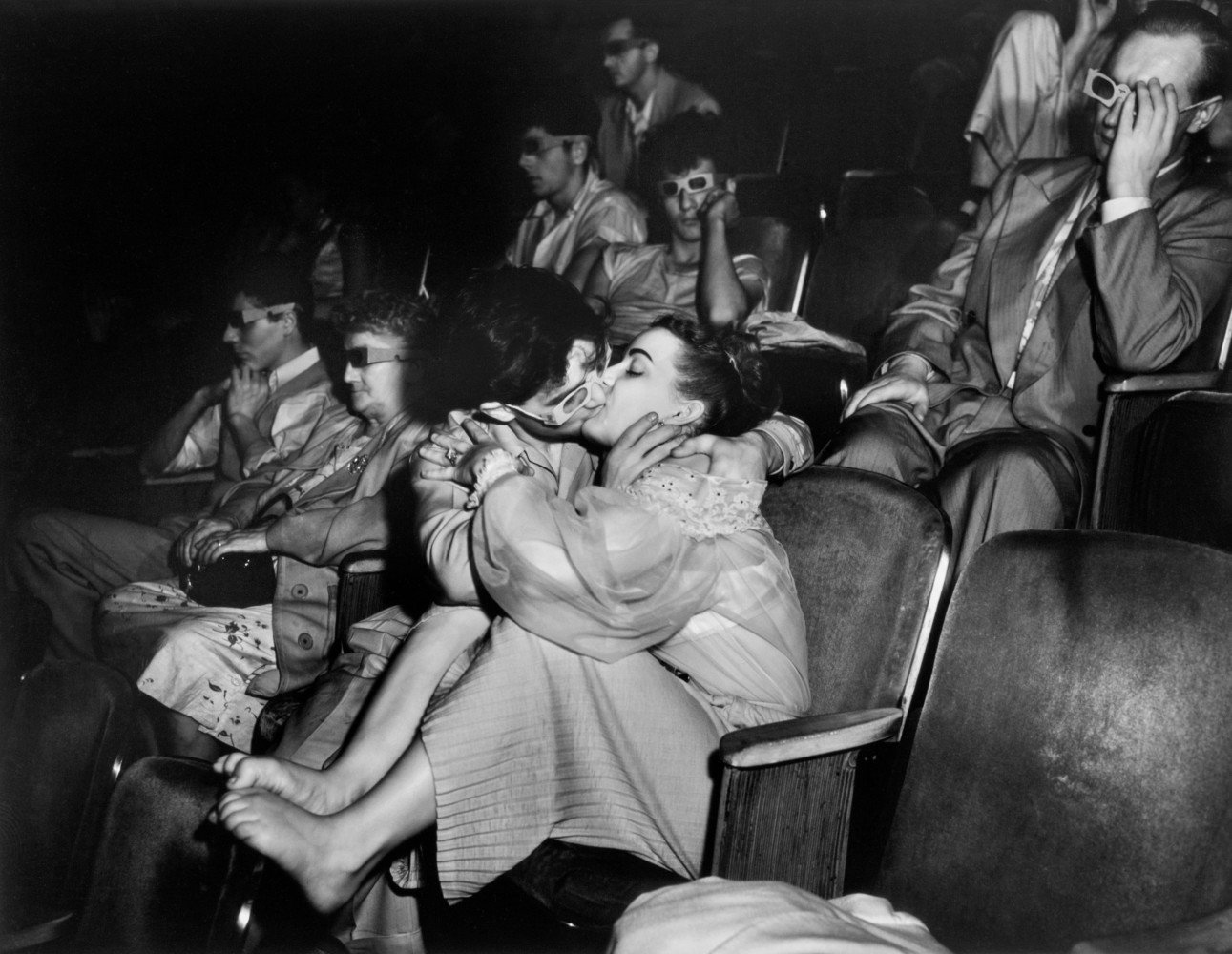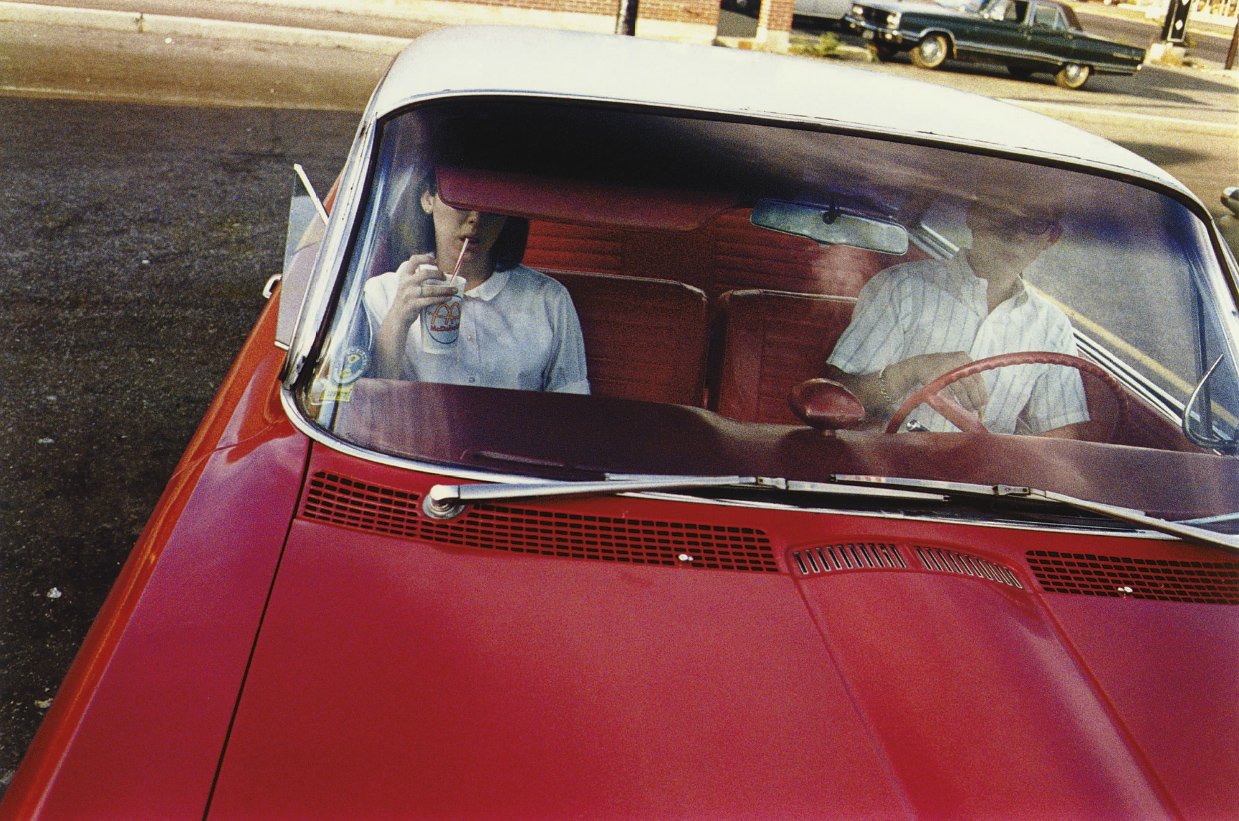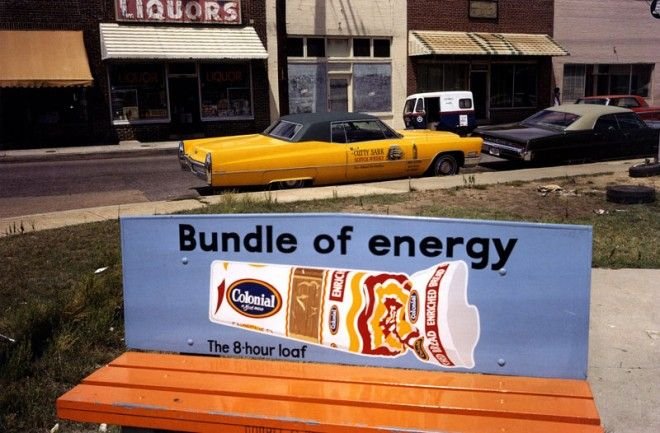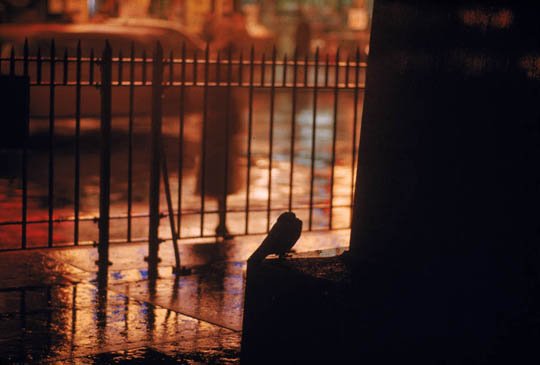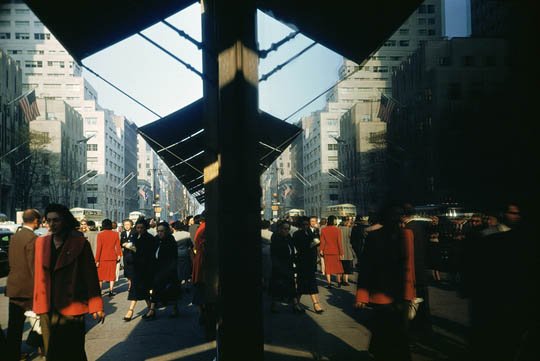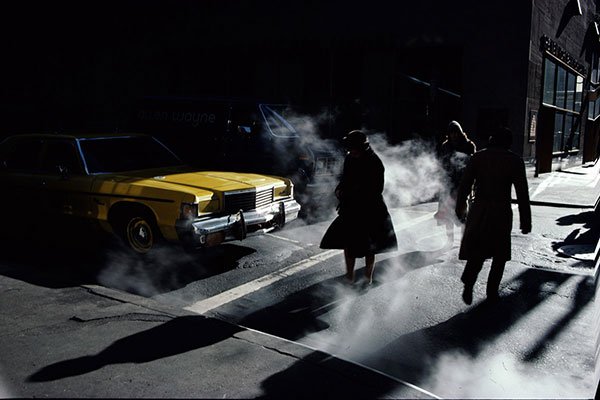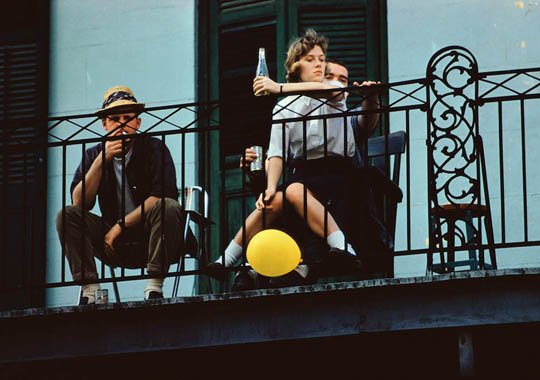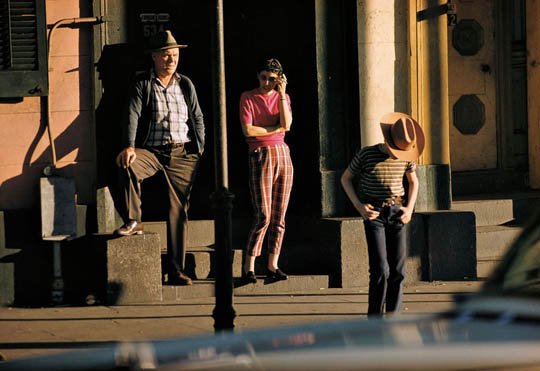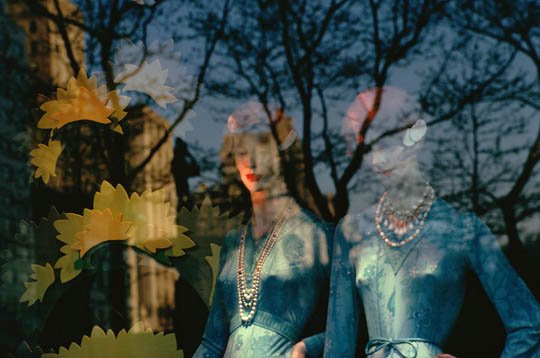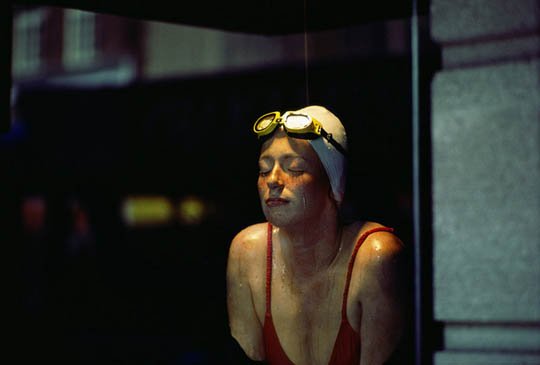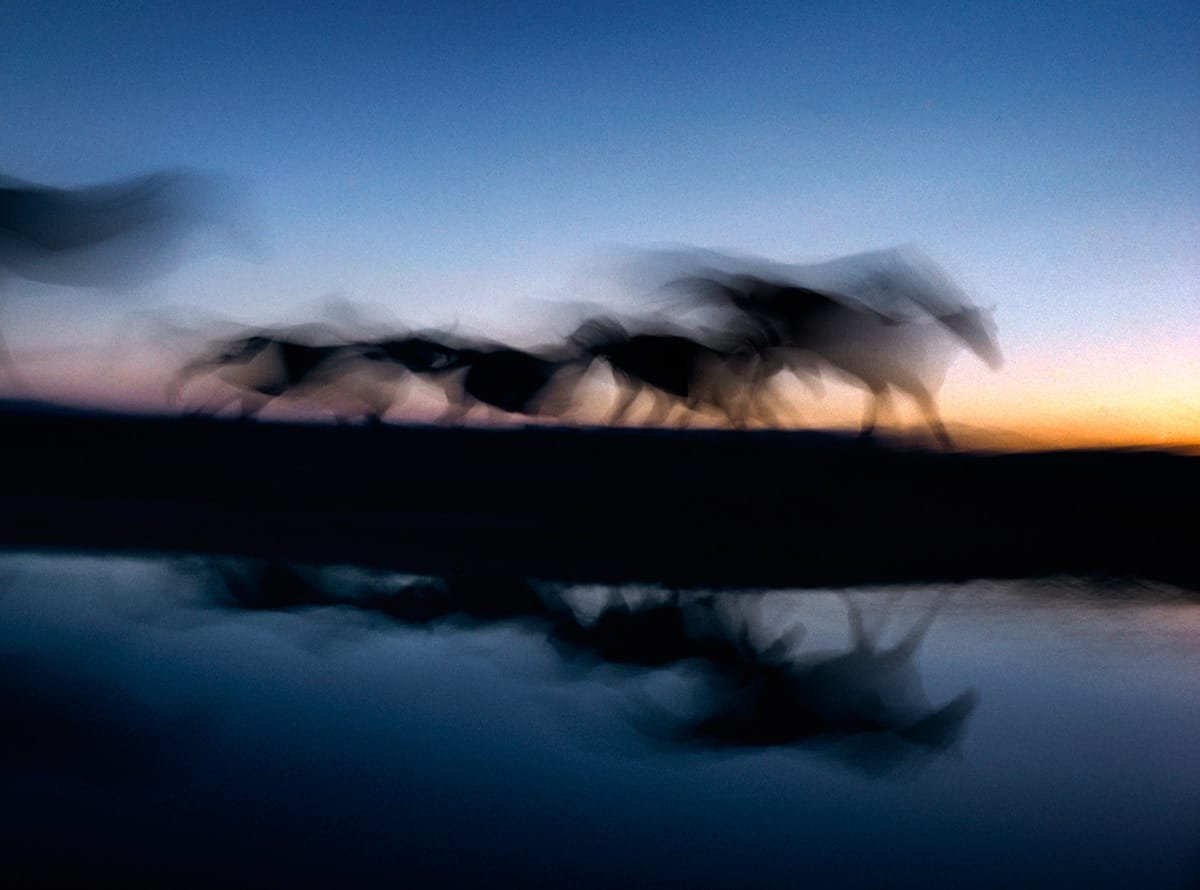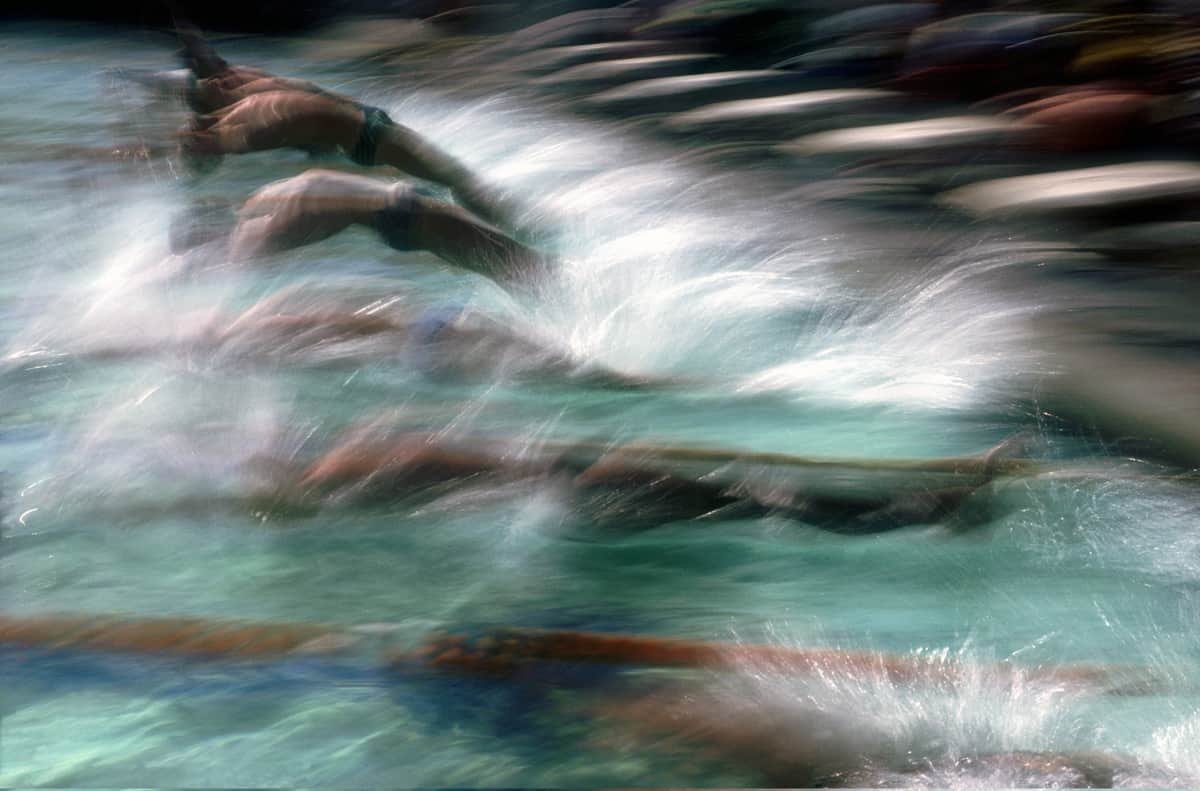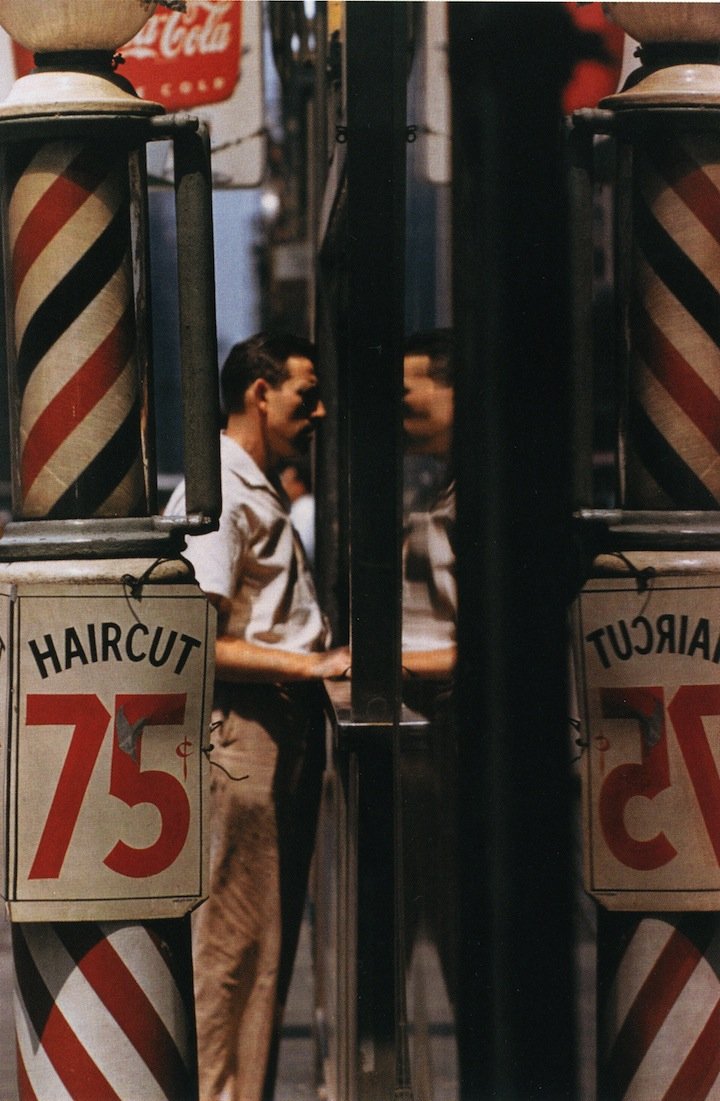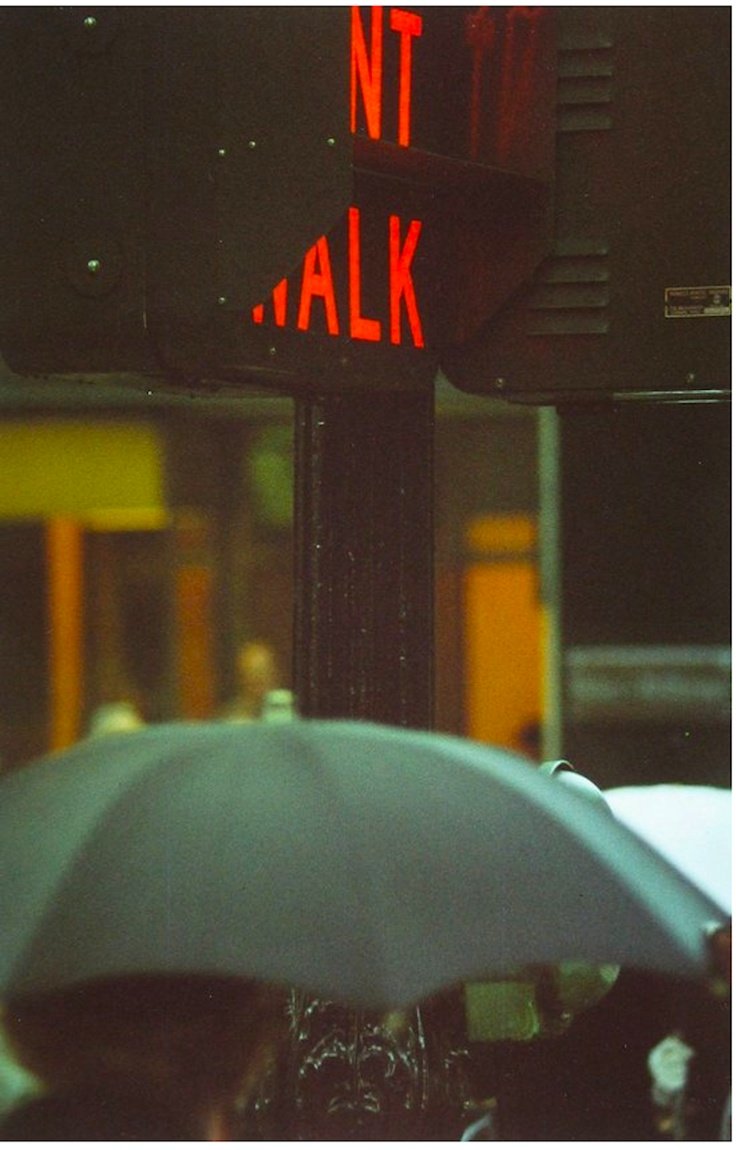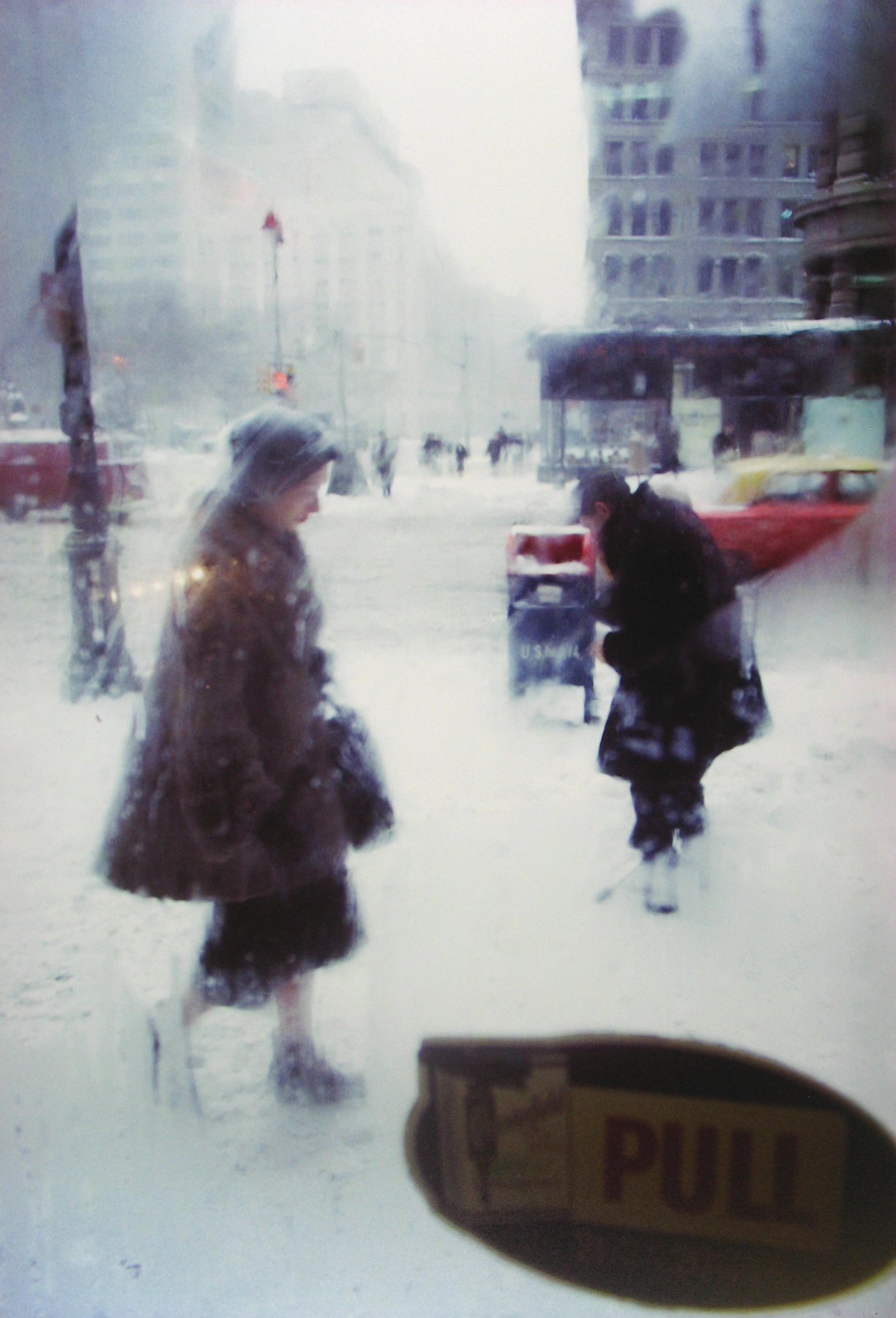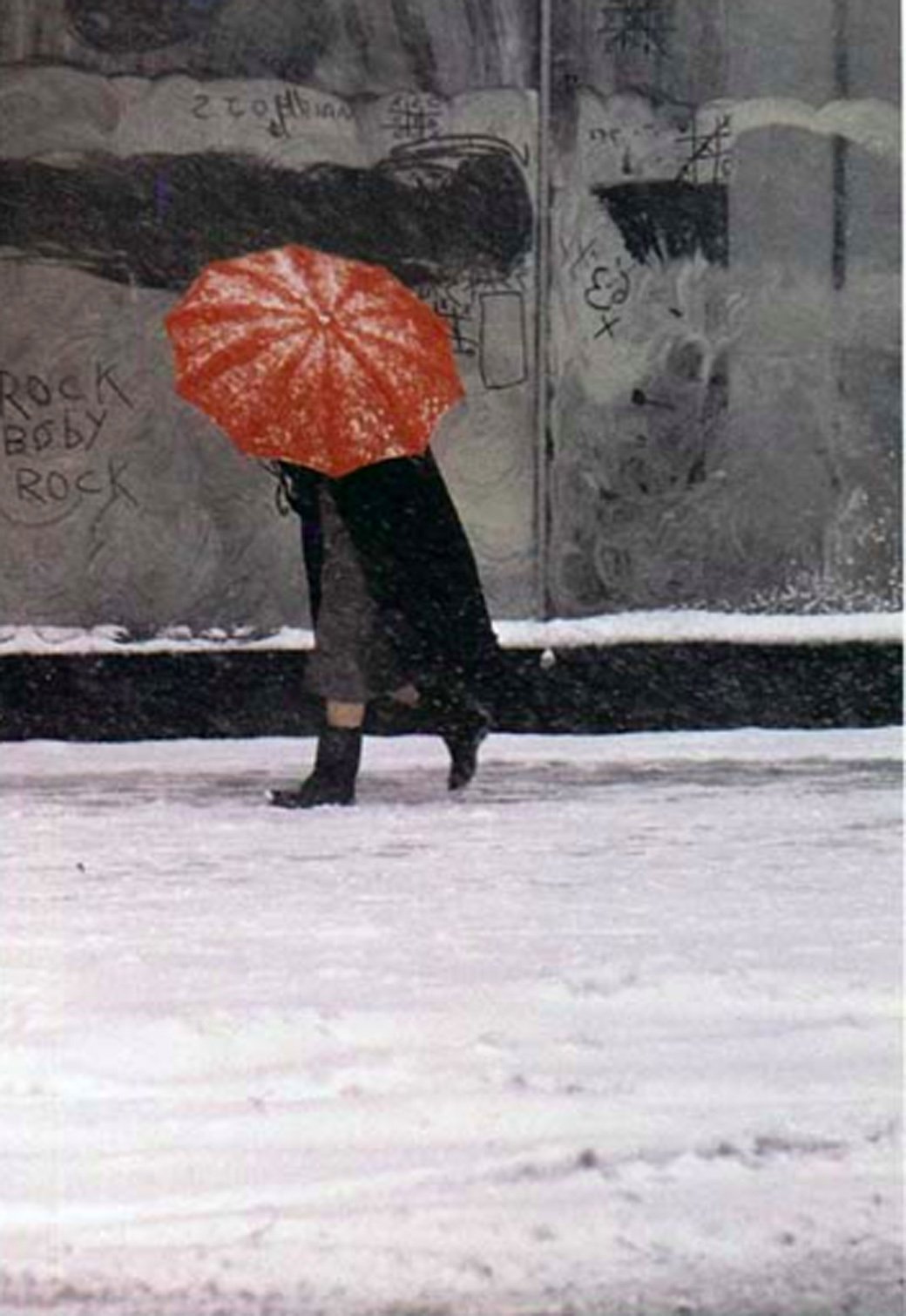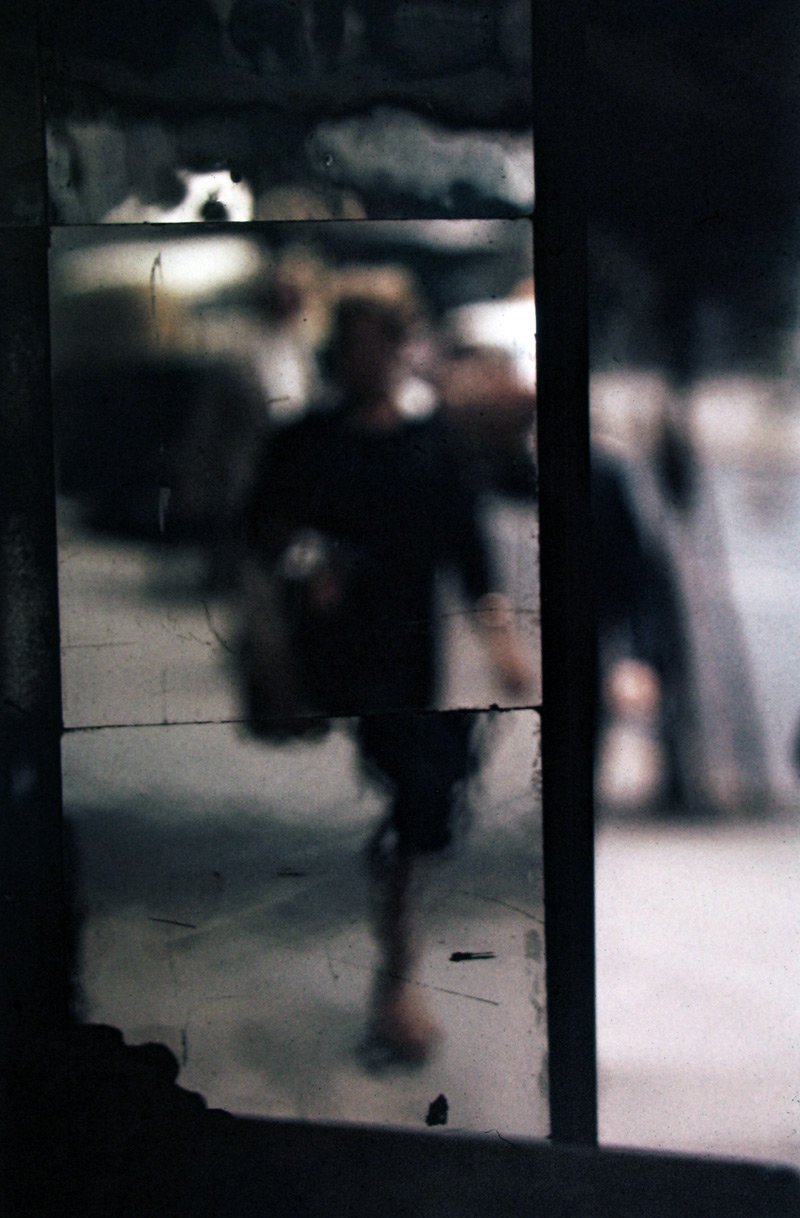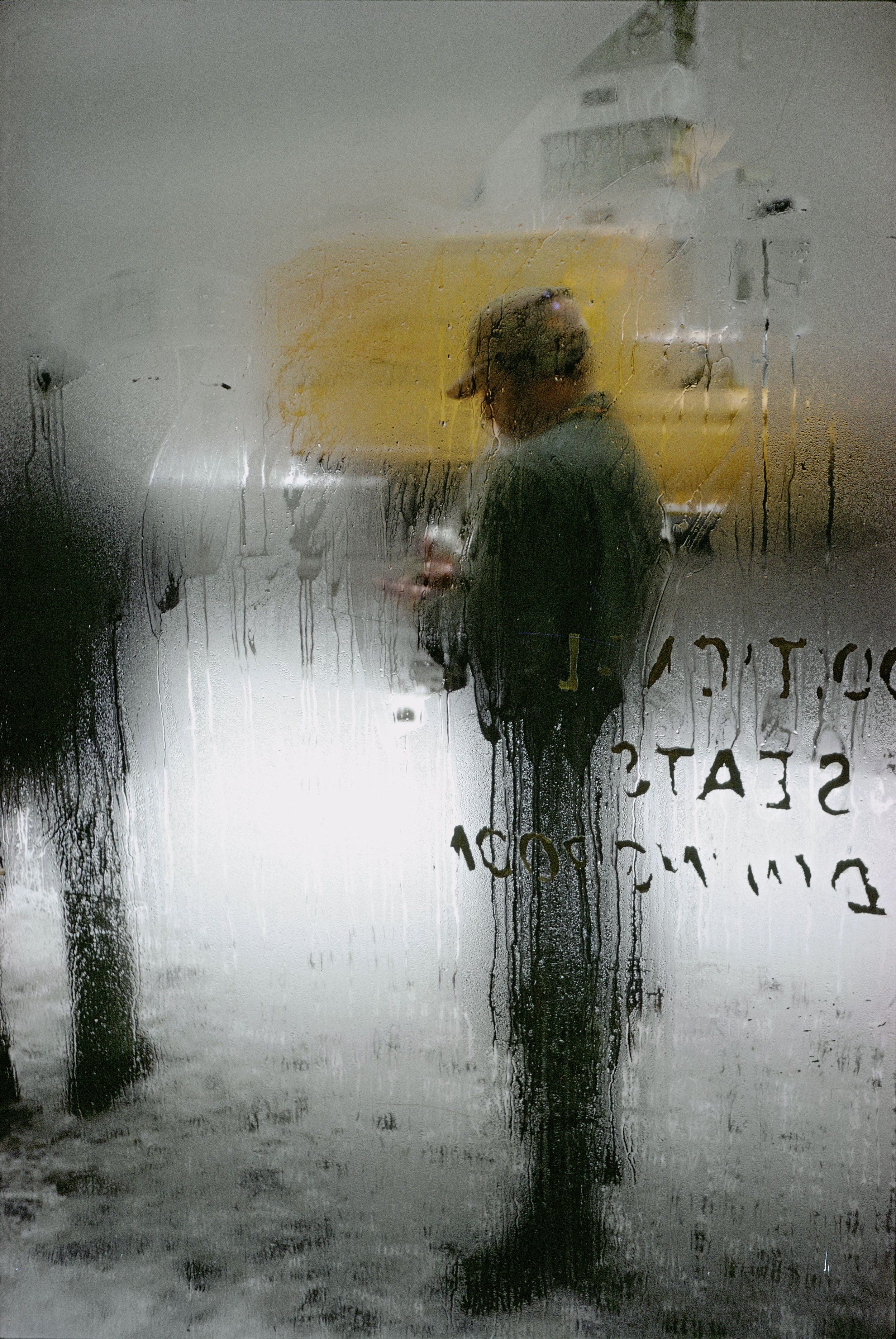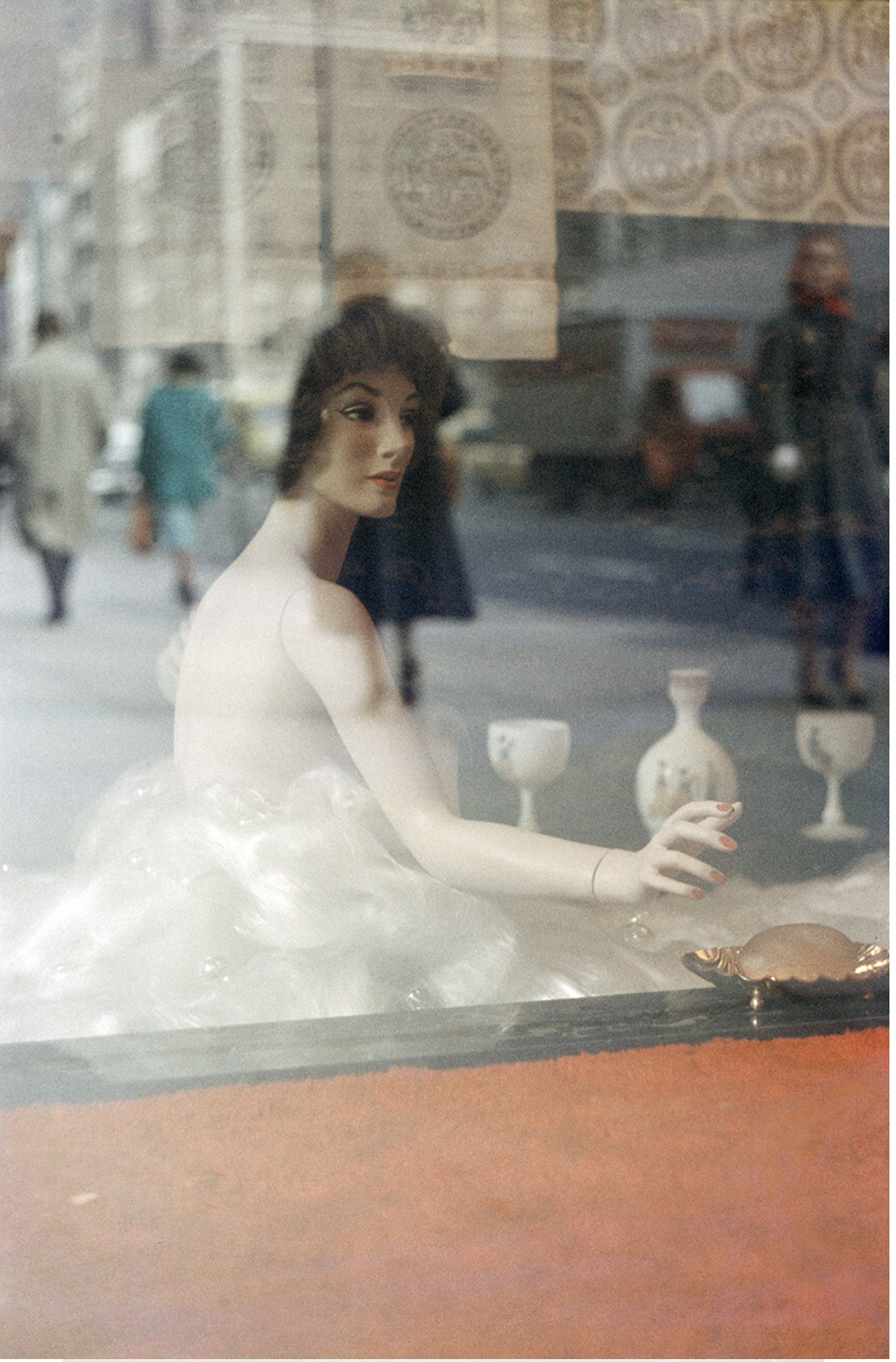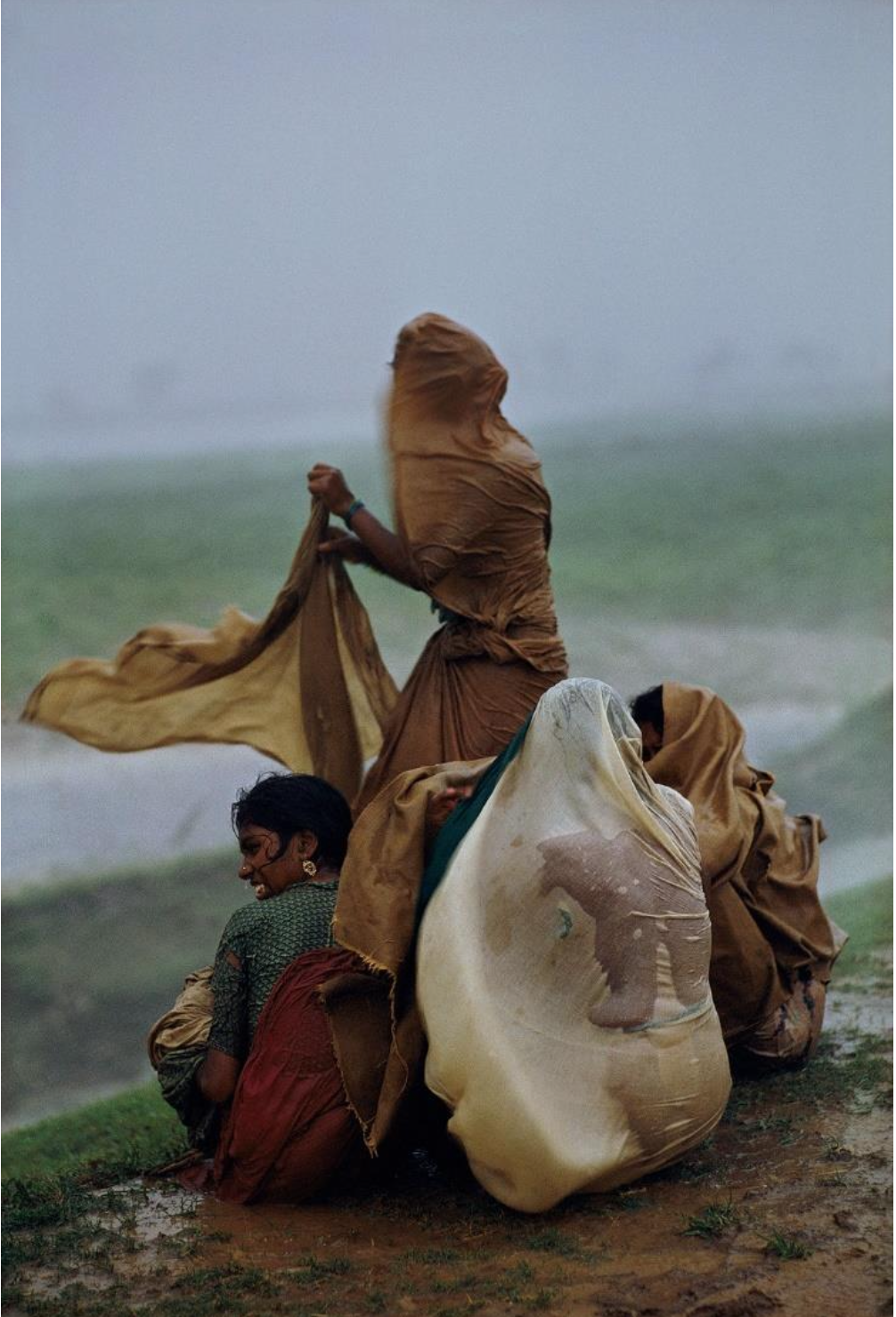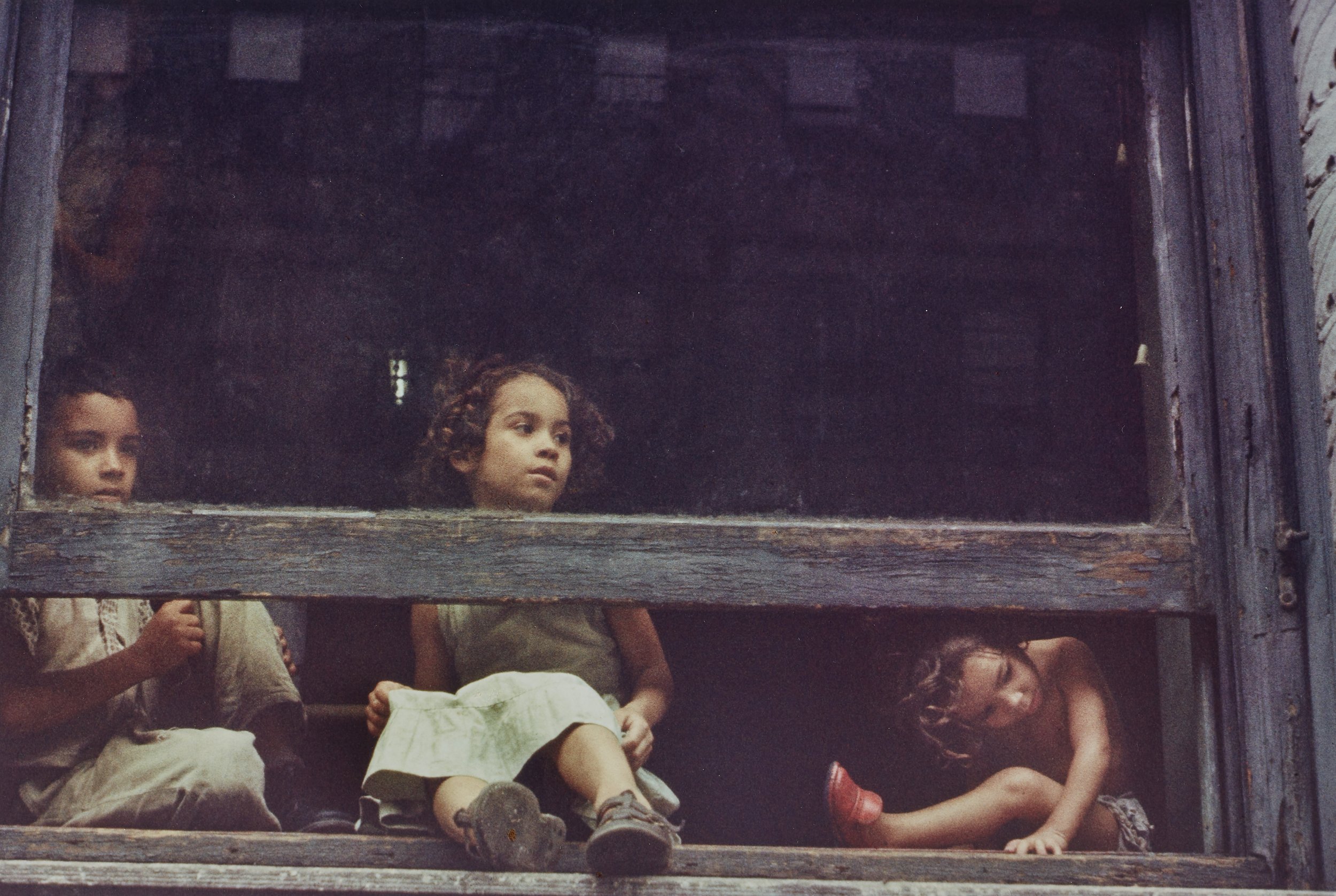Saturday the 9th November 2024 marks the centenary of the birth of Robert Frank, arguably one of the most influential photographers of the twentieth century.
Search for any list of recommended books on the subject of Street Photography and it is almost certain to contain Frank’s most celebrated work - The Americans. And yet, for me, it is a book that sits very uneasily in any of these lists, usually beside other worthy tomes such as Street Photography Now, Magnum Streetwise, The Decisive Moment etc. Anyone who is relatively new to the genre, still going through the steep learning curve (that never ends) and absorbing everything that social and printed media have to offer might be slightly bemused, possibly even disappointed on their first flick through of The Americans. In today’s self-perpetuating online world of Instagram inspired images shared on Instagram, there is nothing to prepare the first-time viewer for the sheer difference in style that Frank’s unique vision realised, although it does lay the foundations. But I think such a comparison is unfair, because Frank’s images in this collection are not intended to be viewed as single standalones. That alone separates it from the vast majority of street photography. Hold the Americans in your hand and you are holding a wonderfully complex, multi layered and beautifully woven commentary on how Frank saw America and presented it to us as a combination of documentary and art.
I won’t go into the background of The Americans too much, that is very well documented elsewhere. Frank was a Swiss immigrant who, funded by a Guggenheim grant, took himself and his family on a series of road trips across America over a period of two years. This resulted in a book and exhibition, which at the time was not particularly well received. It shows an America at unease with itself, and the photography was bold. We are presented with non-formal compositions, blown highlights, wonky lines and other horrors that would see a student chastised. But you can’t just look at these pictures, you have to see. Really see.
Frank was influenced by his friend Walker Evans. Indeed, Evan’s book American Photographs, published twenty years prior to The Americans, is laid out in a similar fashion – one picture per page fold with the opposite side left blank. Evans sat on the committee that approved Frank’s Guggenheim application. He is also reported as having helped Frank with his application, and also suggested locations for Frank to visit in search of subject matter and this can be seen in both books. Frank had also worked on Edward Steichen’s Family of Man exhibition and for some commentators The Americans is Frank’s reaction to, possibly even rejection of the representation of humanity contained within that exhibition. In essence a rejection of Pictorialism.
When I first flicked through my own copy, I felt that I understood some of what was laid before me, but most was way beyond my understanding at that time. What was going on here? Was this a case of the Emperor’s New Clothes or was it me? Was there some personal failing that meant this body of work was beyond my comprehension? My experience as a jazz musician in my youth dictated that I go with the latter scenario. My ability to see needed to evolve, just as my ability to hear had to do so all those years ago.
Repeated viewings meant that The Americans became a companion book over the years. It was always kept separate from my main photobook collection, and while those other books are regularly studied but always well looked after, The Americans ended up grubby and packed with sticky notes as I scribbled down visual connections gleaned during moments of evolving understanding and clarity that occurred with frustrating irregularity.
One aspect of the collection that particularly intrigued me was the image sequencing. Frank had reputedly taken around twenty-eight thousand images, reduced that to eighty-three over a year and then taken four months just to sequence that final selection. As my understanding of photographic art and my ability to see evolved, the layers of Frank’s work were peeled back and the sequencing began to reveal itself, which I will briefly look next. However, I must emphasise here that this is my own interpretation, to a degree shaped by study and research, but I could well be off the mark in some respects. But that is the beauty of this work, we can only take from it what we are able to see at any point in our visual evolution and understanding.
The book is divided into four sections, each featuring the Stars and Stripes flag as an opener. The first image in the book, Parade - Hoboken, New Jersey, kicks off the first section with that American flag, and is the first in a linked sequence, that link being hands and mouths. However, within that sequence we have Funeral – St Helena, South Carolina, which introduces the automobile and its role in the human life cycle, in this case death. Fast forward through the book to an image near the end, Public Park – Ann Arbor, Michigan, and again we see the automobile. This time it provides shelter and privacy for romantic teenagers engaged in what could be considered a mating ritual, the precursor to the creation of life. That image is also thematically linked by romance and the continuity of humanity through ritual to the immediate next in sequence, a newlywed couple in City Hall -Reno, Nevada.
Return to the first section, skip a few and we see the automobile and its place in the human life cycle again in Motorama – Los Angeles. This time youth is the stage in human life cycle and this image is also thematically linked by youth to the those immediately adjacent. There is obviously much more in this image, but for the purposes of this article I’m keeping the individual interpretations pretty simple. Death features again in Car Accident US 66 Between Winslow And Flagstaff Arizona. Covered Car Long Beach California shows just that, bookended by two palm trees to resemble an altar which has significance in both life and death. Additionally, the car appears to be valued by its owner more highly than the run-down house behind it, another commentary on society and our values.
This type of multilevel sequencing occurs throughout the book and is not reserved to the automobile, other emblems of Americana get similar treatment. The juke box takes on an almost religious significance in Bar New York City where the blown highlights demand attention, and we see it as a surrogate parent in Café Beaufort South Carolina, overwatching a child at play. Luncheonette Butte Montana and Santa Fe New Mexico both have difference subjects, but their layout is not unlike the stone circles and henges left behind by our predecessors. Petrol pumps and standing stones have a ritualistic significance in each era. In the accompanying collection of images I’ve included my favourite, Elevator Miami Beach. There are no words for this one, just look at it and find your own.
I’ll leave the image interpretations there. I now view the collection as being laid out more like a family tree than just a simple linear sequence of images, it’s a story with sentences, paragraphs and punctuation, where pictures replace words – visual poetry.
After the release of the Americans Frank went on to become an accomplished film maker and also produced many more photographic collections. He passed on 9th September 2019, but his legacy lives on in a lot of work that we see today. Like many Europeans who settled in that great continent, he was a pioneer and possibly the most profound influencer, to borrow an overused word from today’s popular vocabulary.
There have been various editions of The American’s published over the years. The latest is by Aperture and has just been released to coincide with the centenary of his birth, but I’ll stick with my grubby version.
The example images accompanying this essay are the copyright of The June Leaf and Robert Frank Foundation






























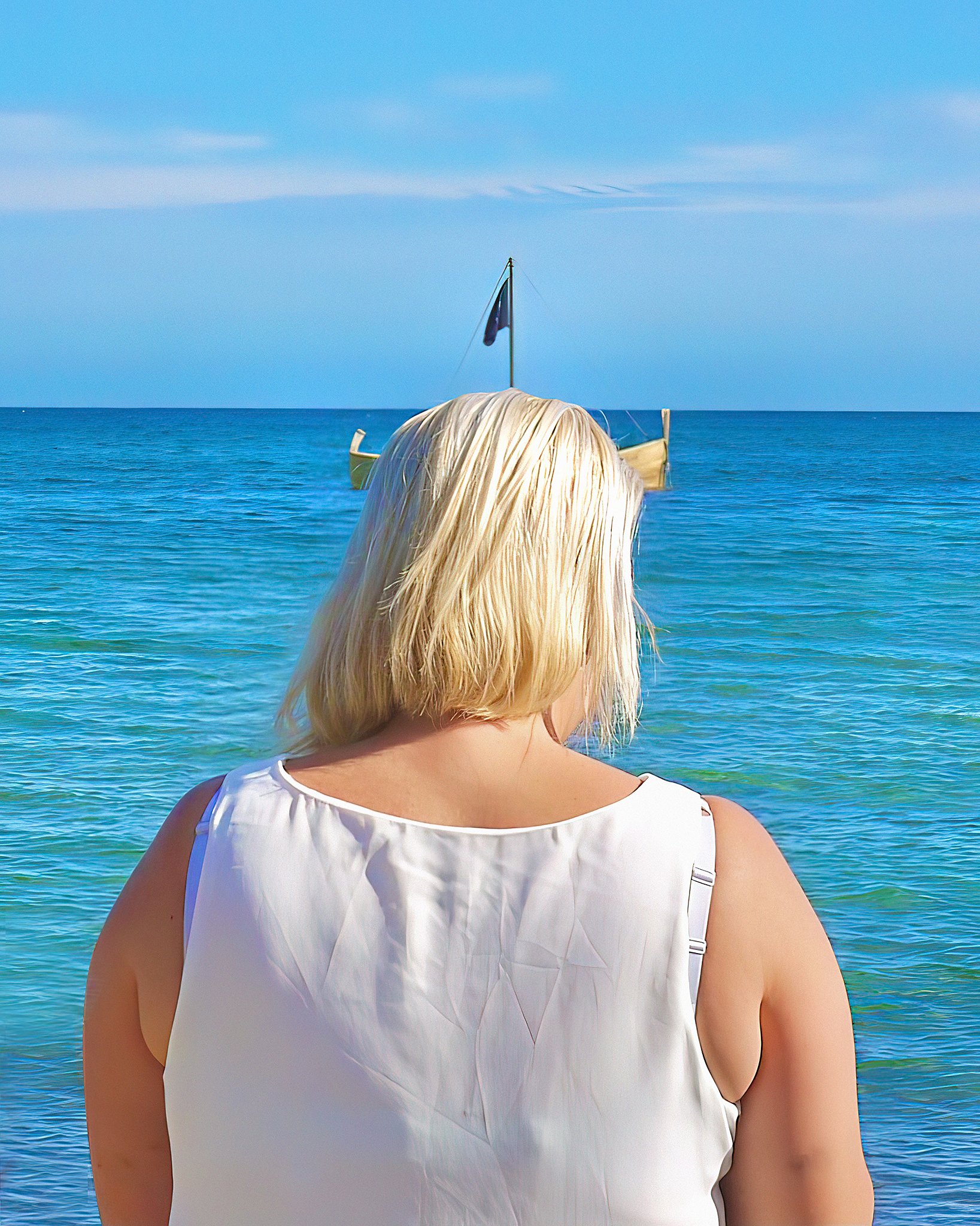
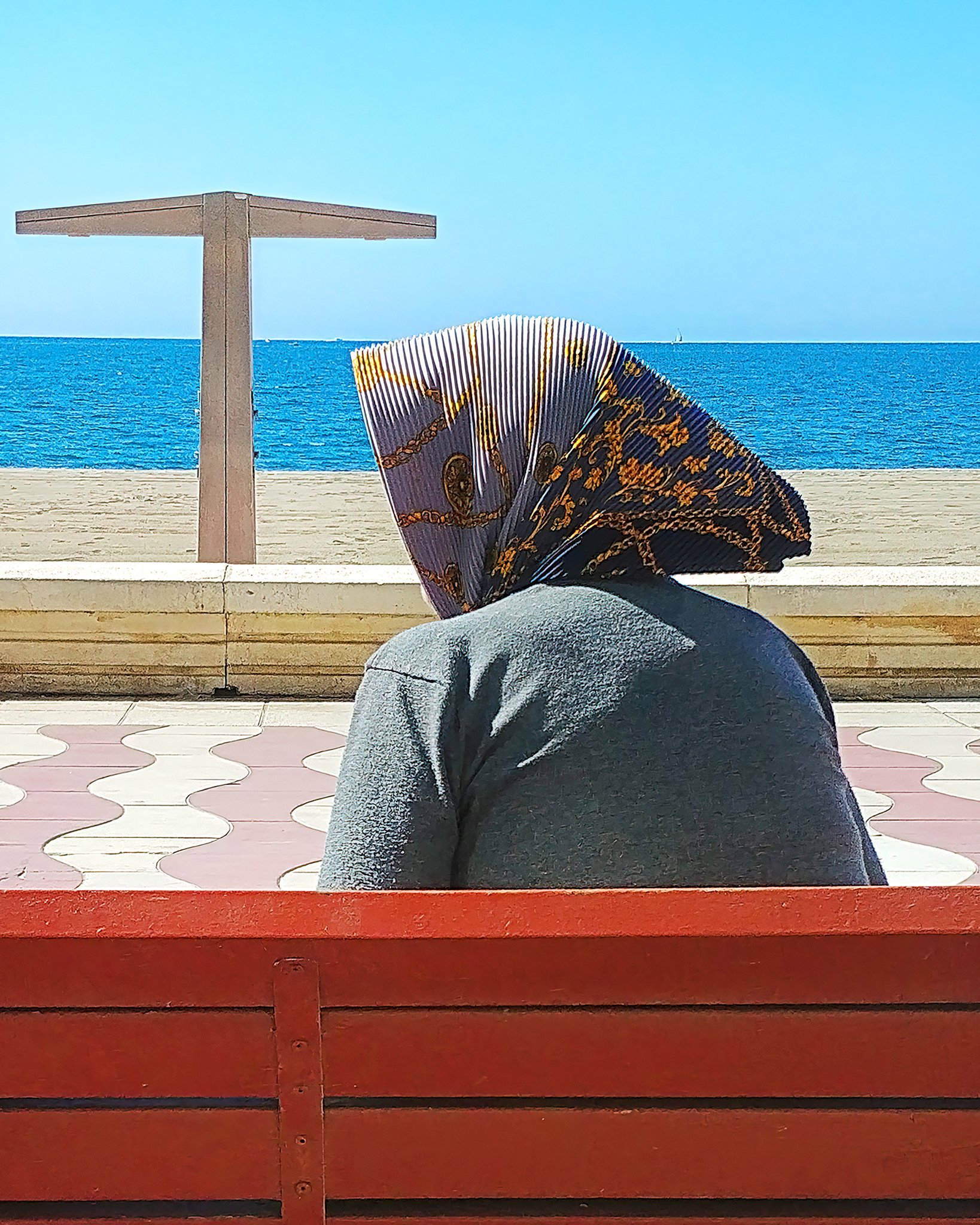























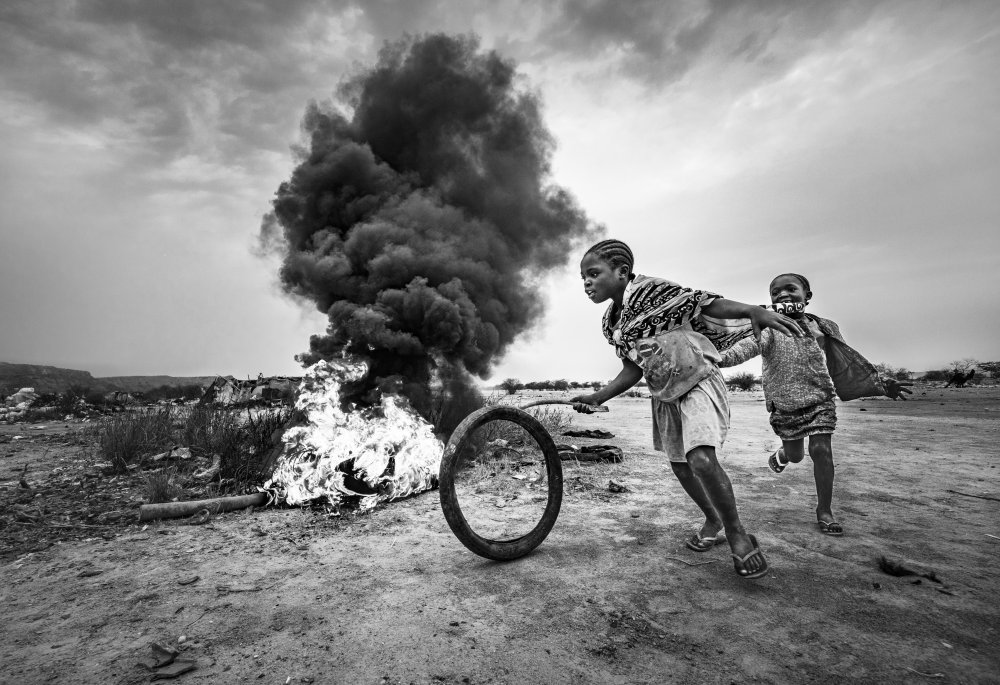
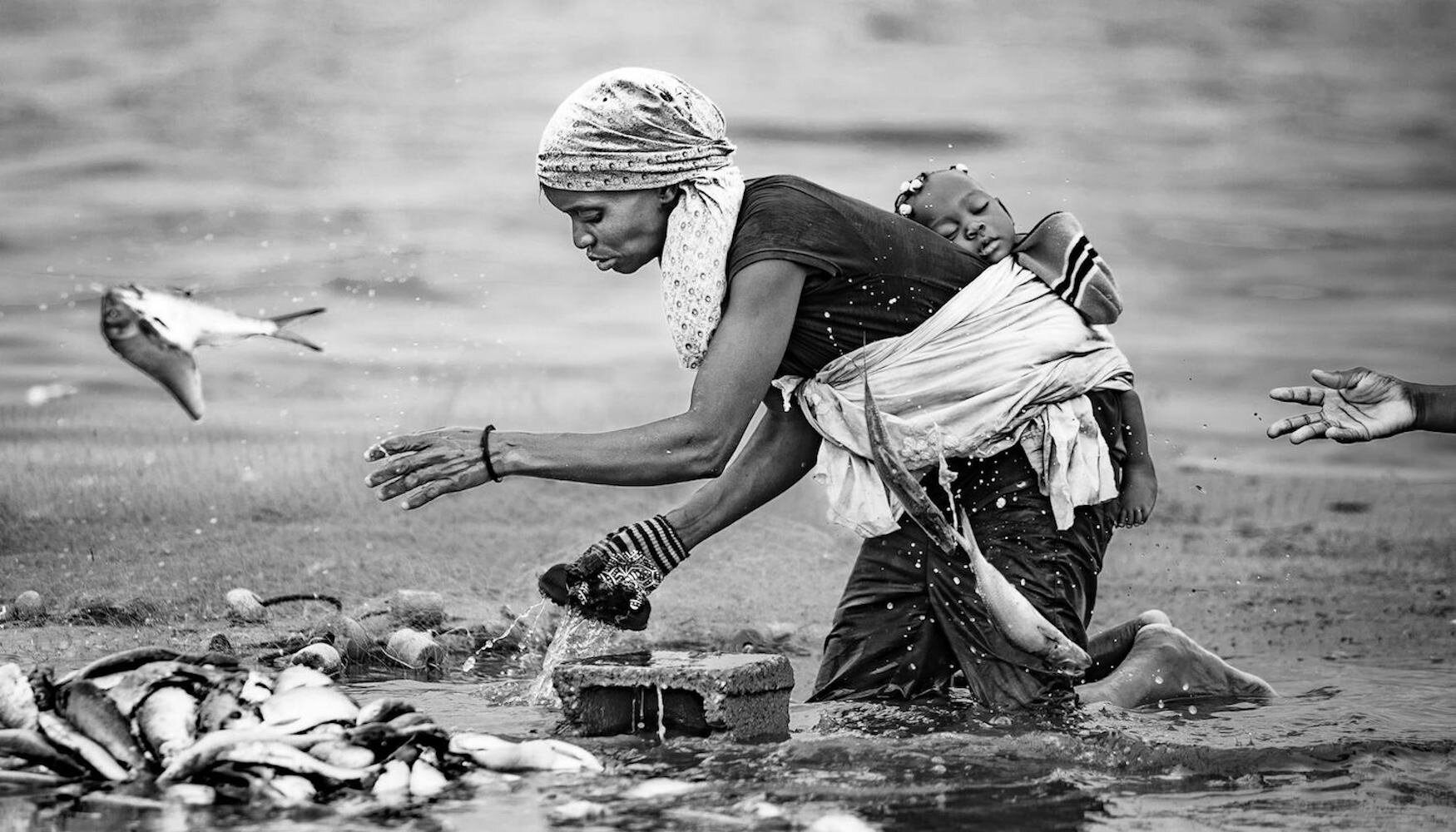
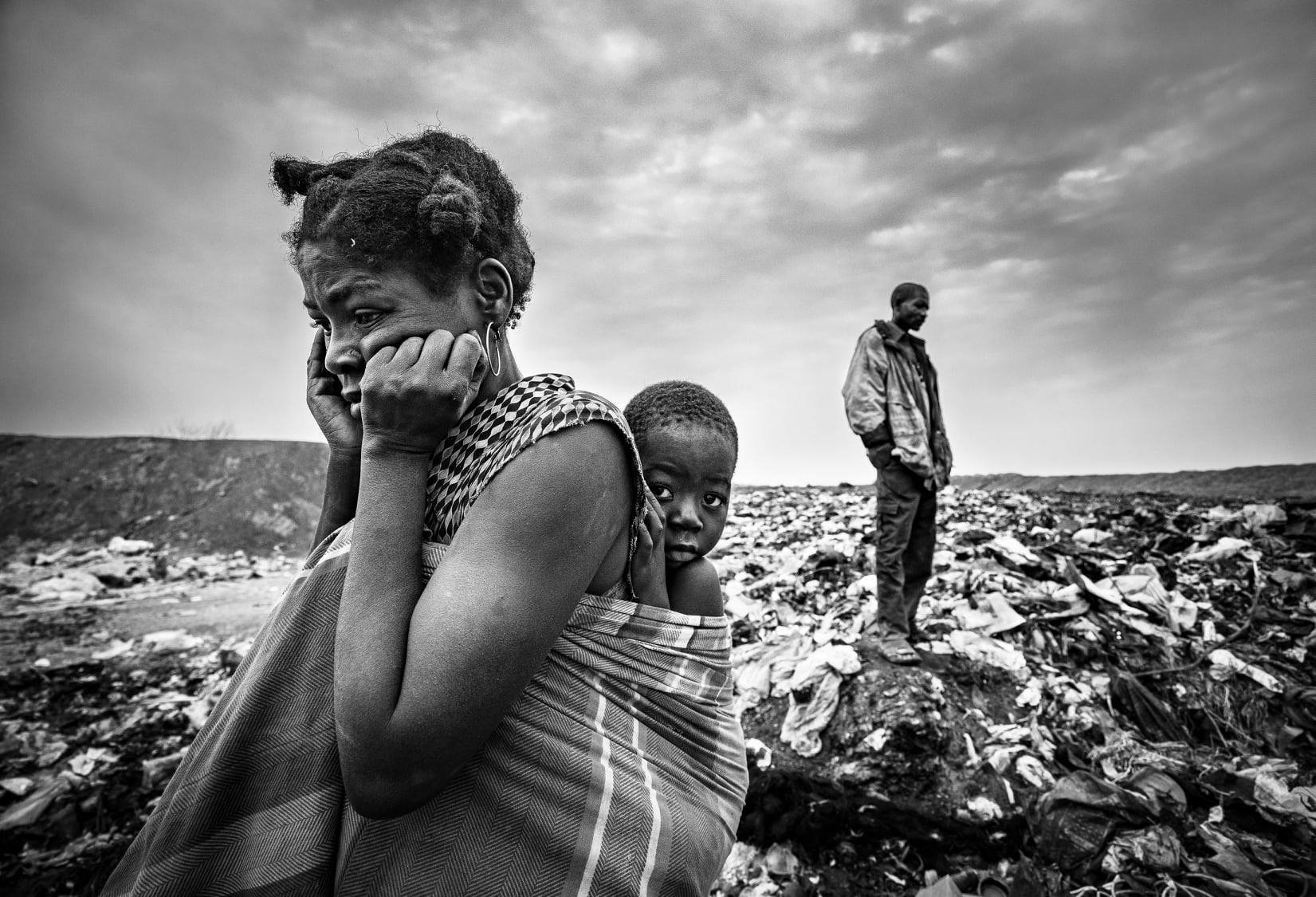










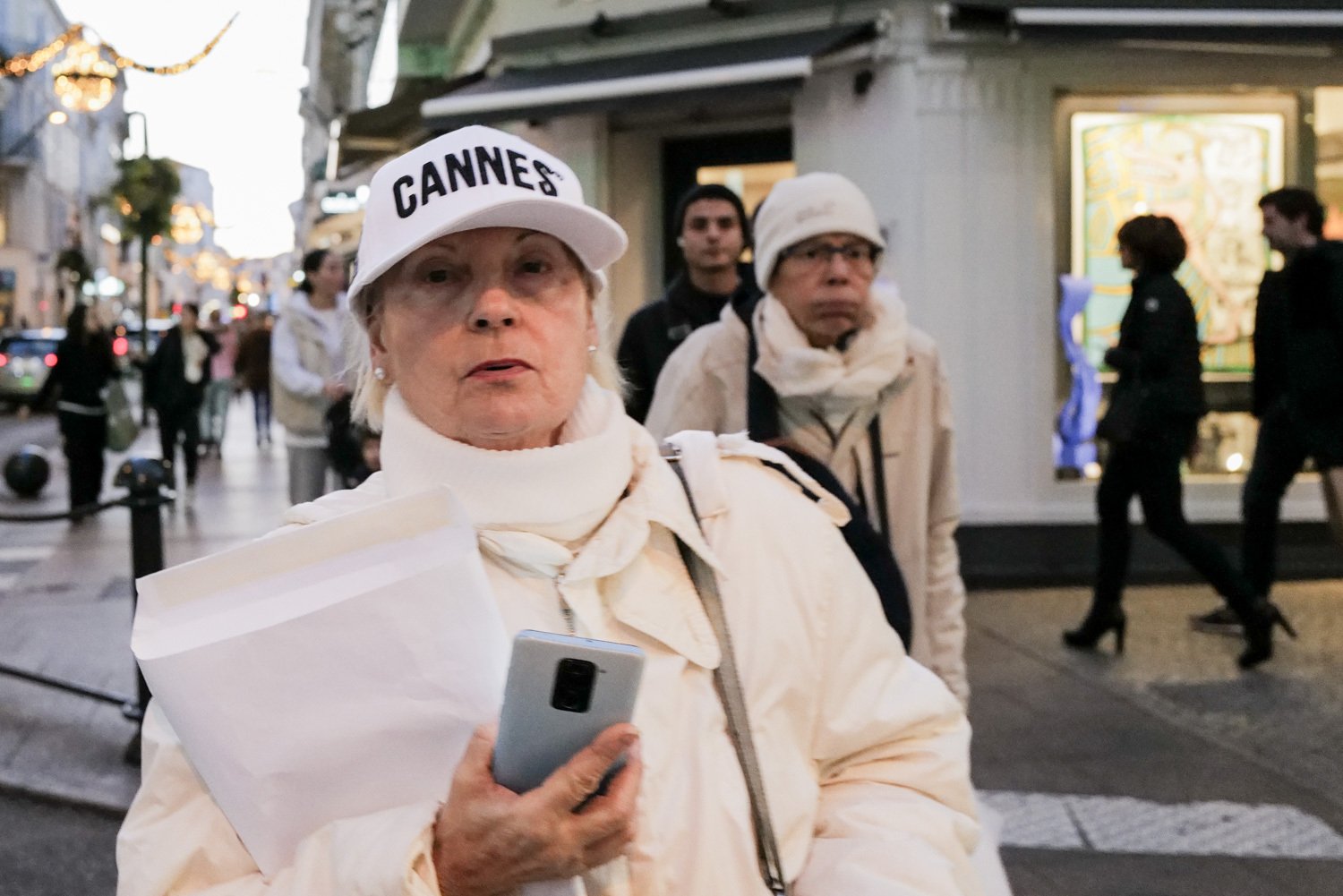






















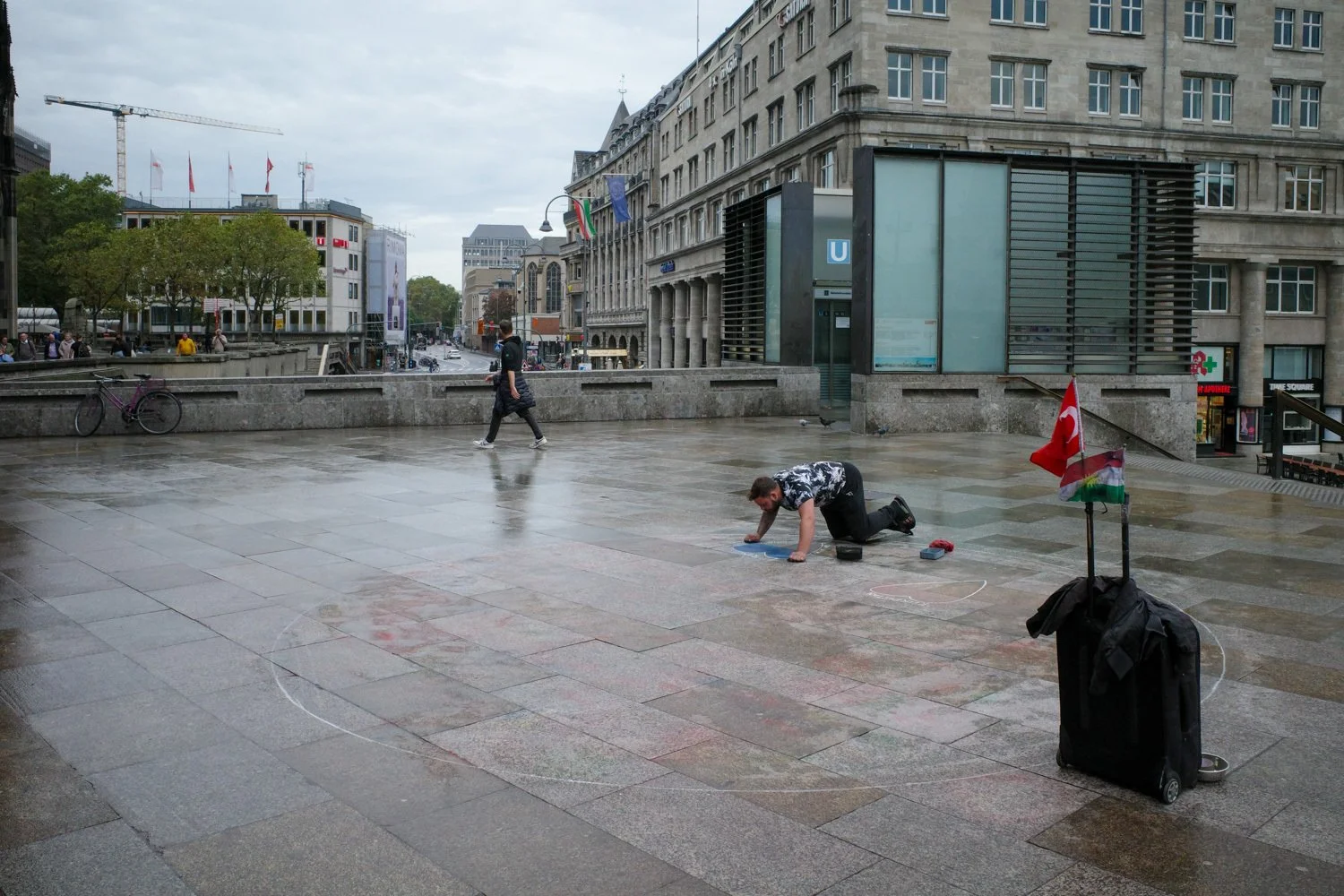









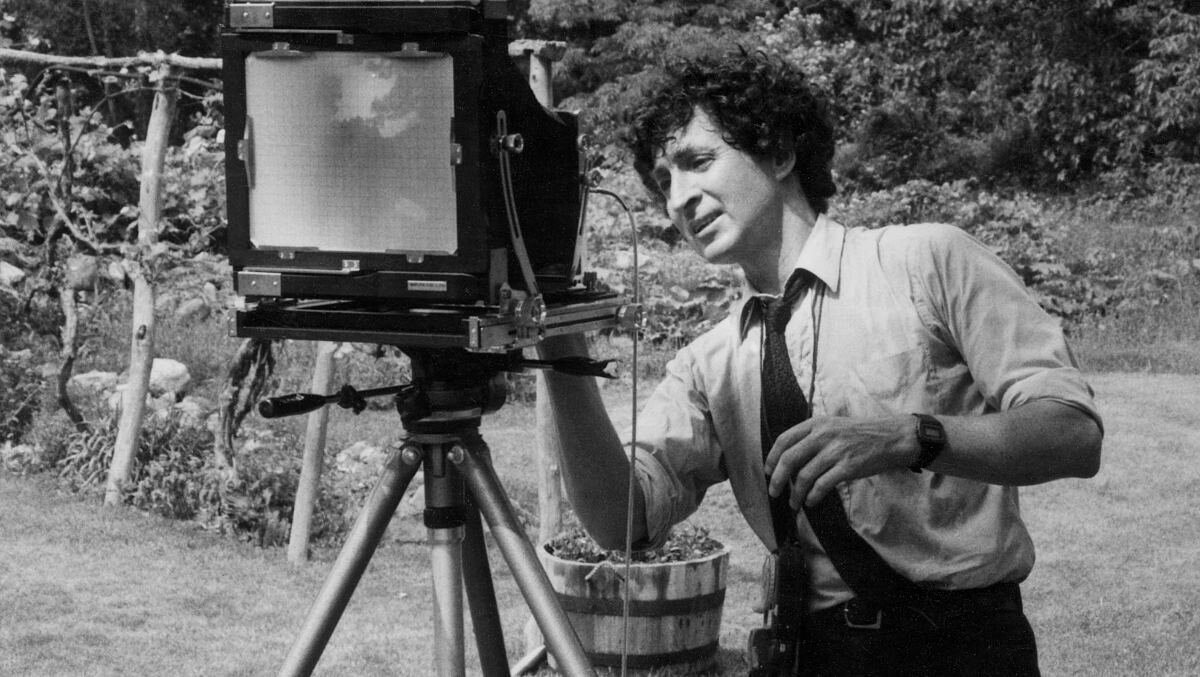













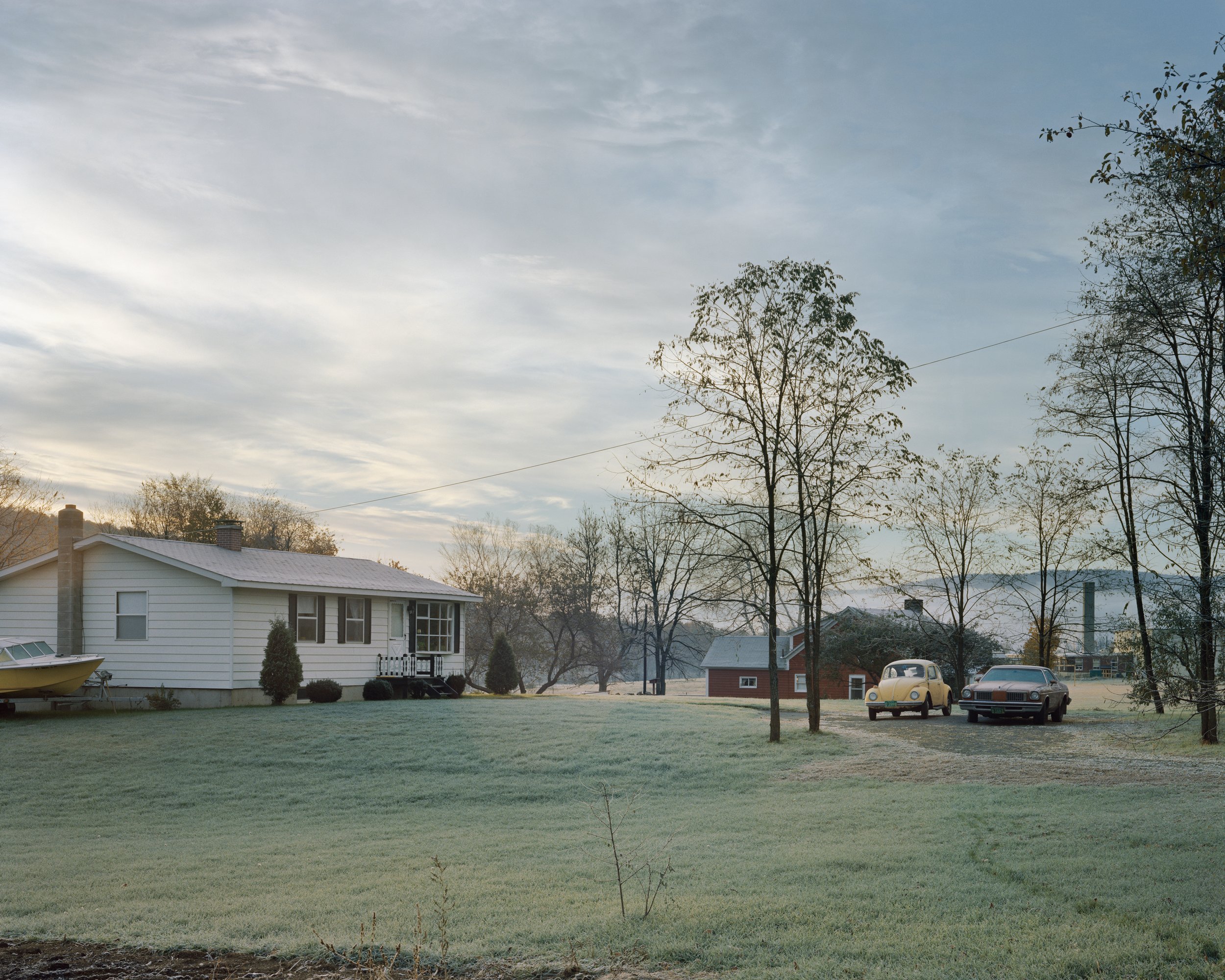

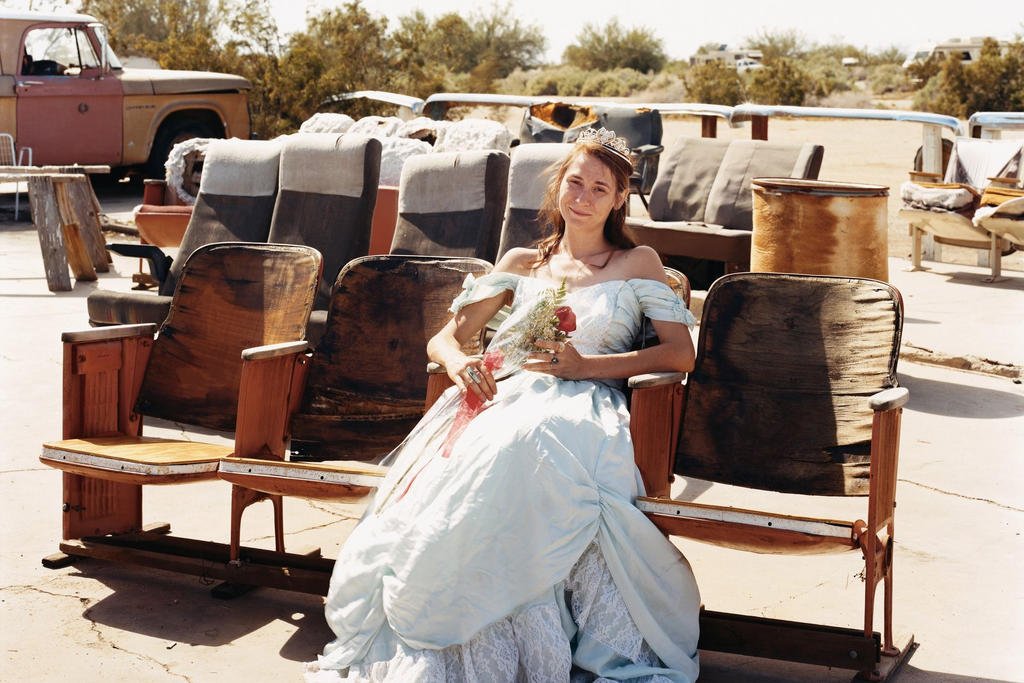


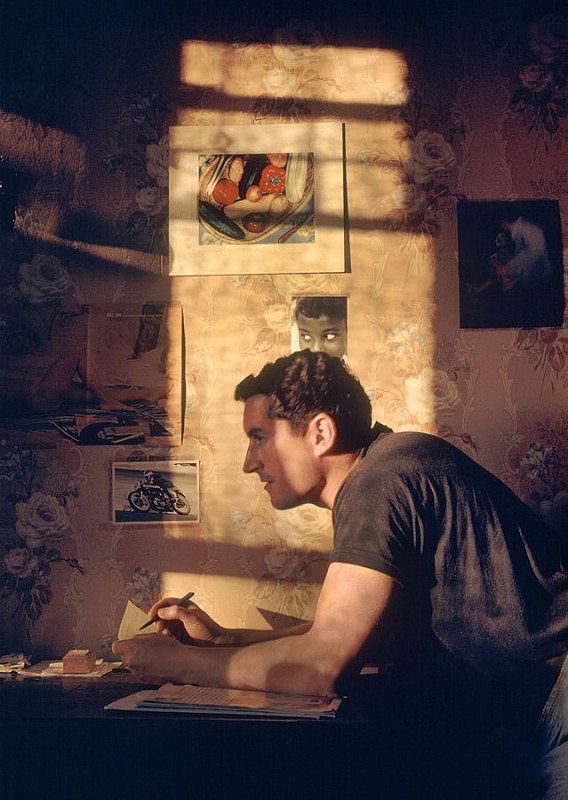









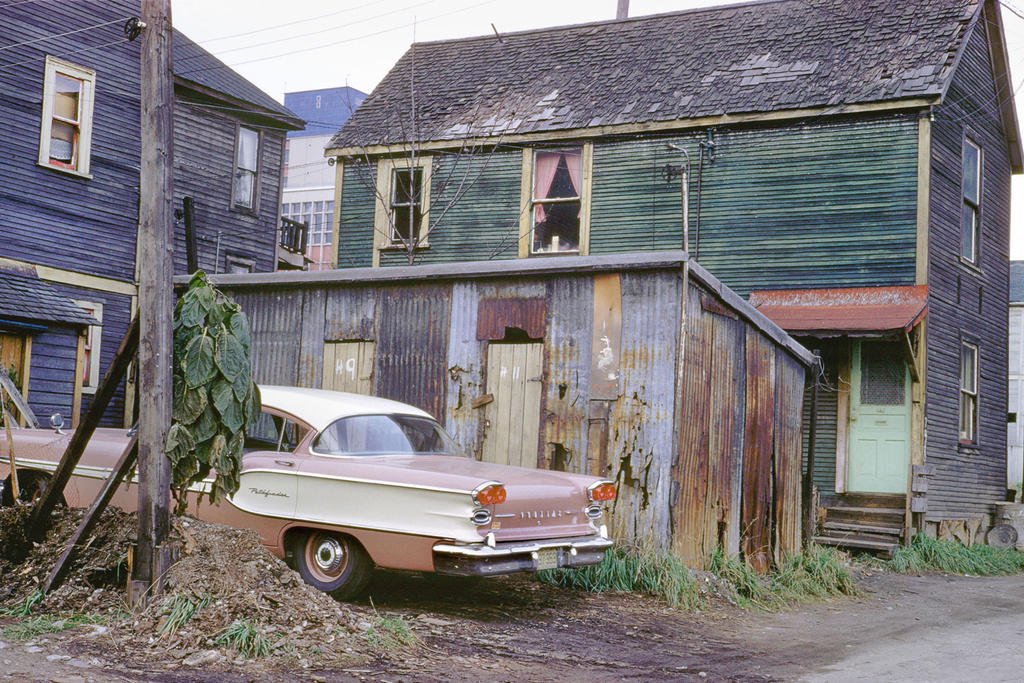

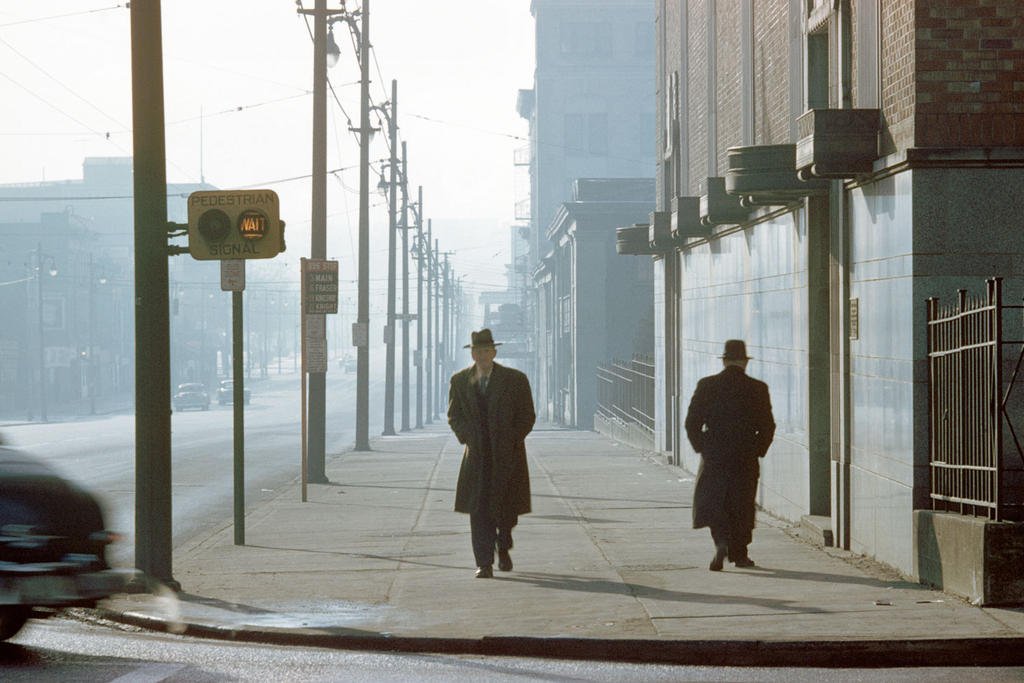



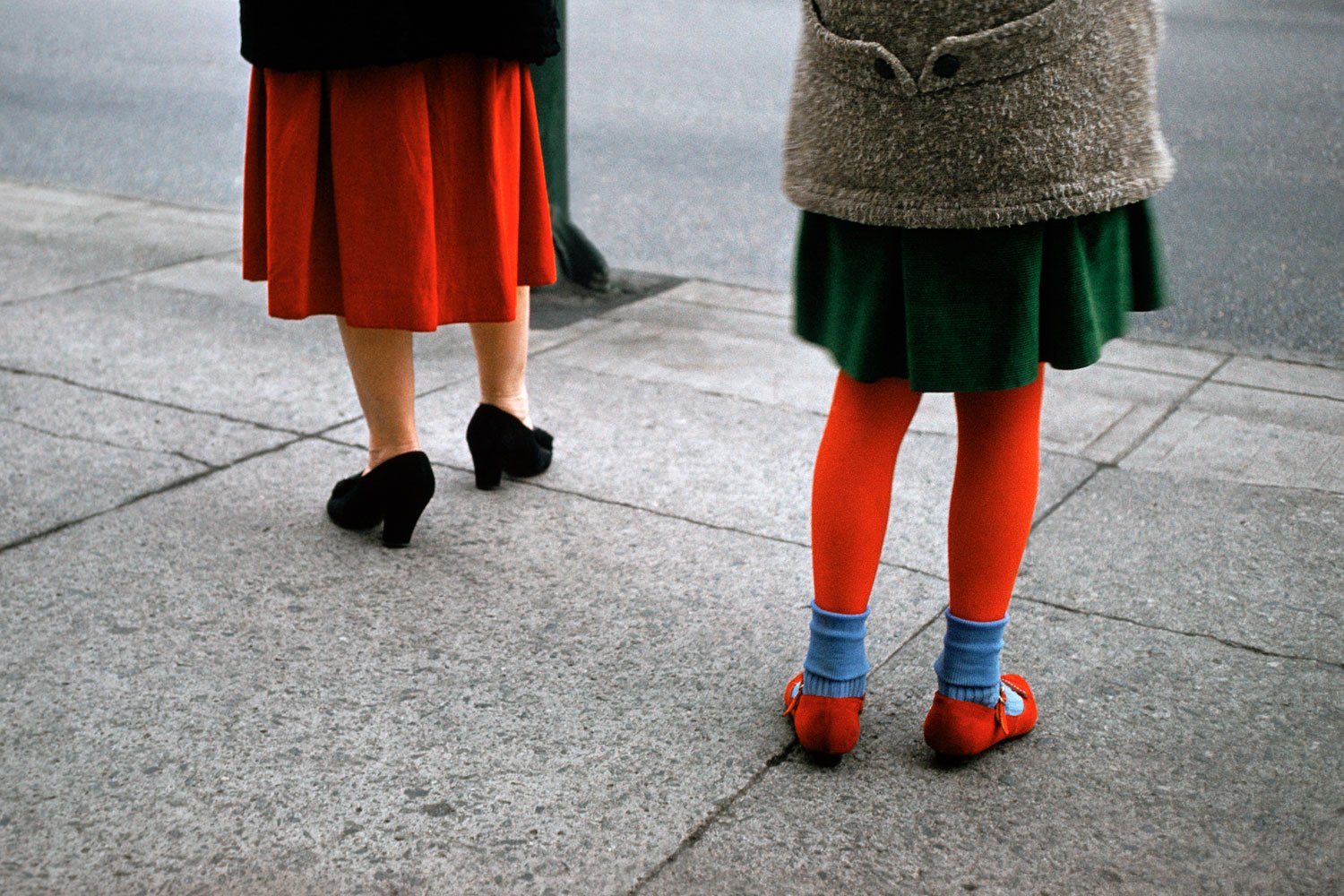


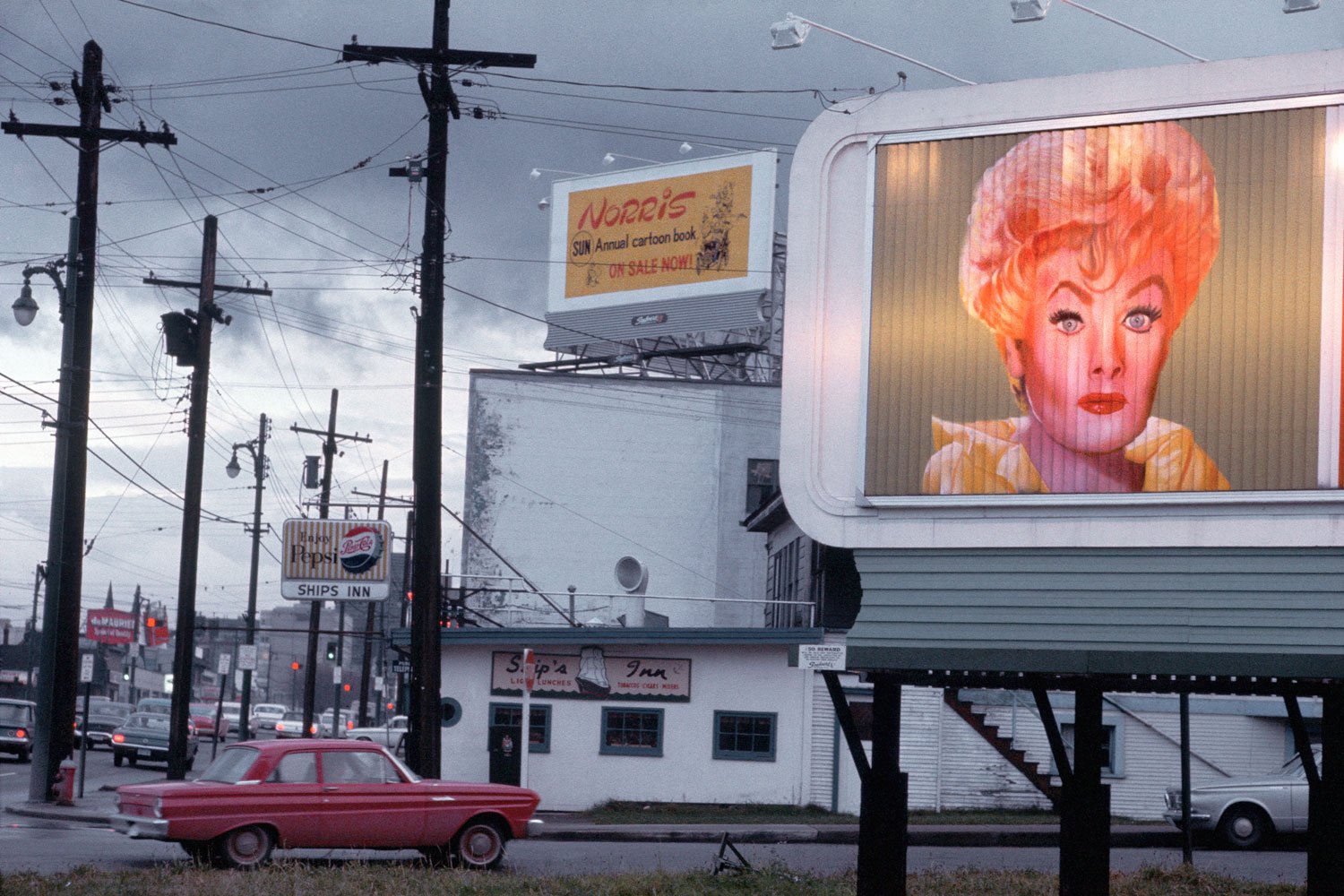
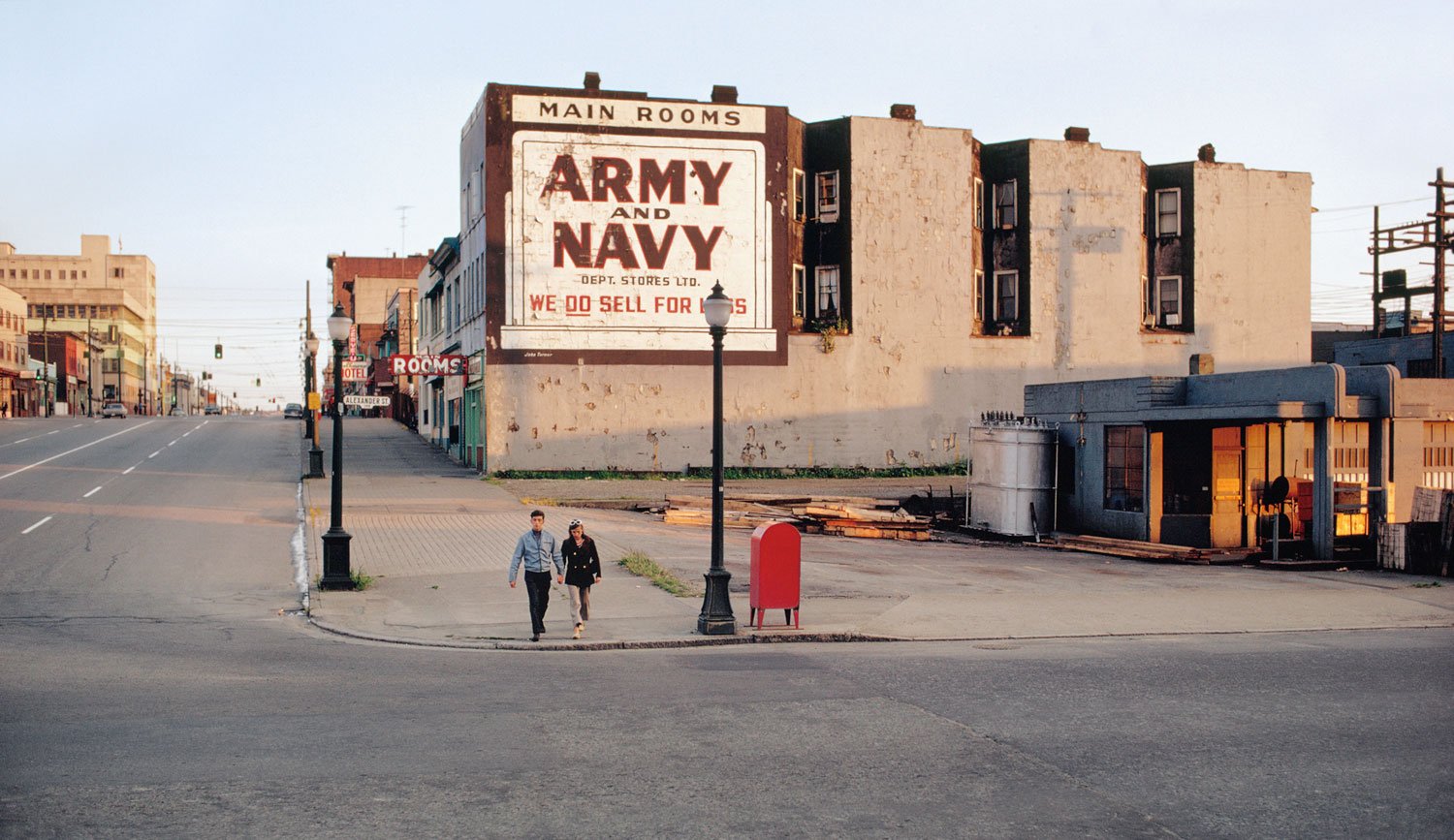
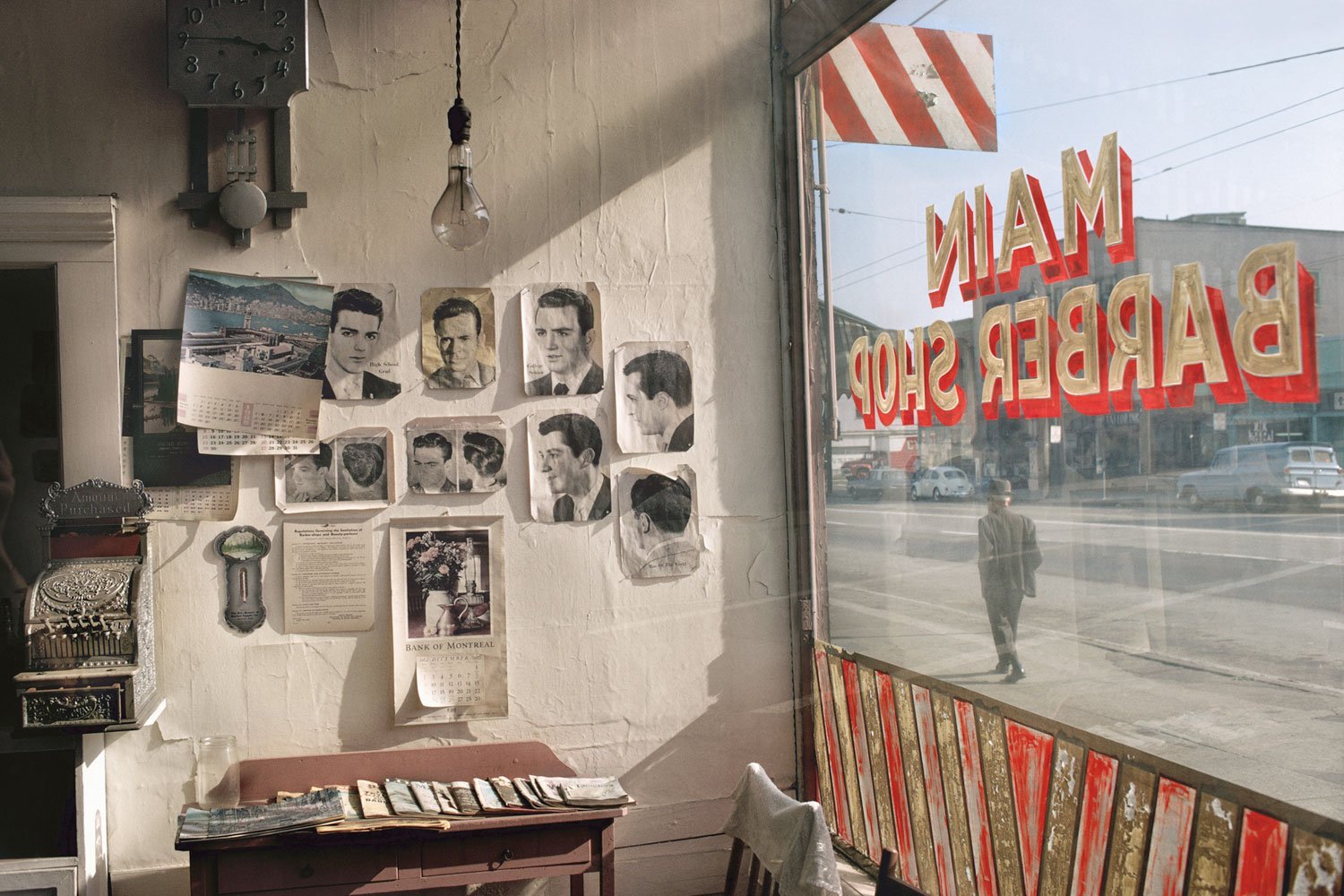
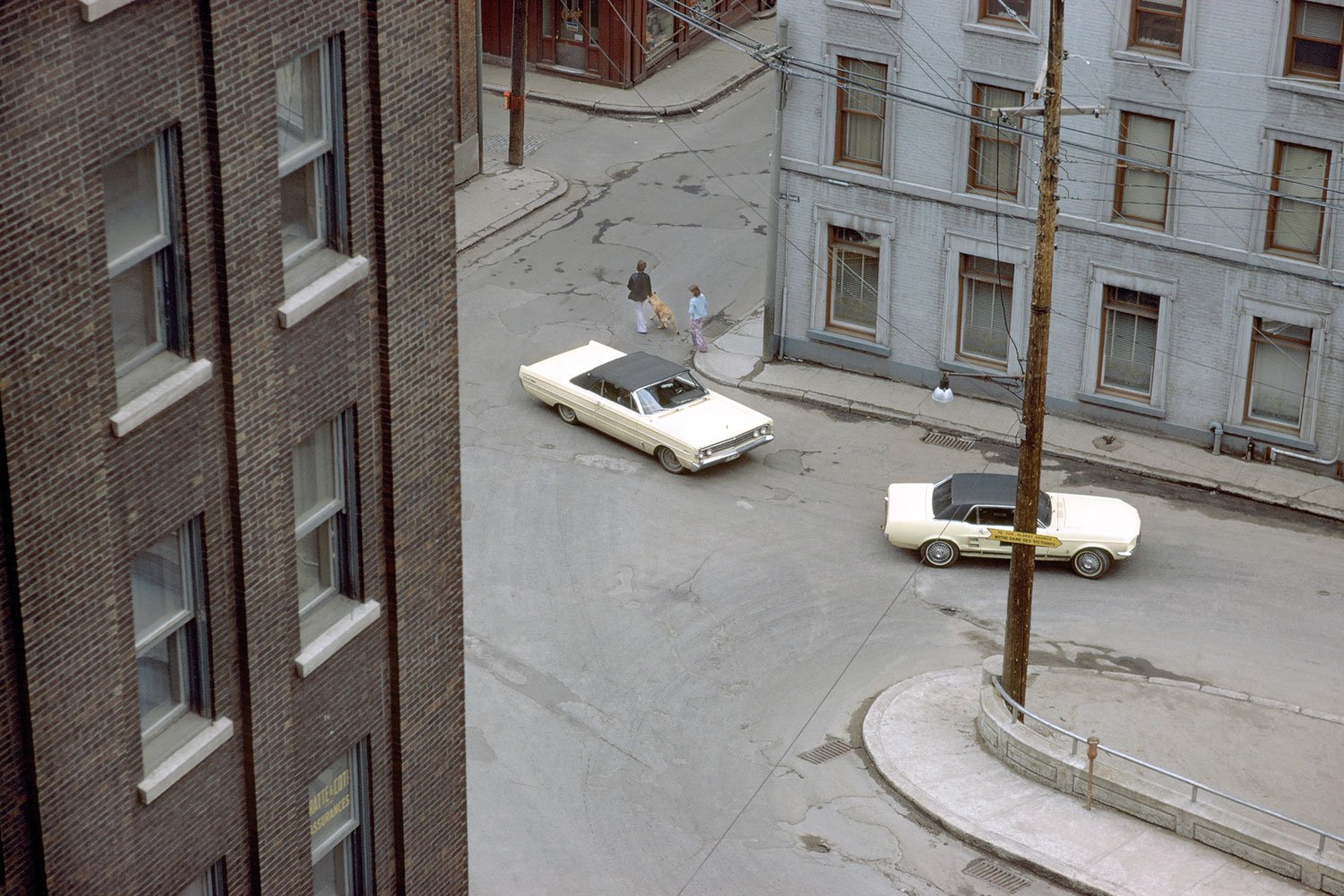
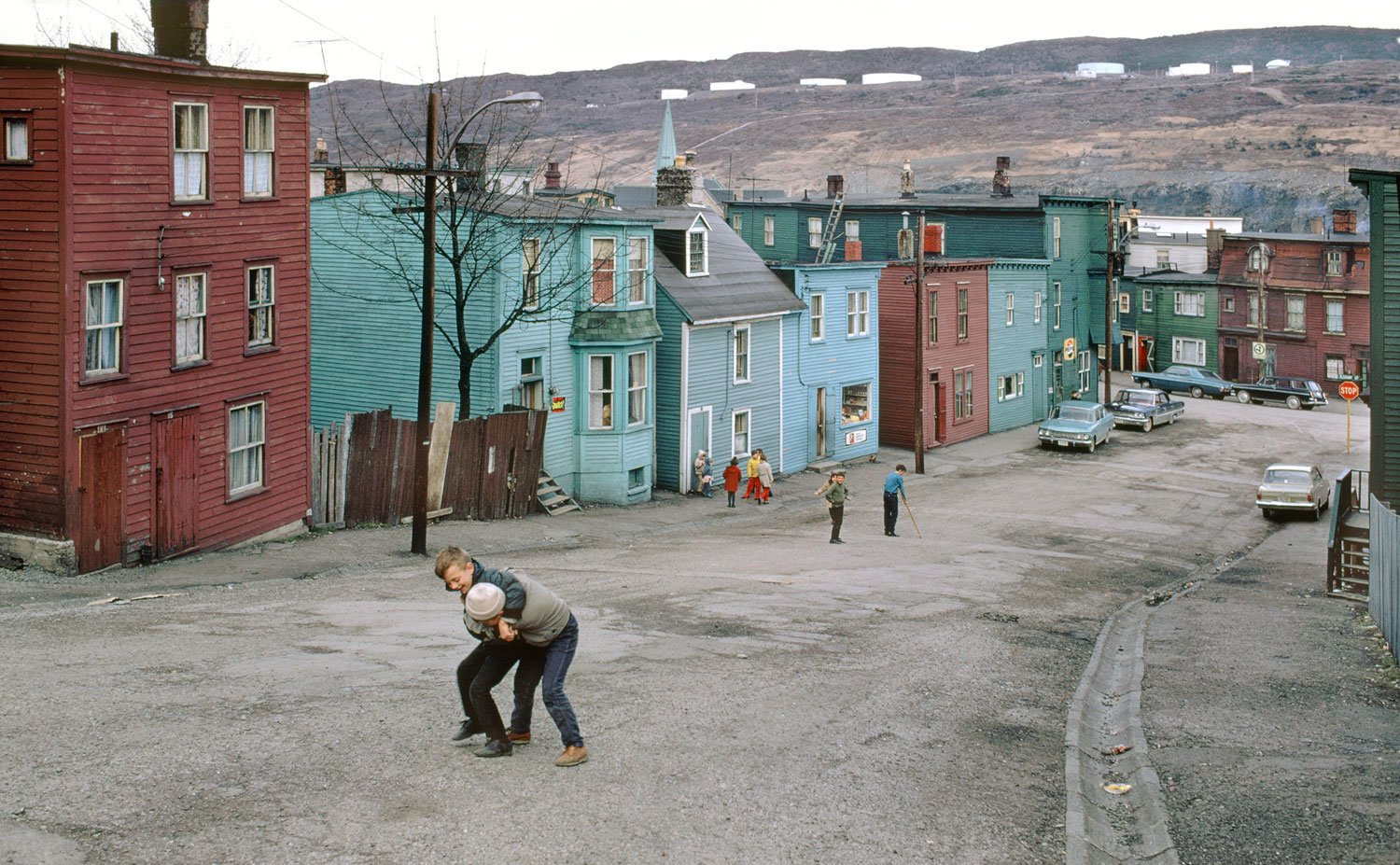
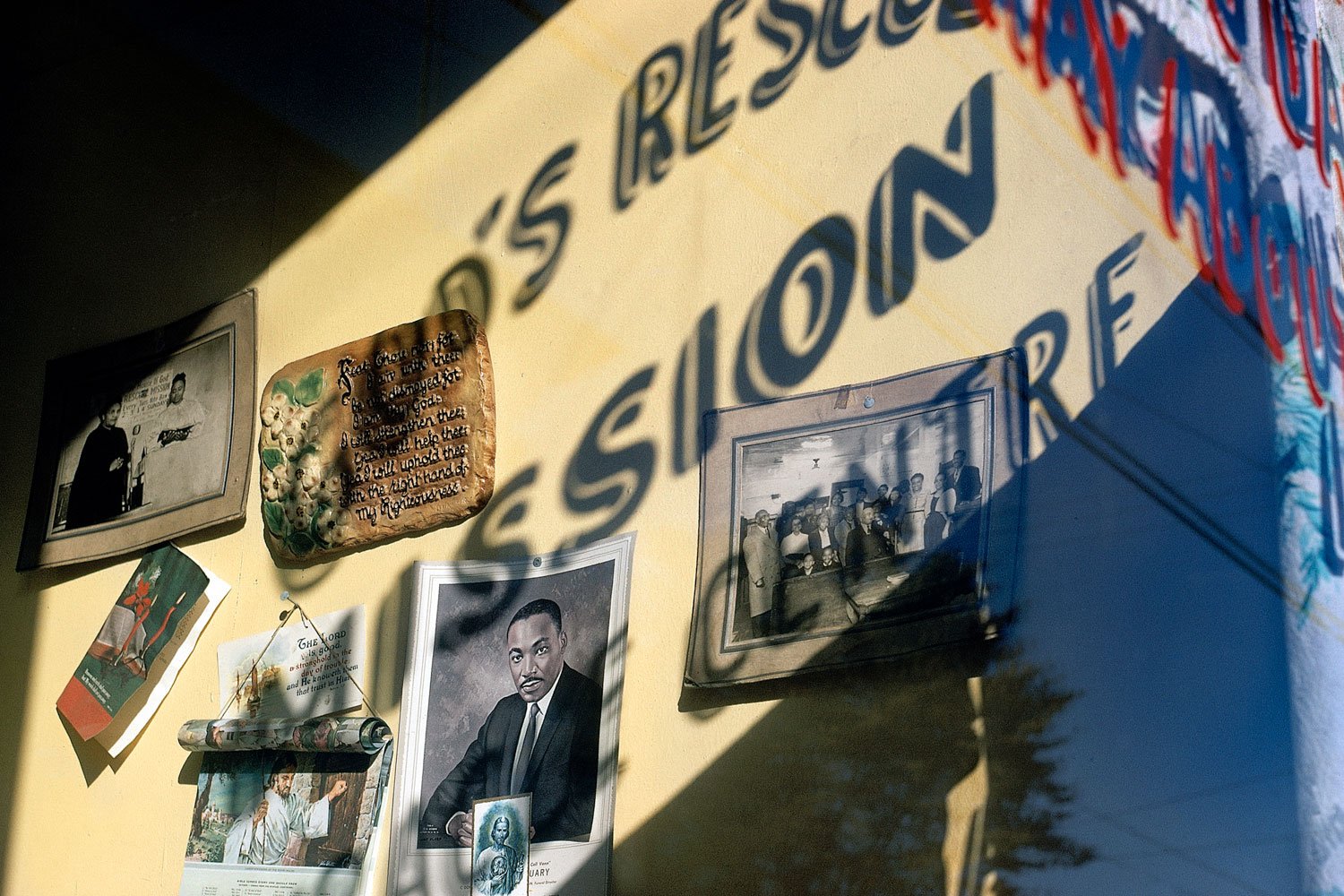
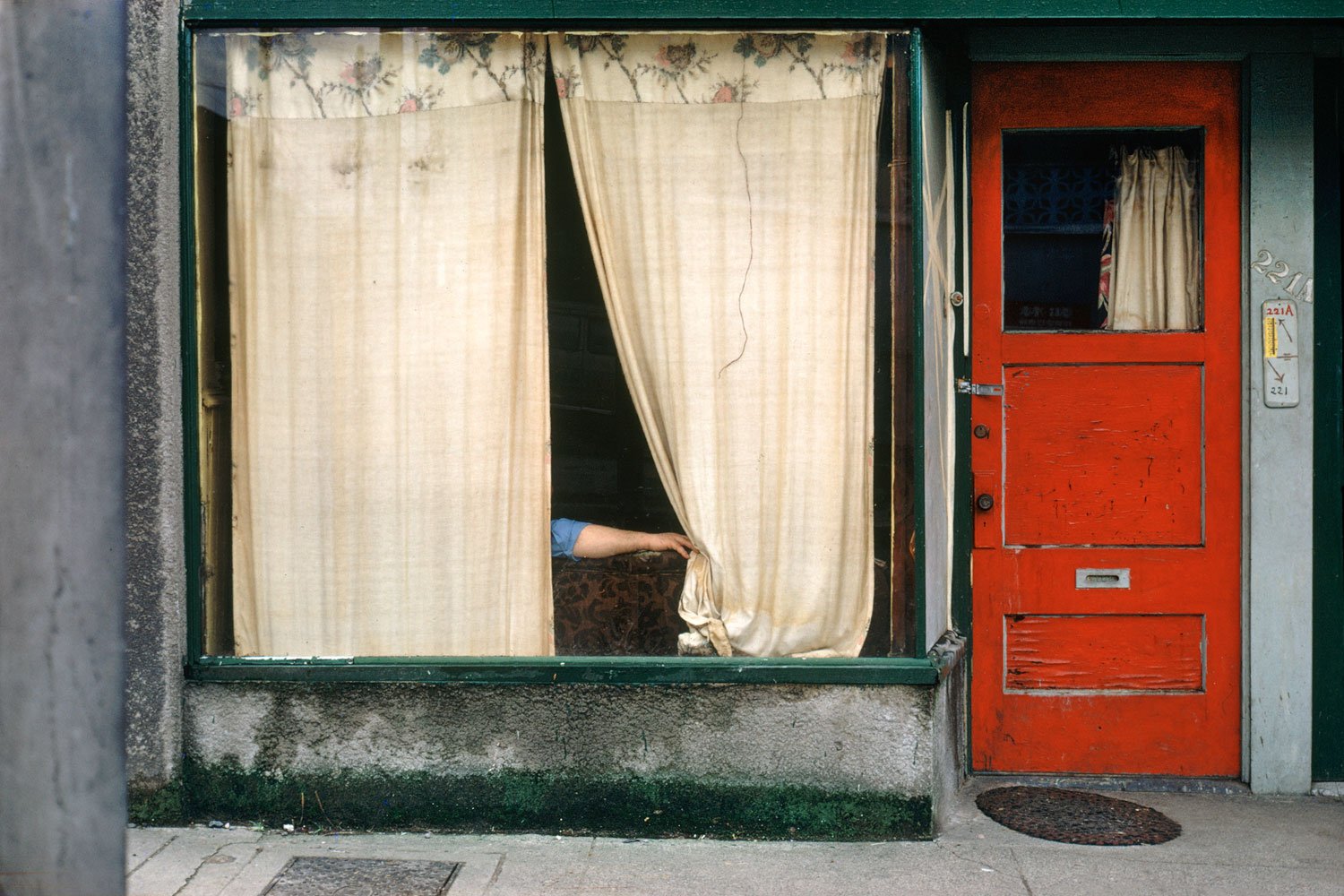
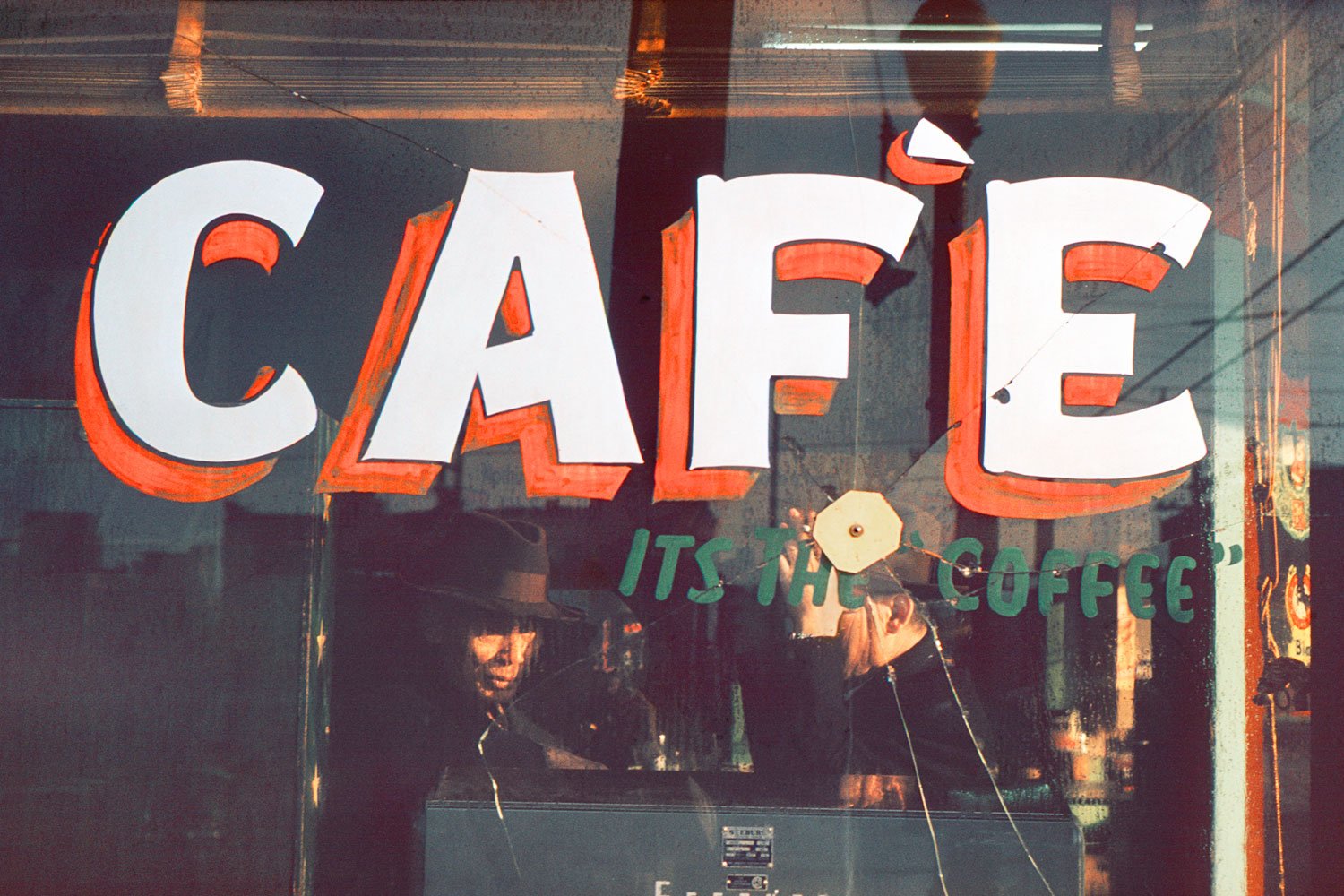
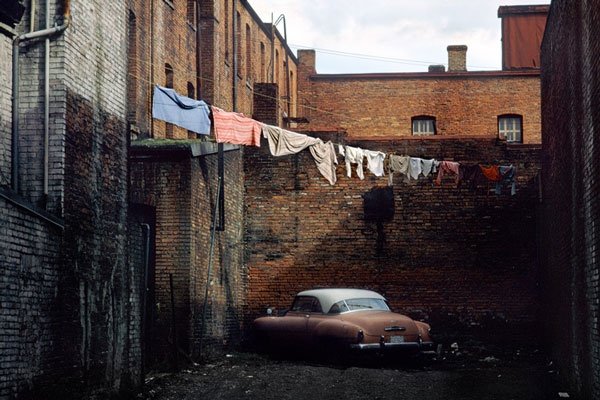
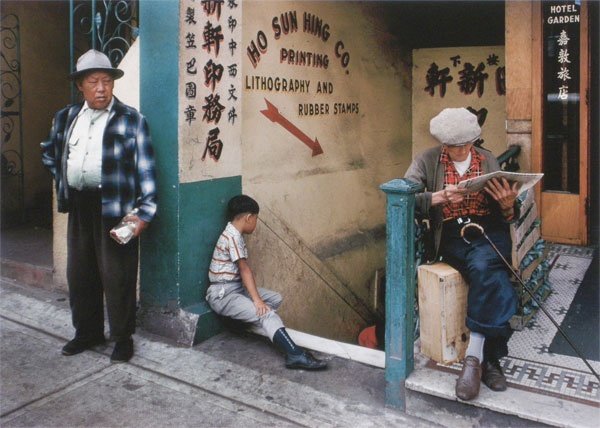
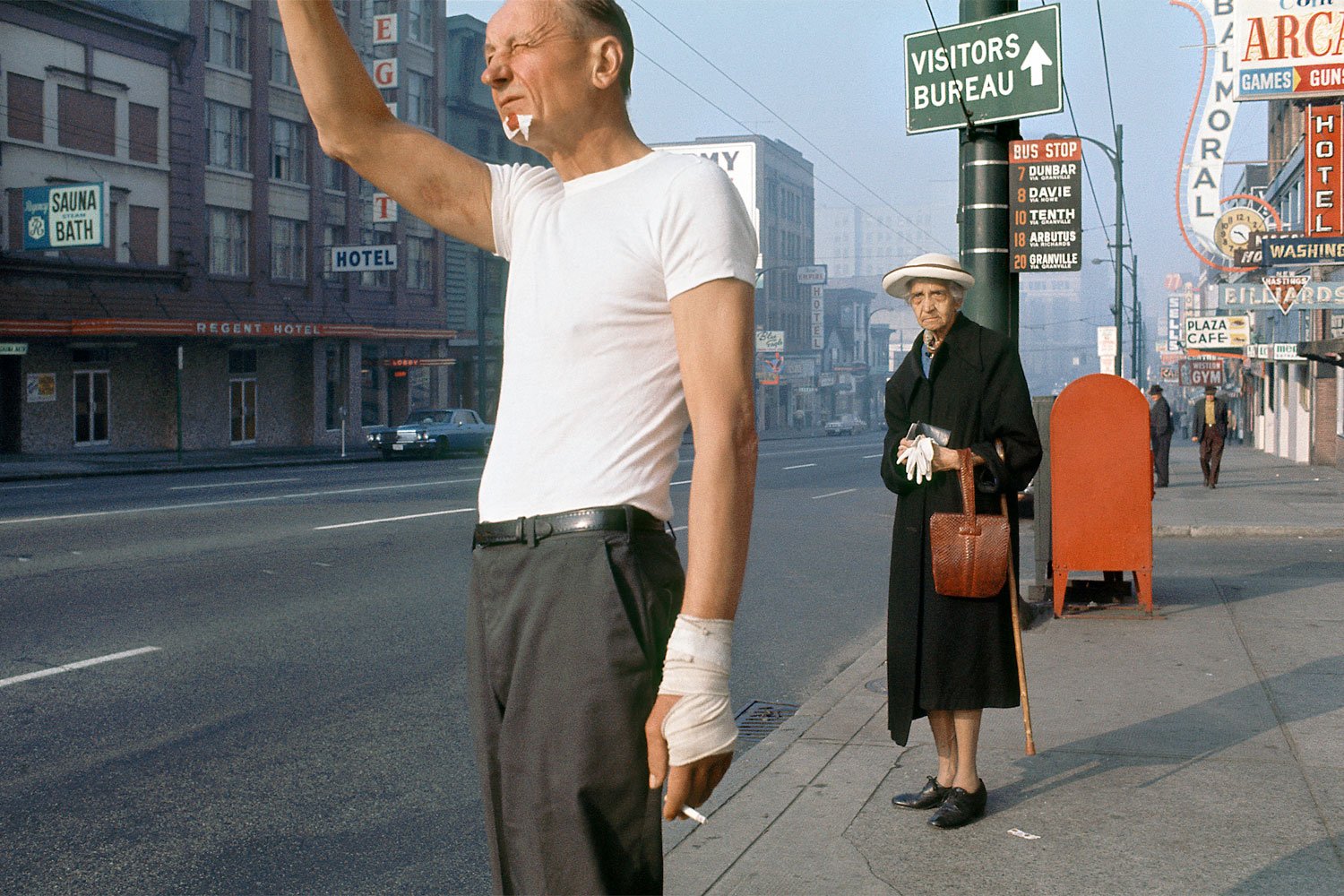
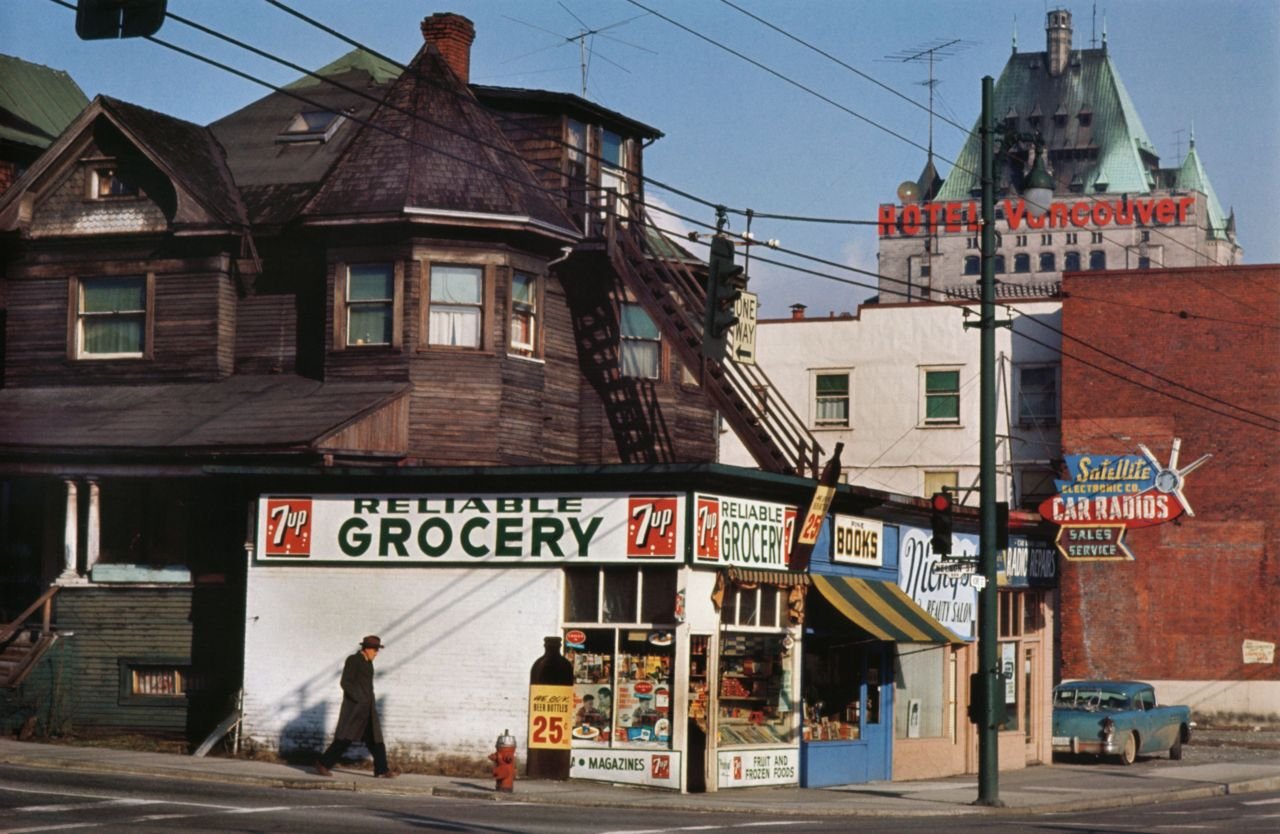
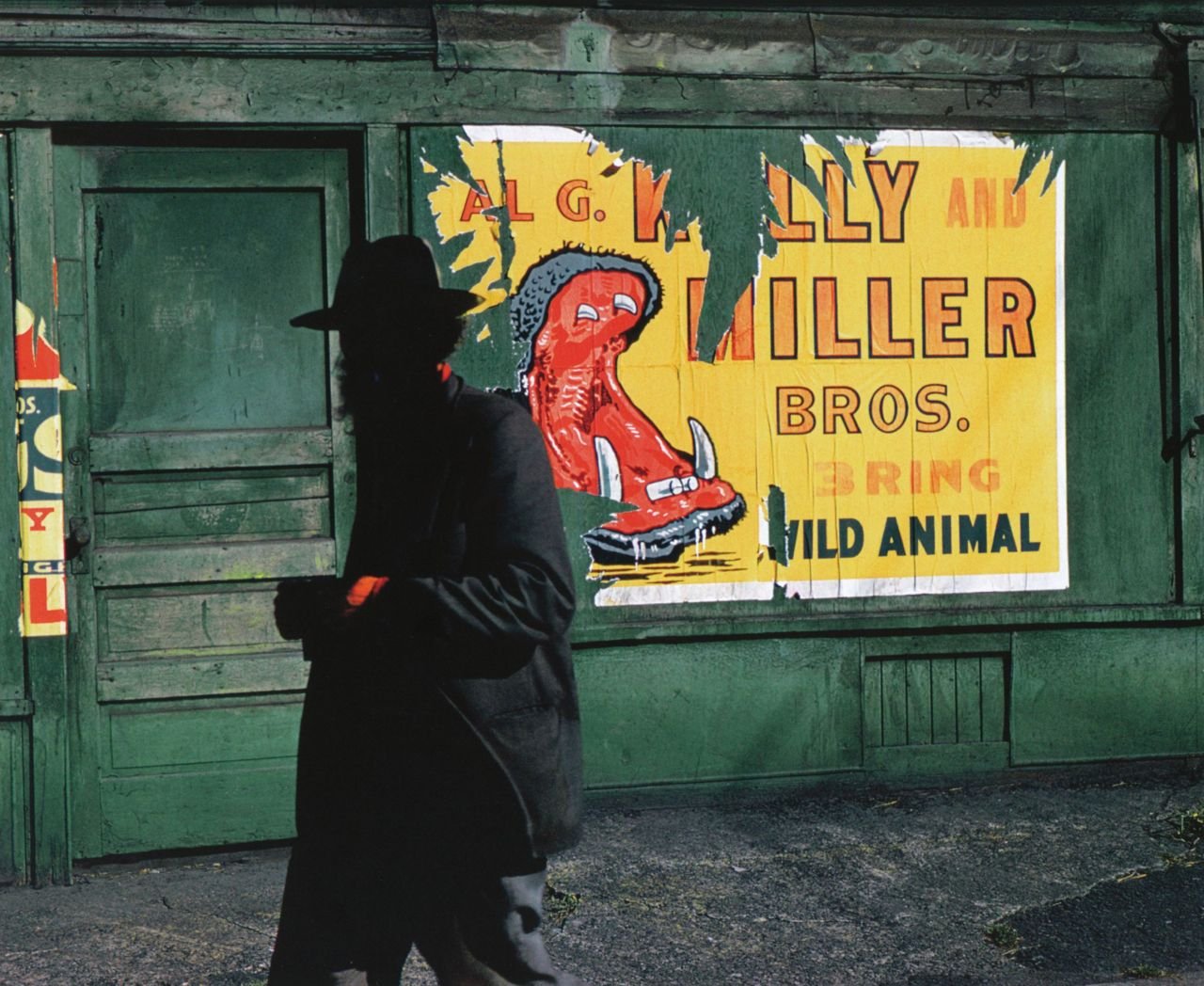

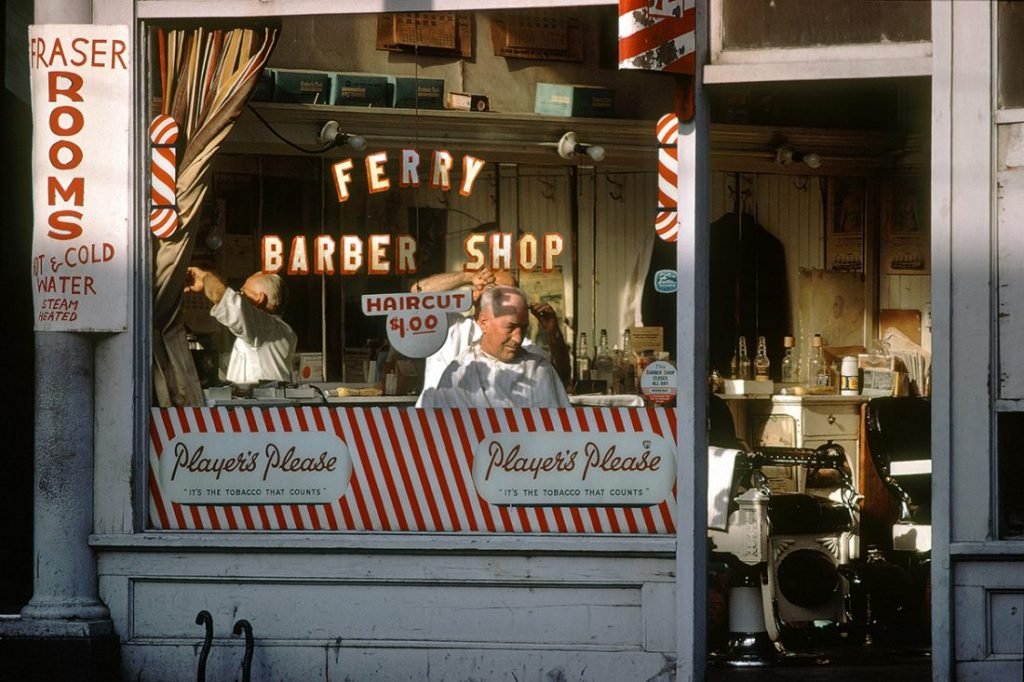






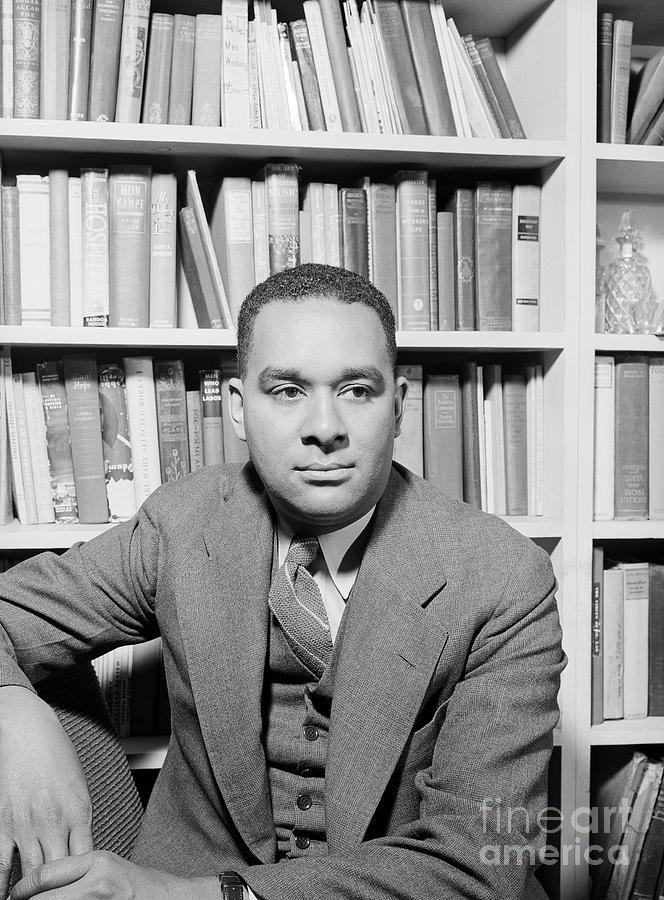







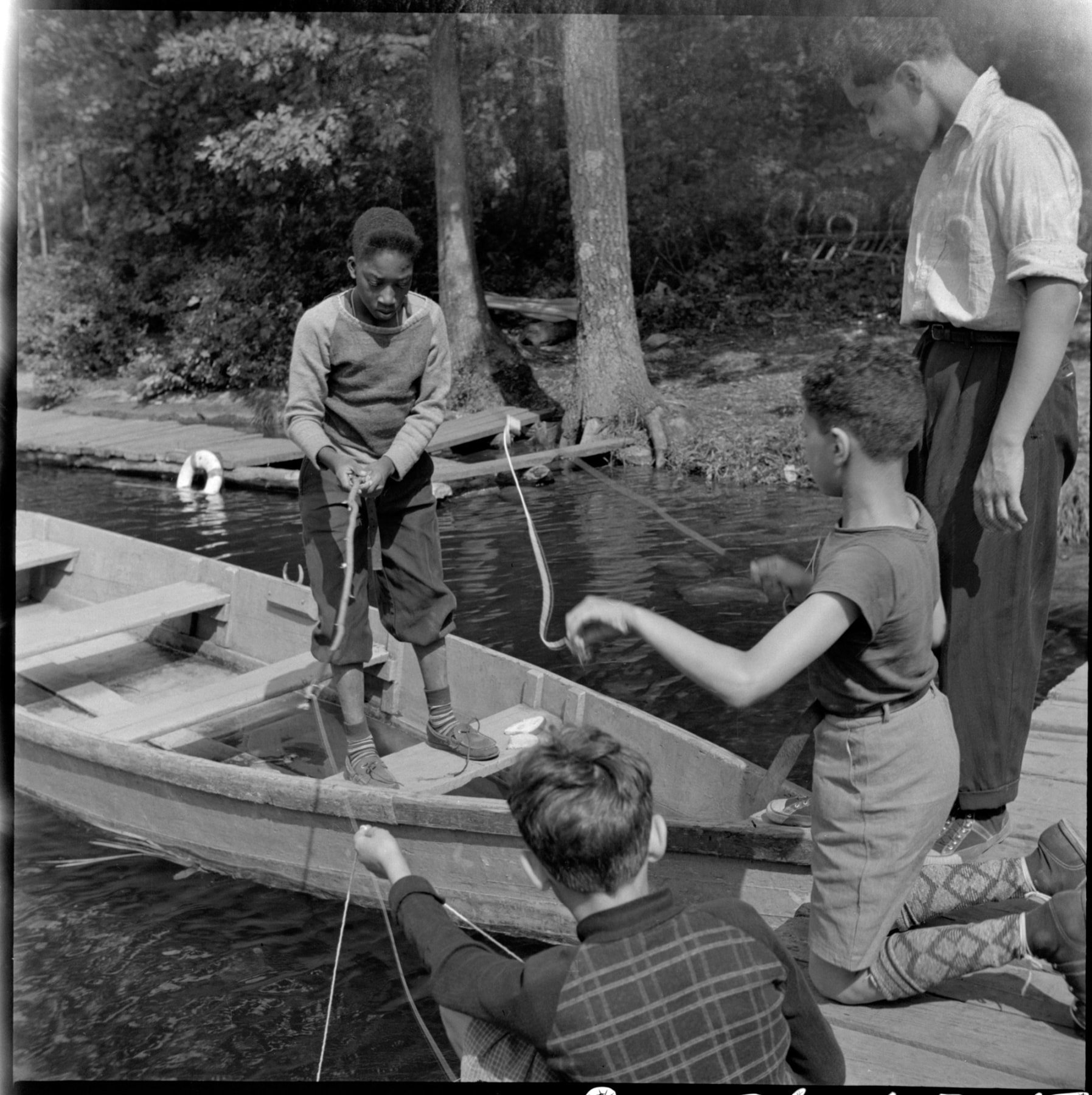
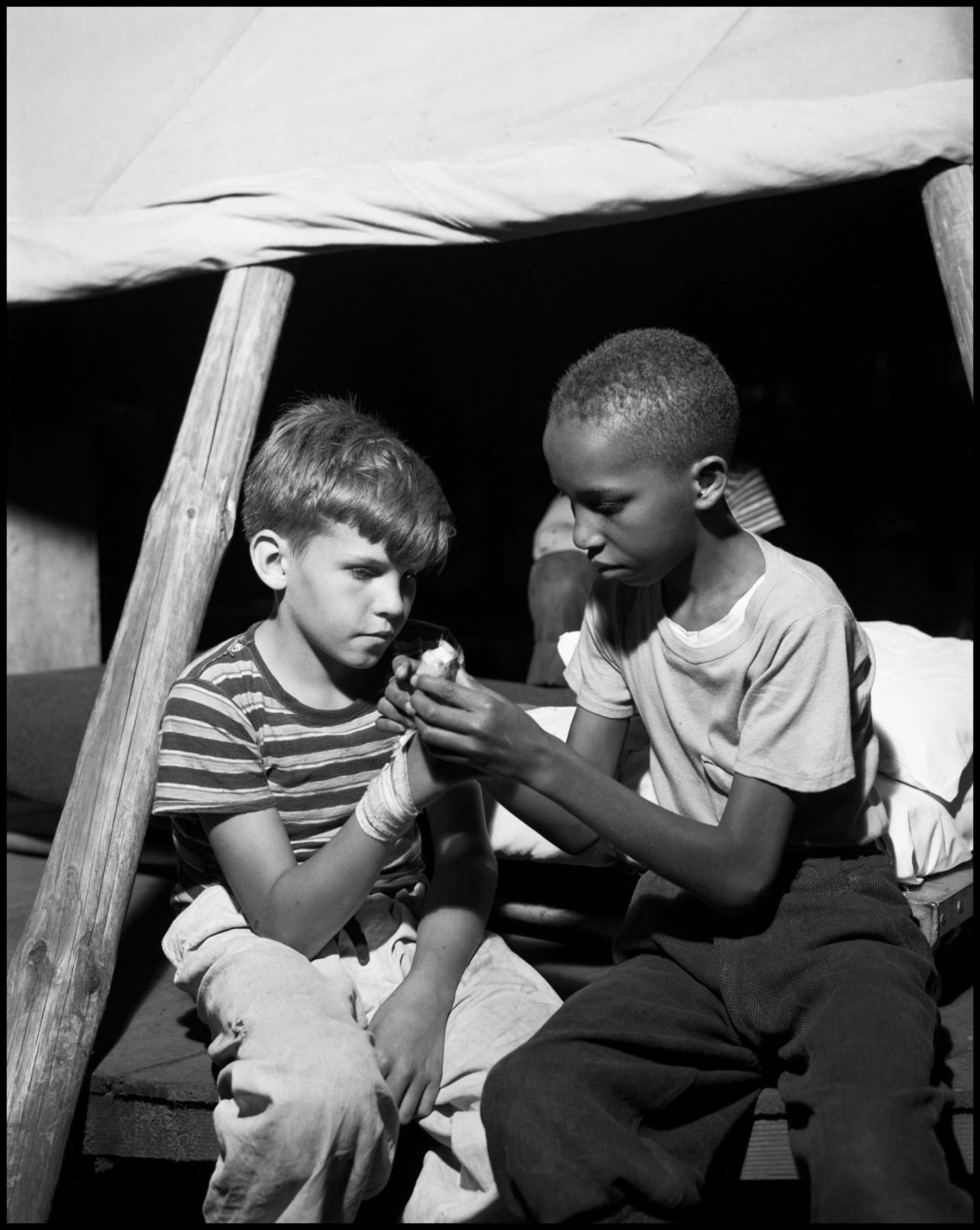

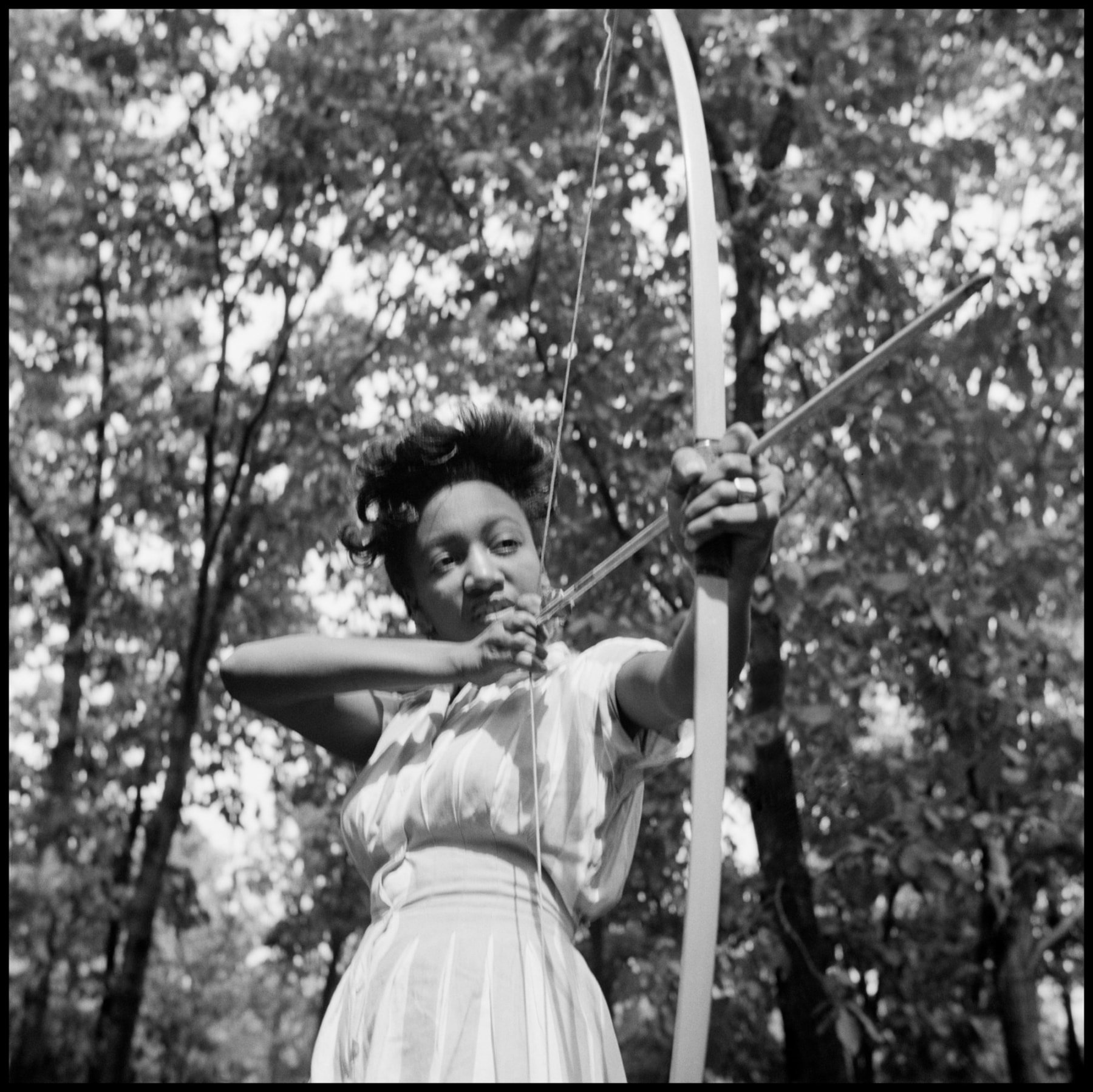
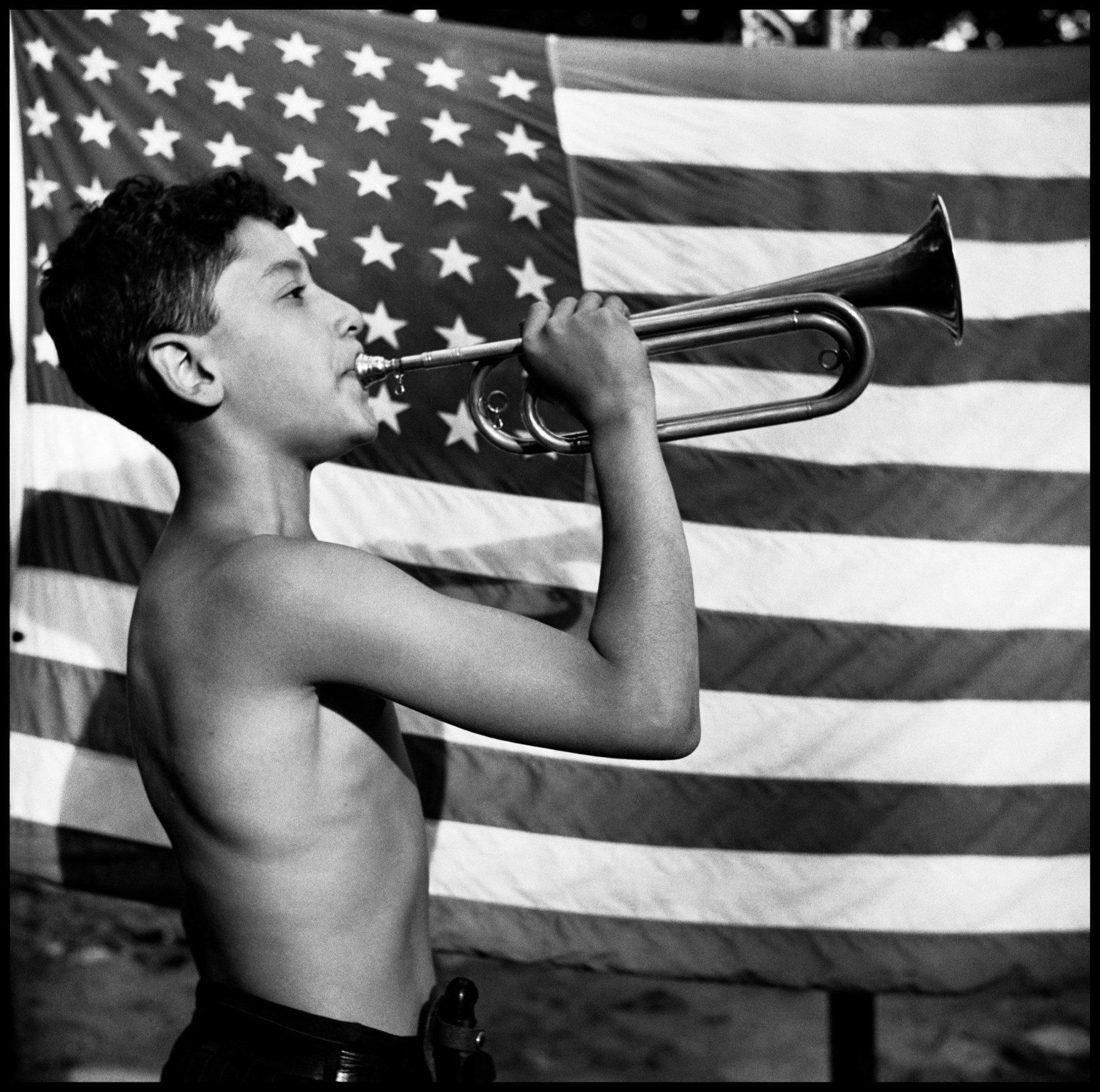
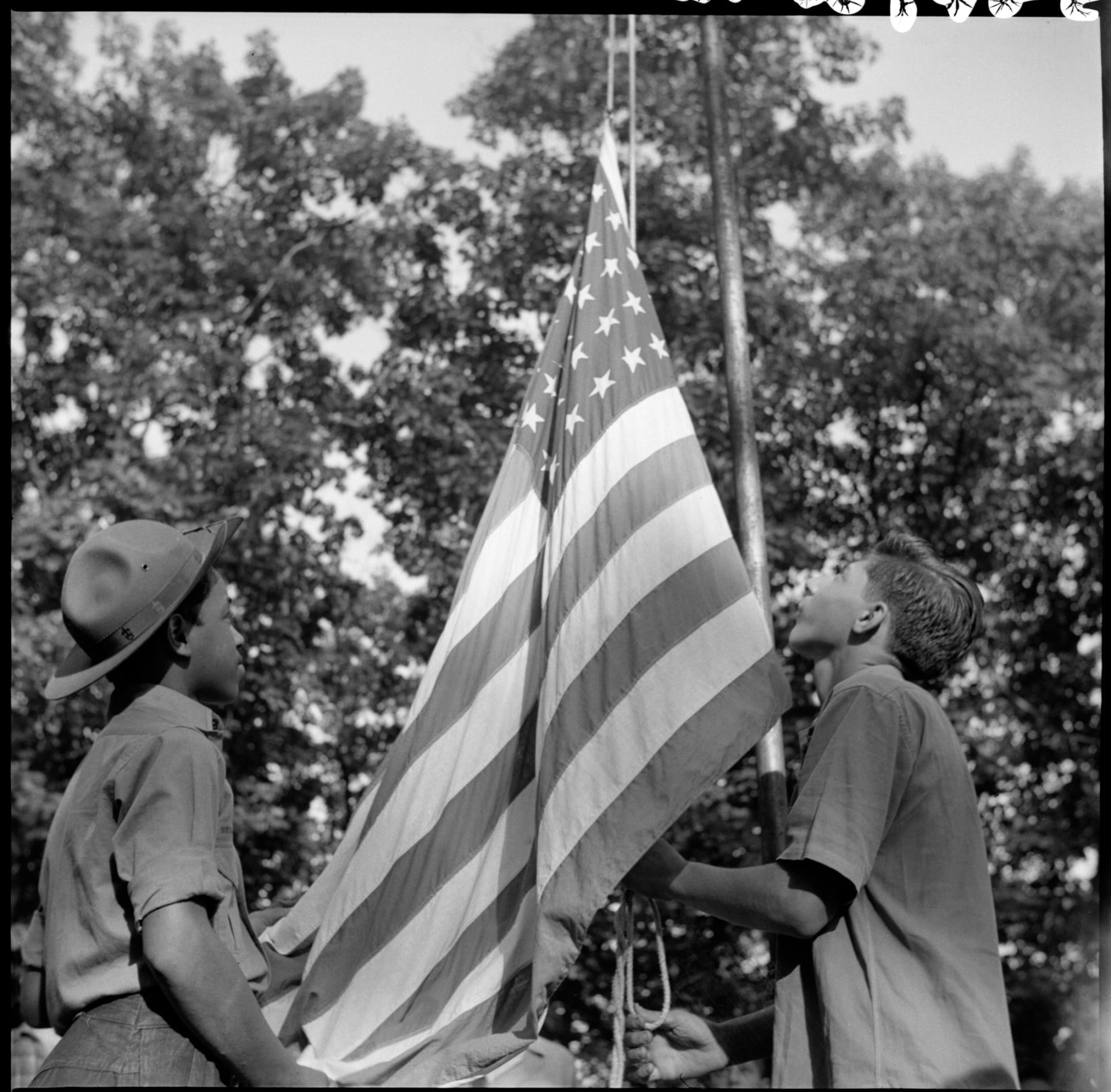
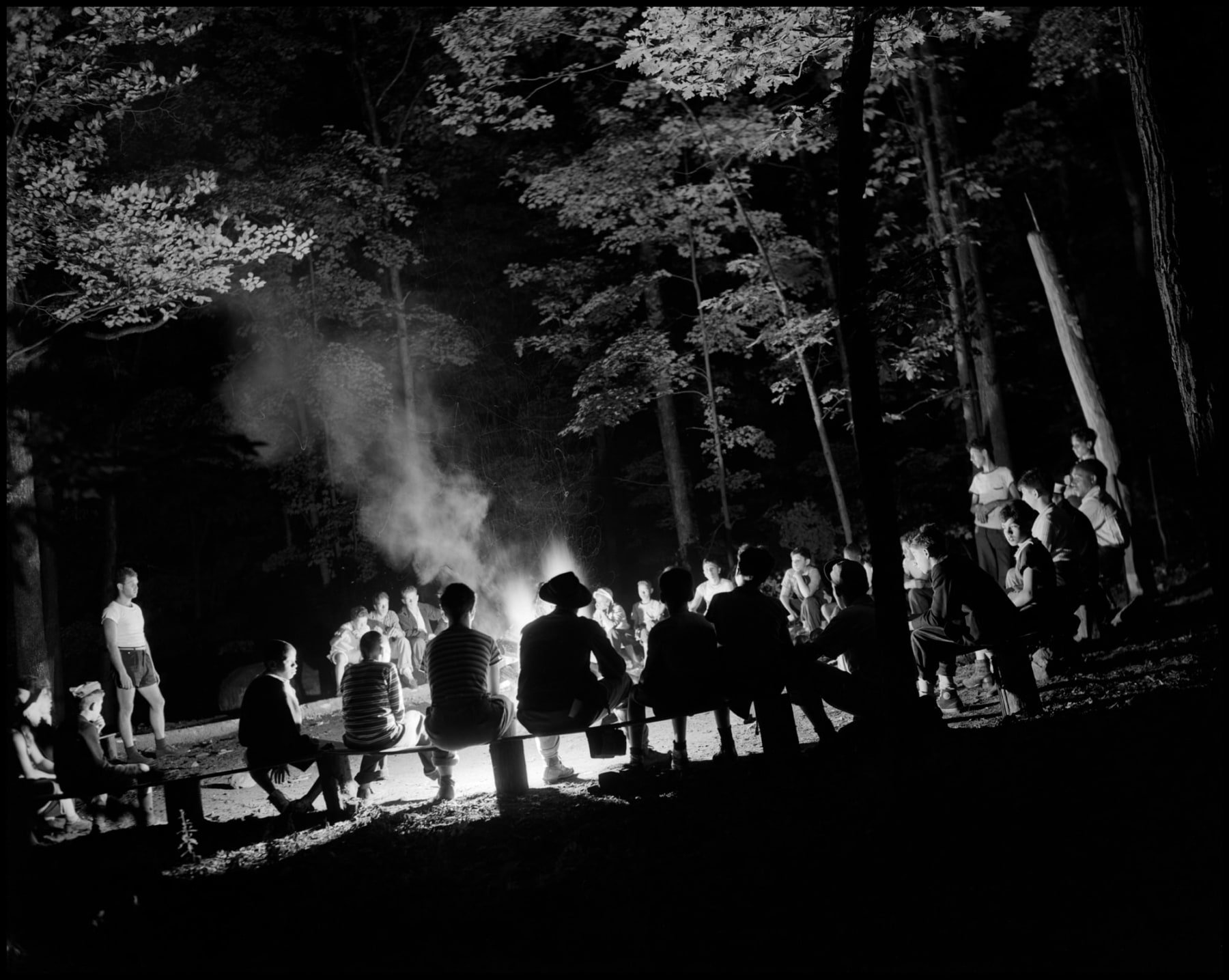





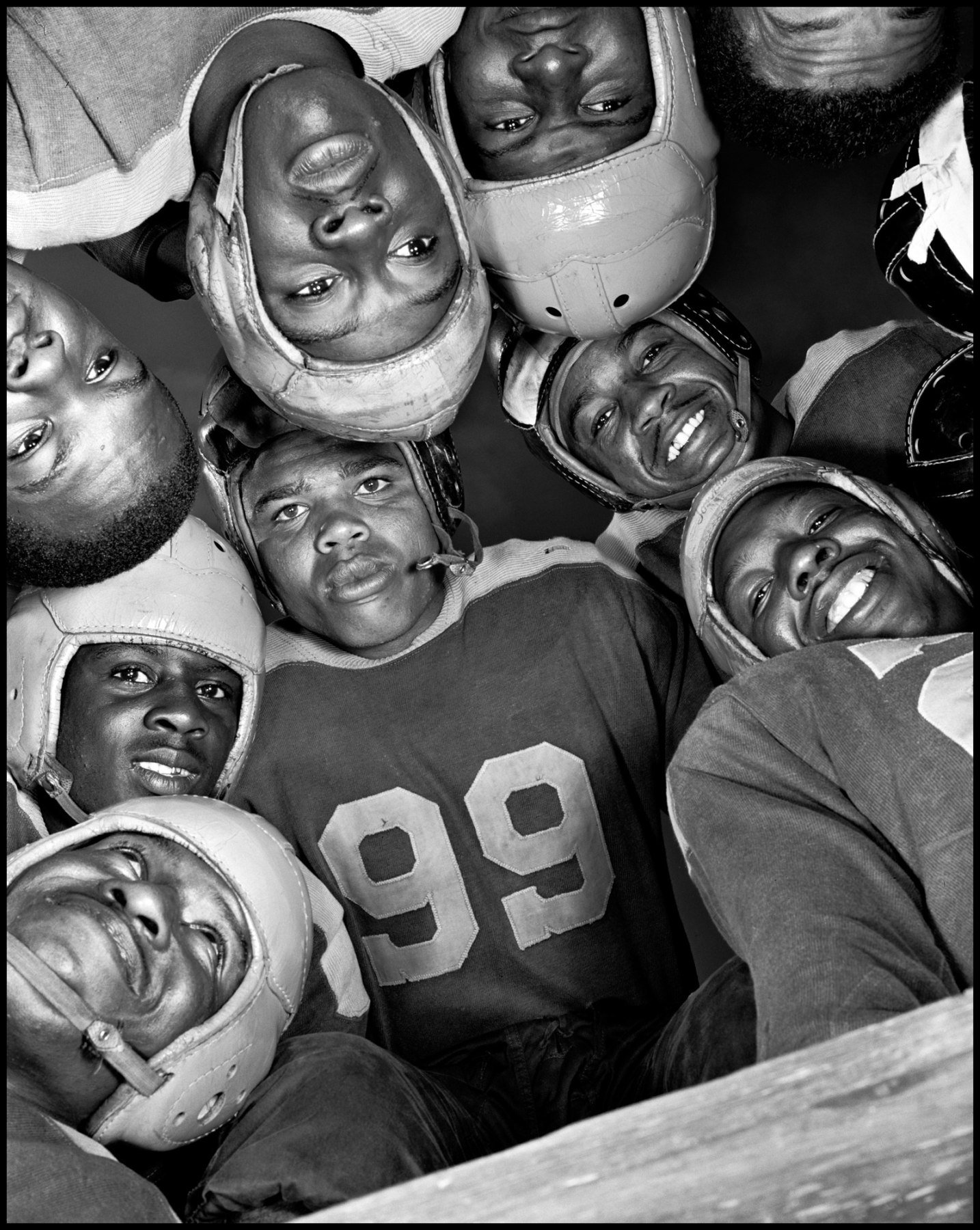
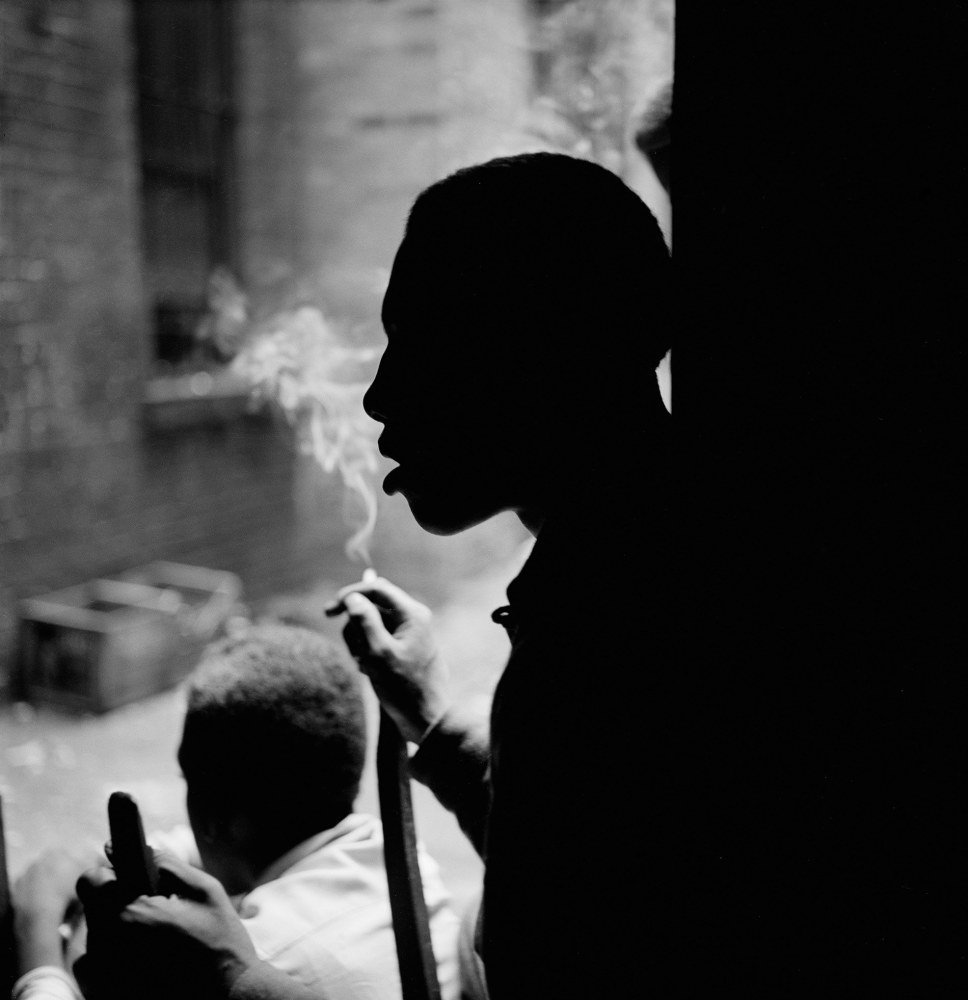




















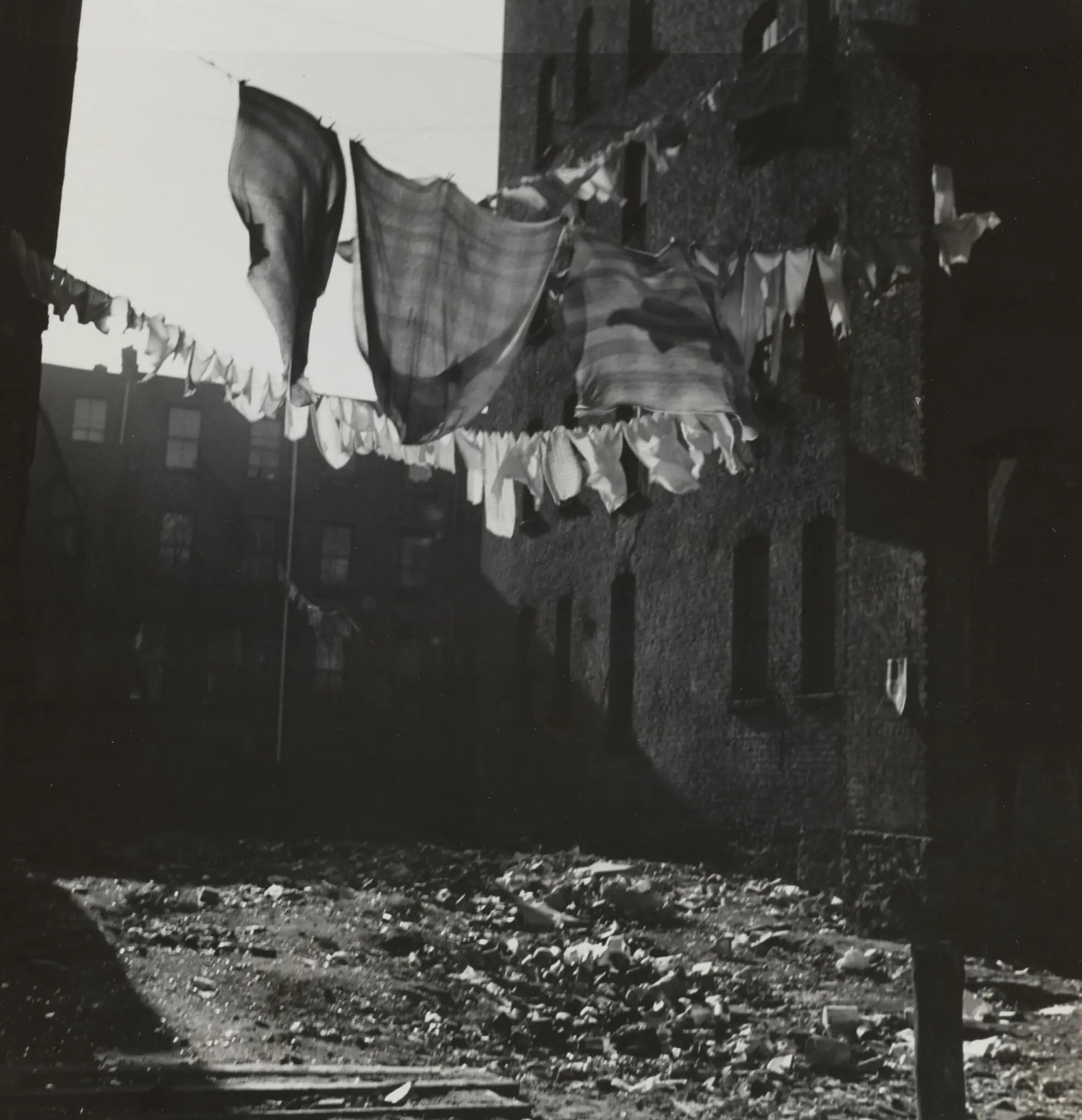


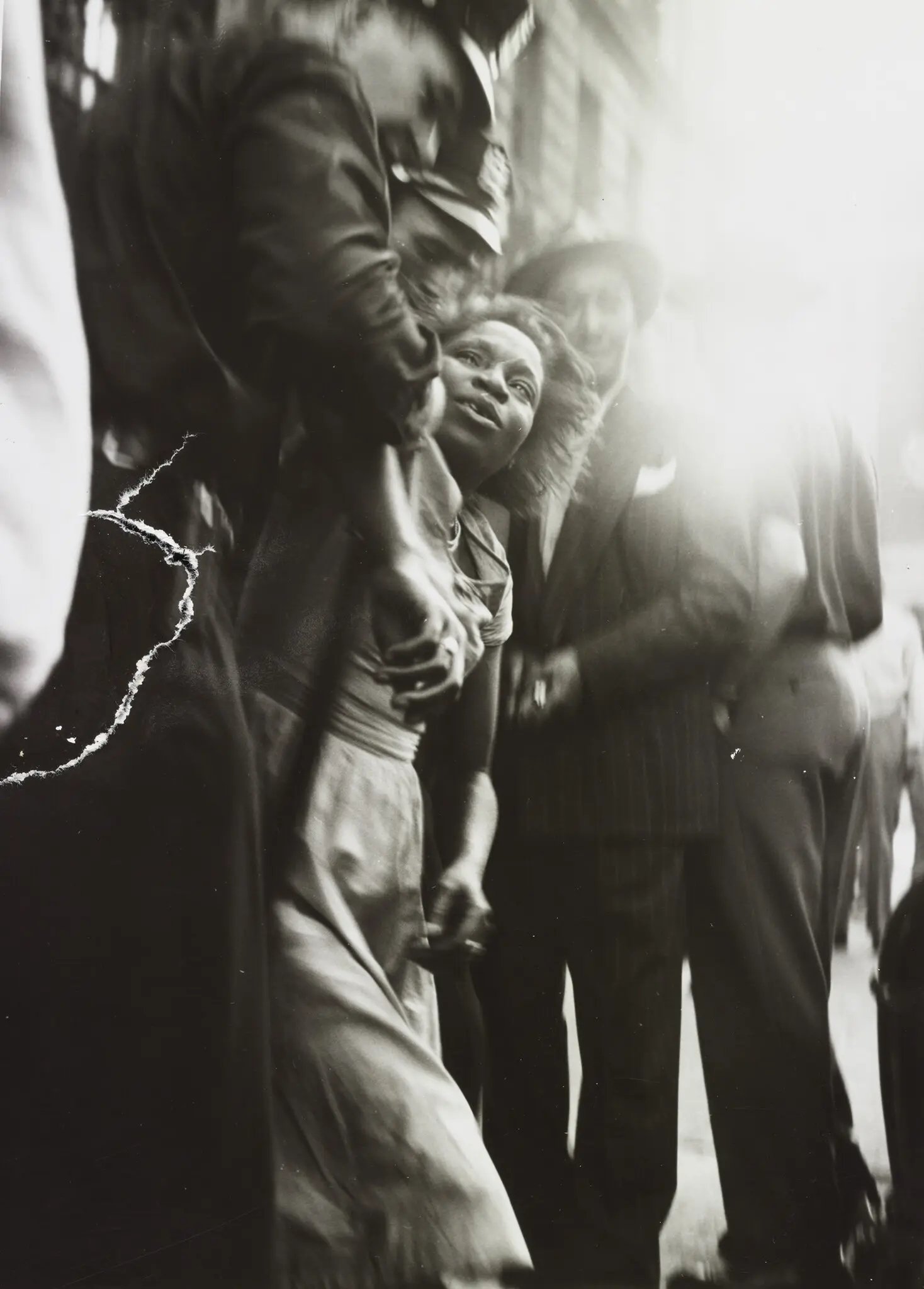
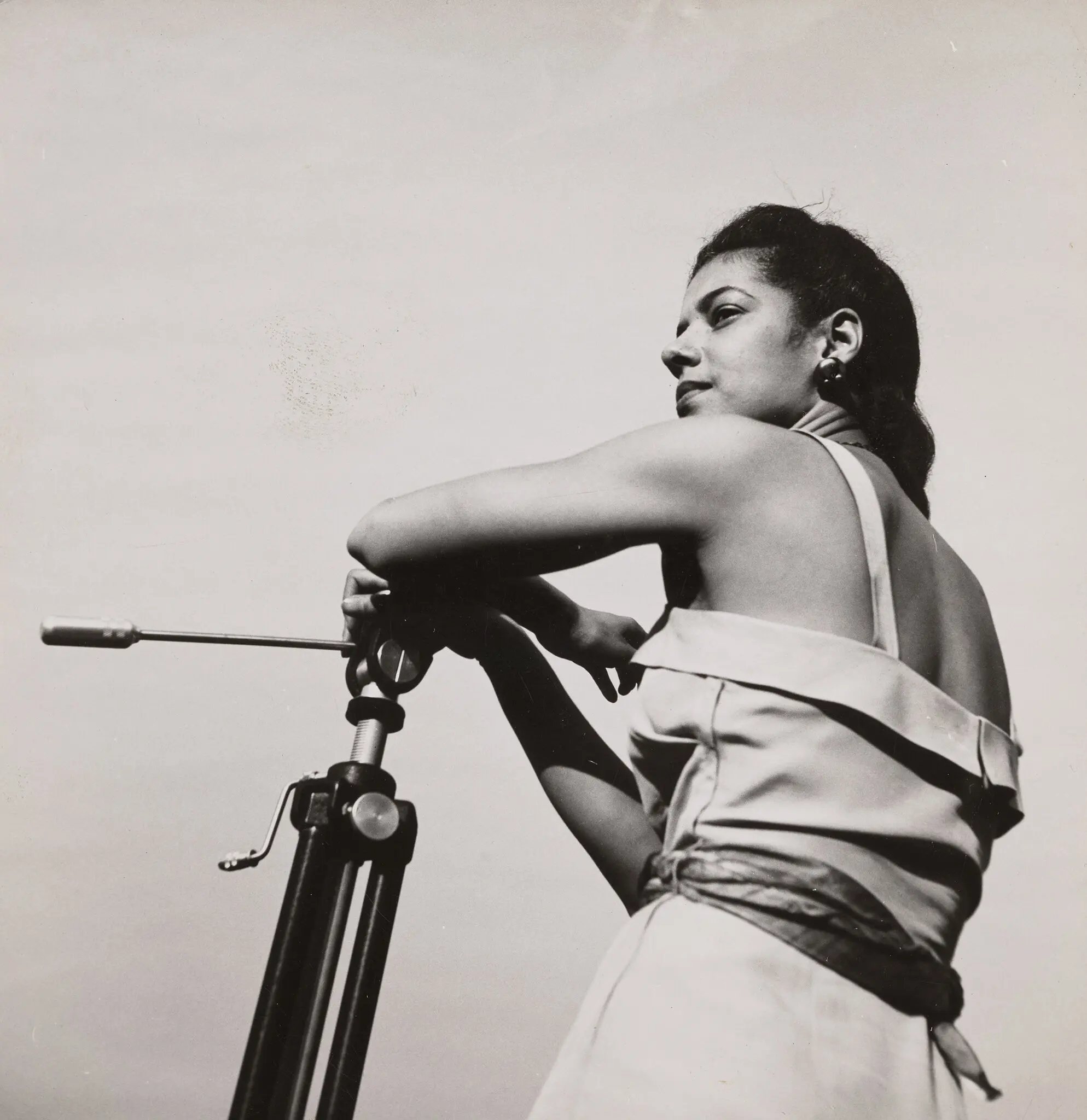






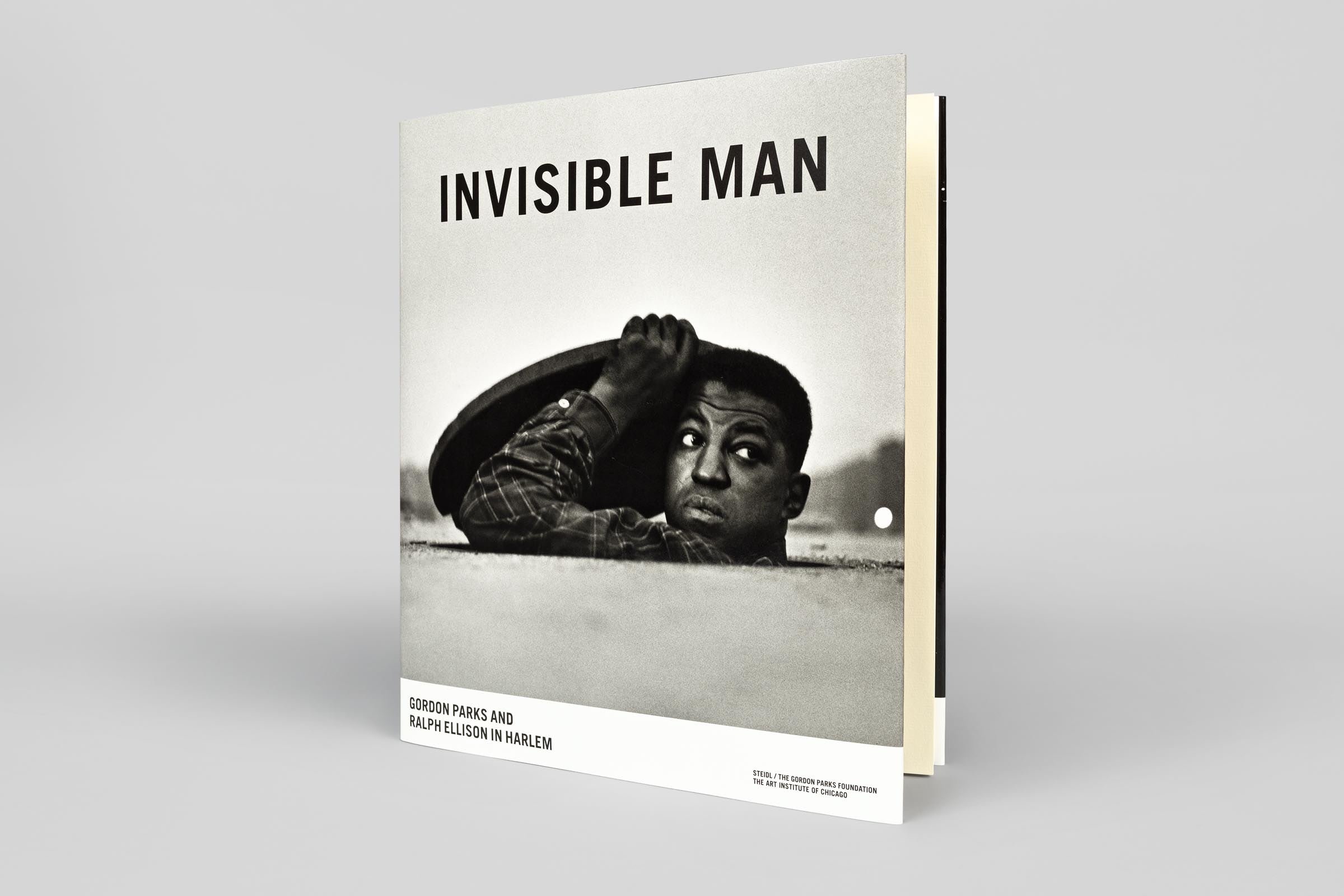
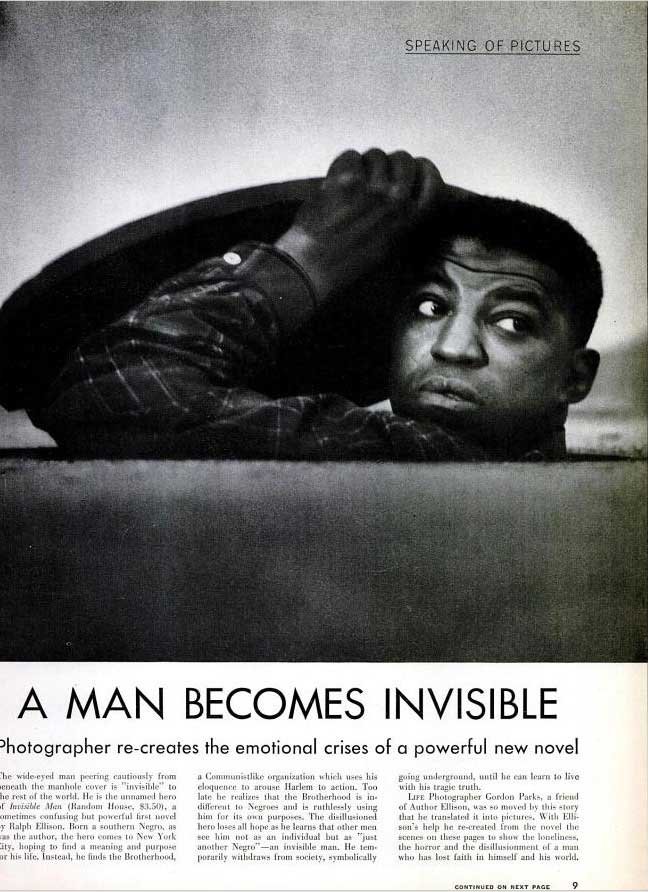


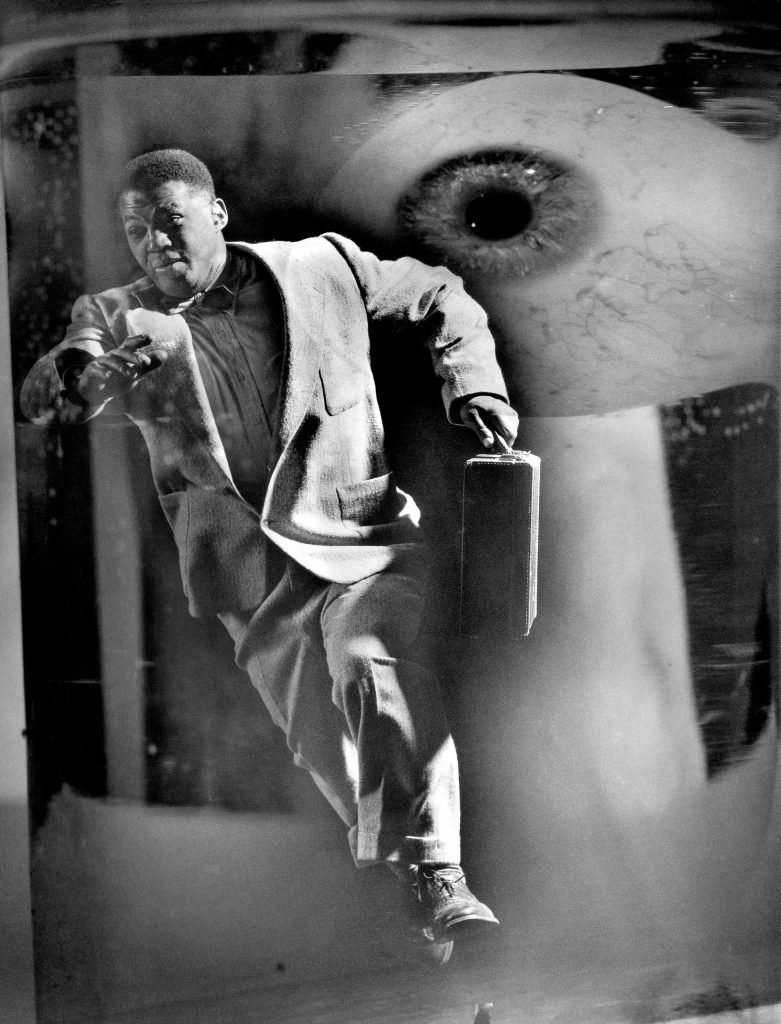
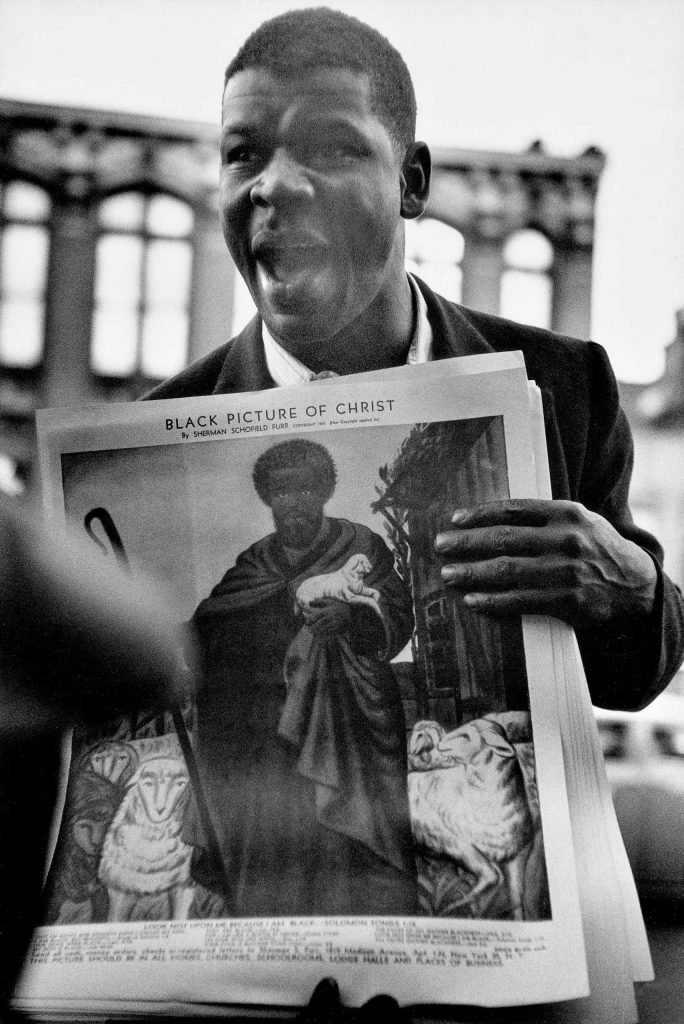
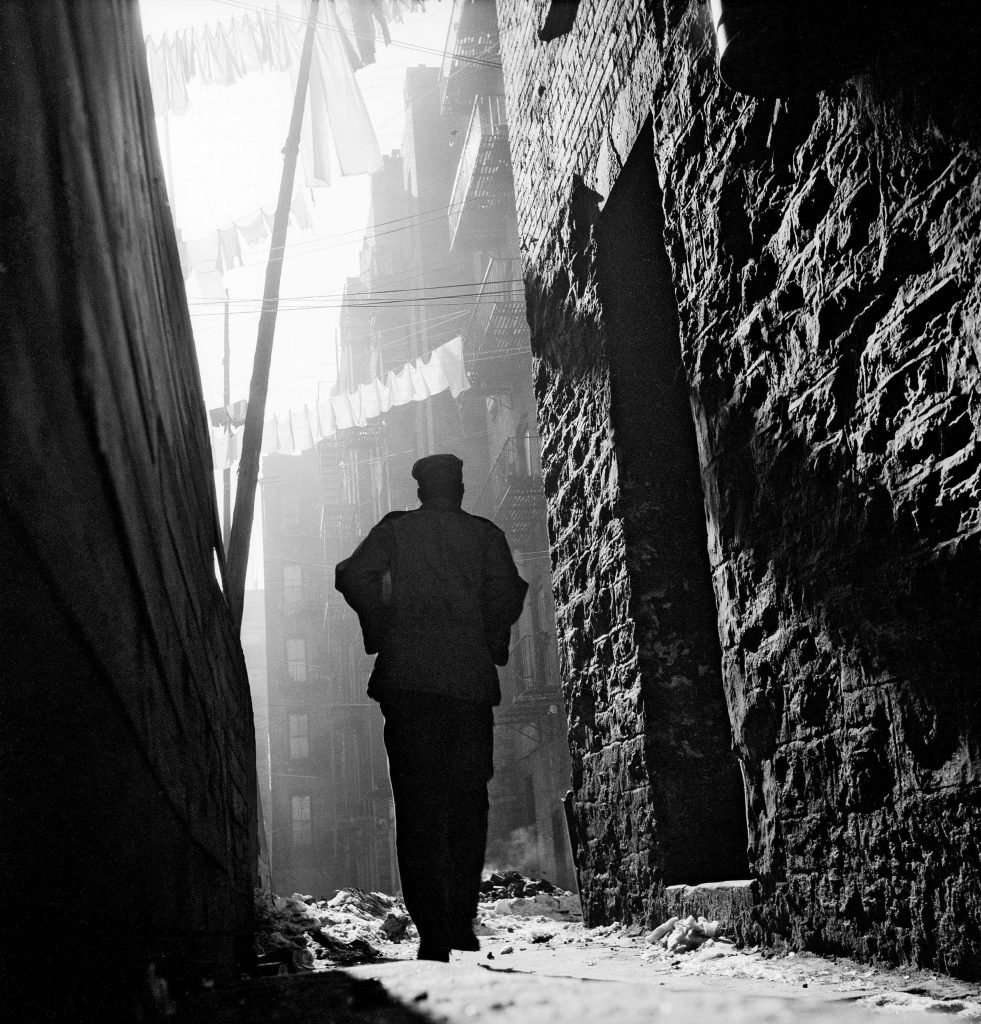
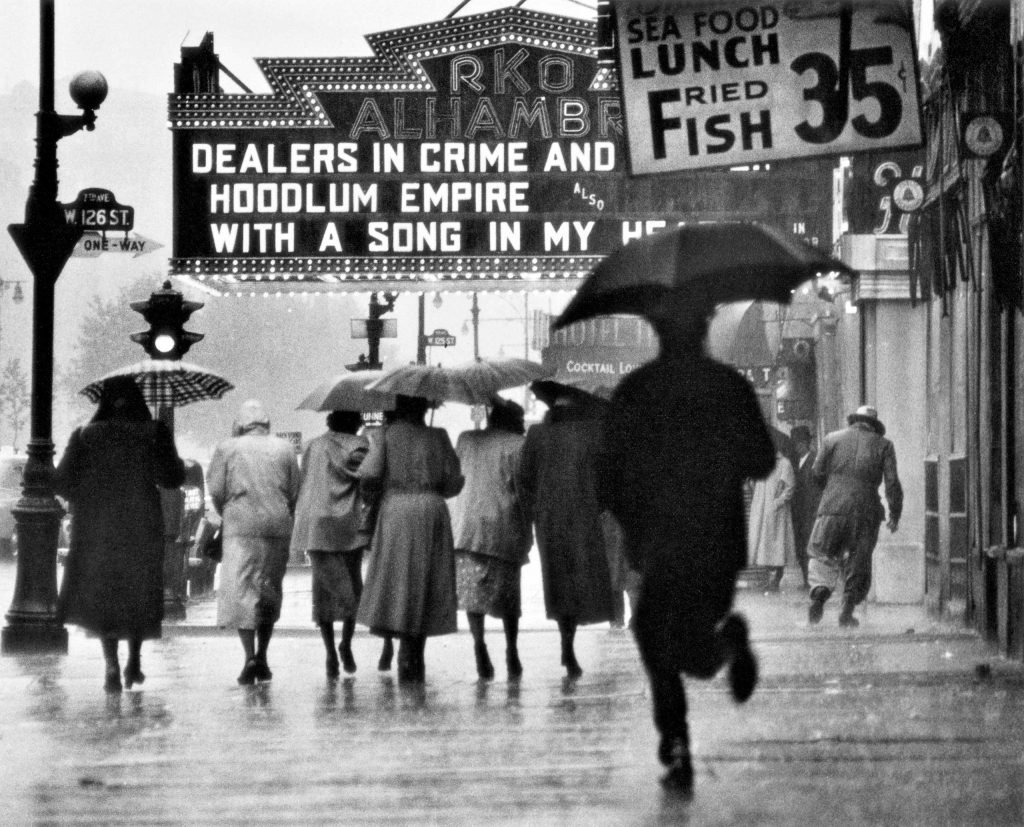





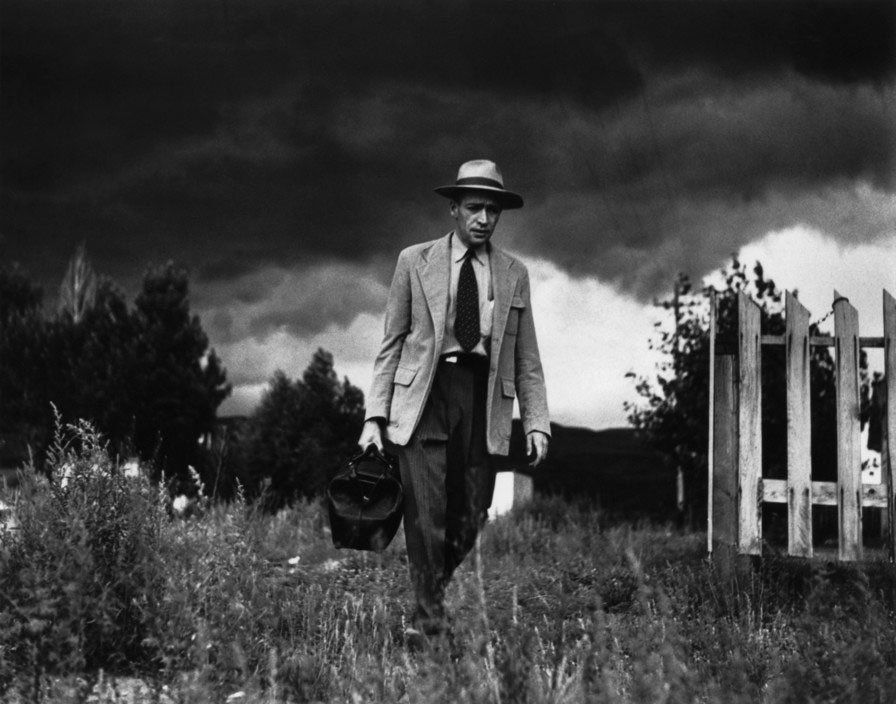

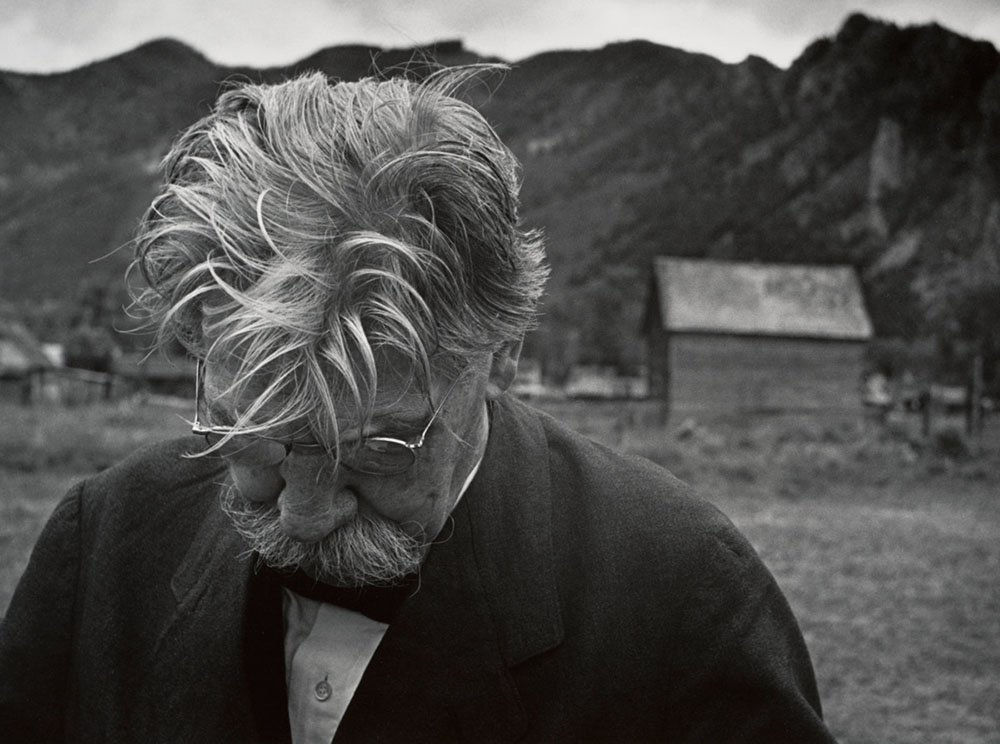
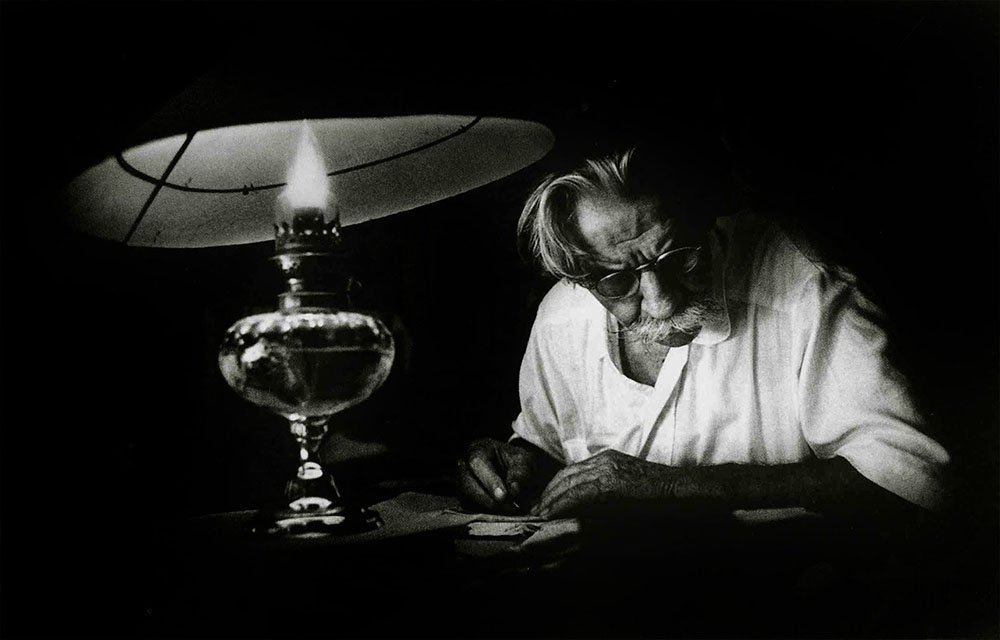

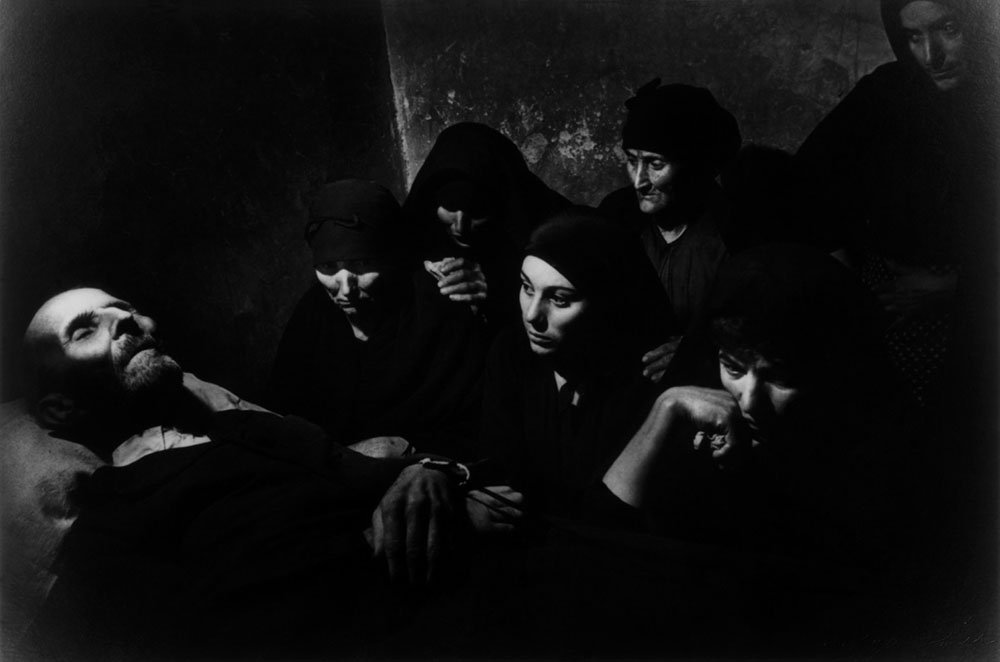

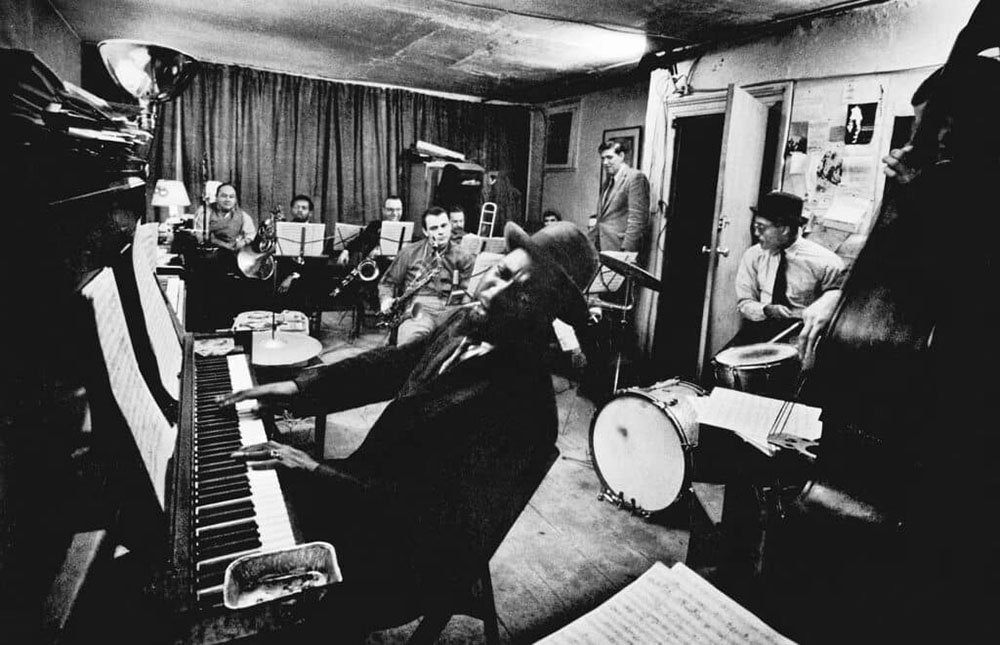
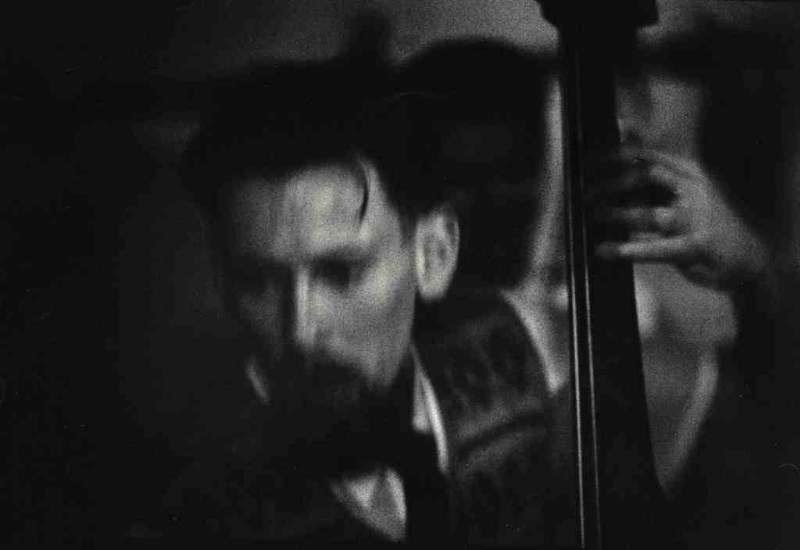















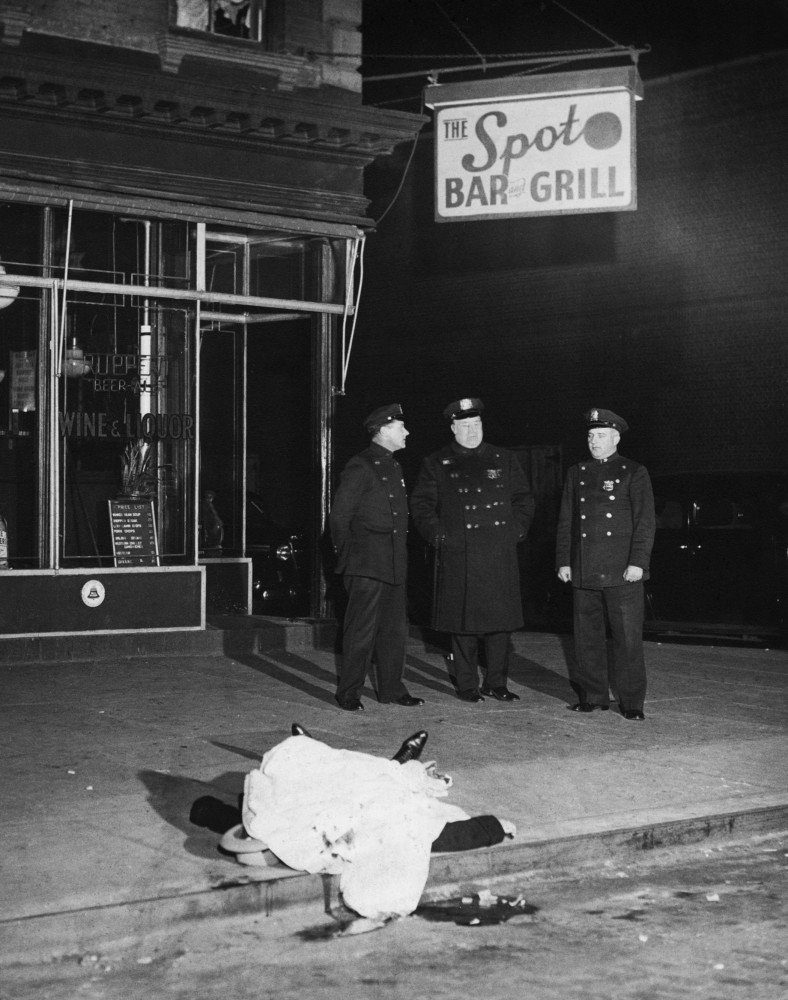
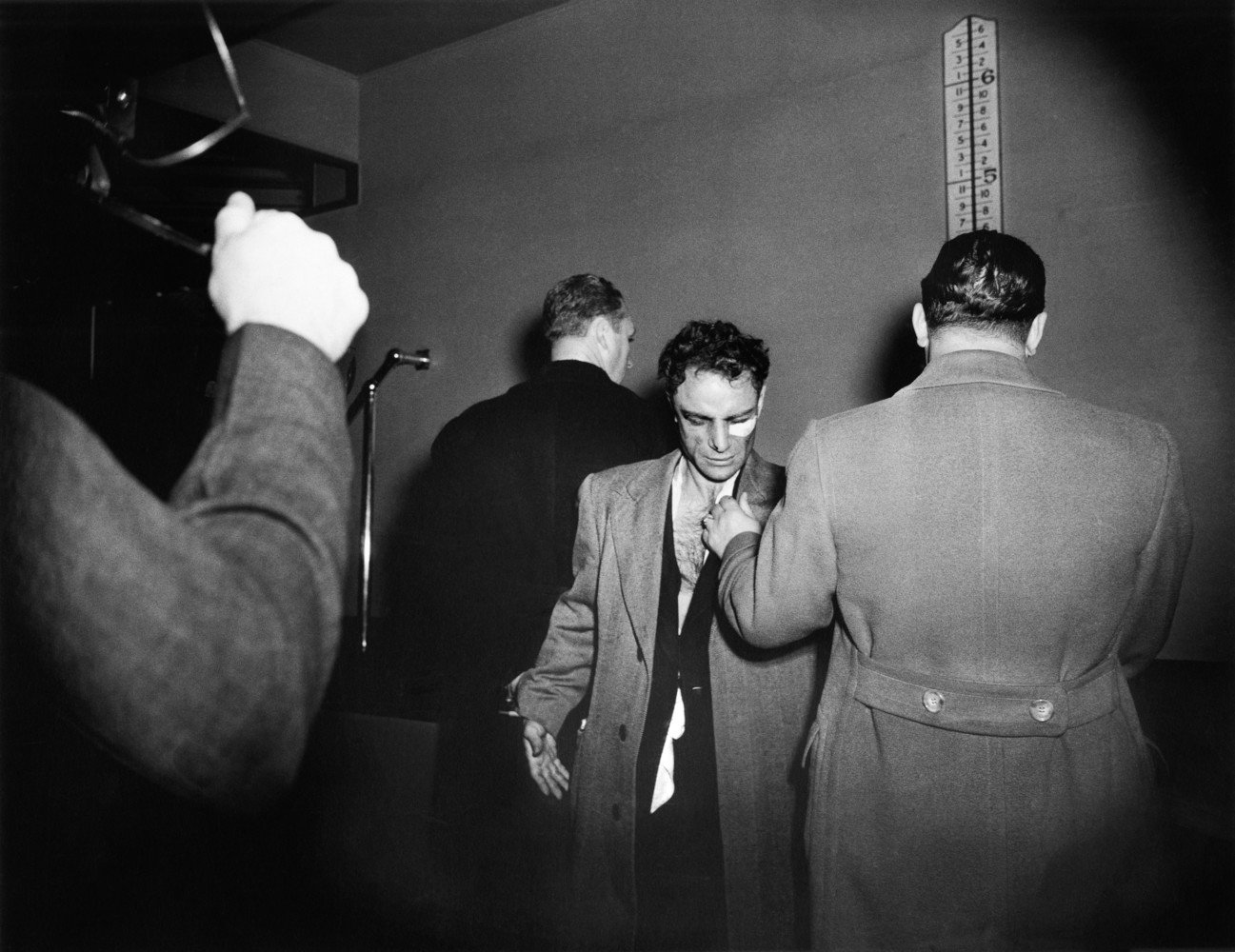
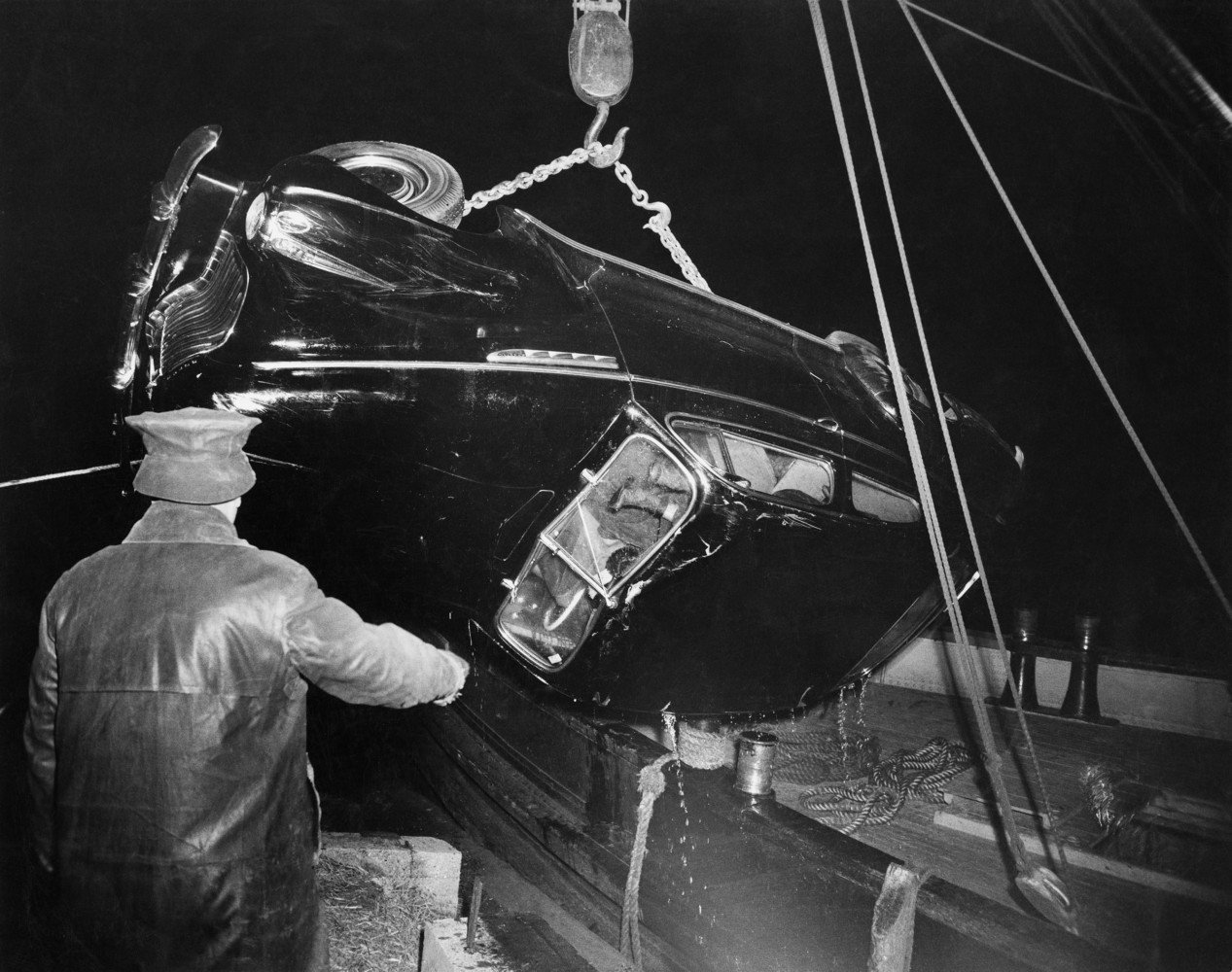
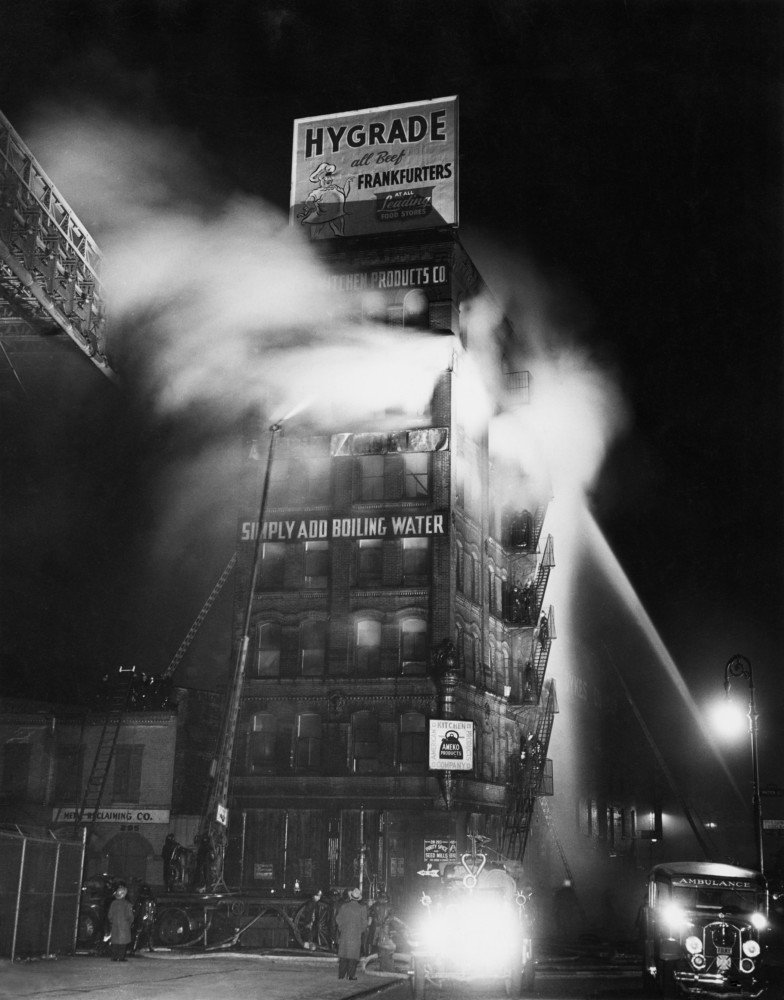
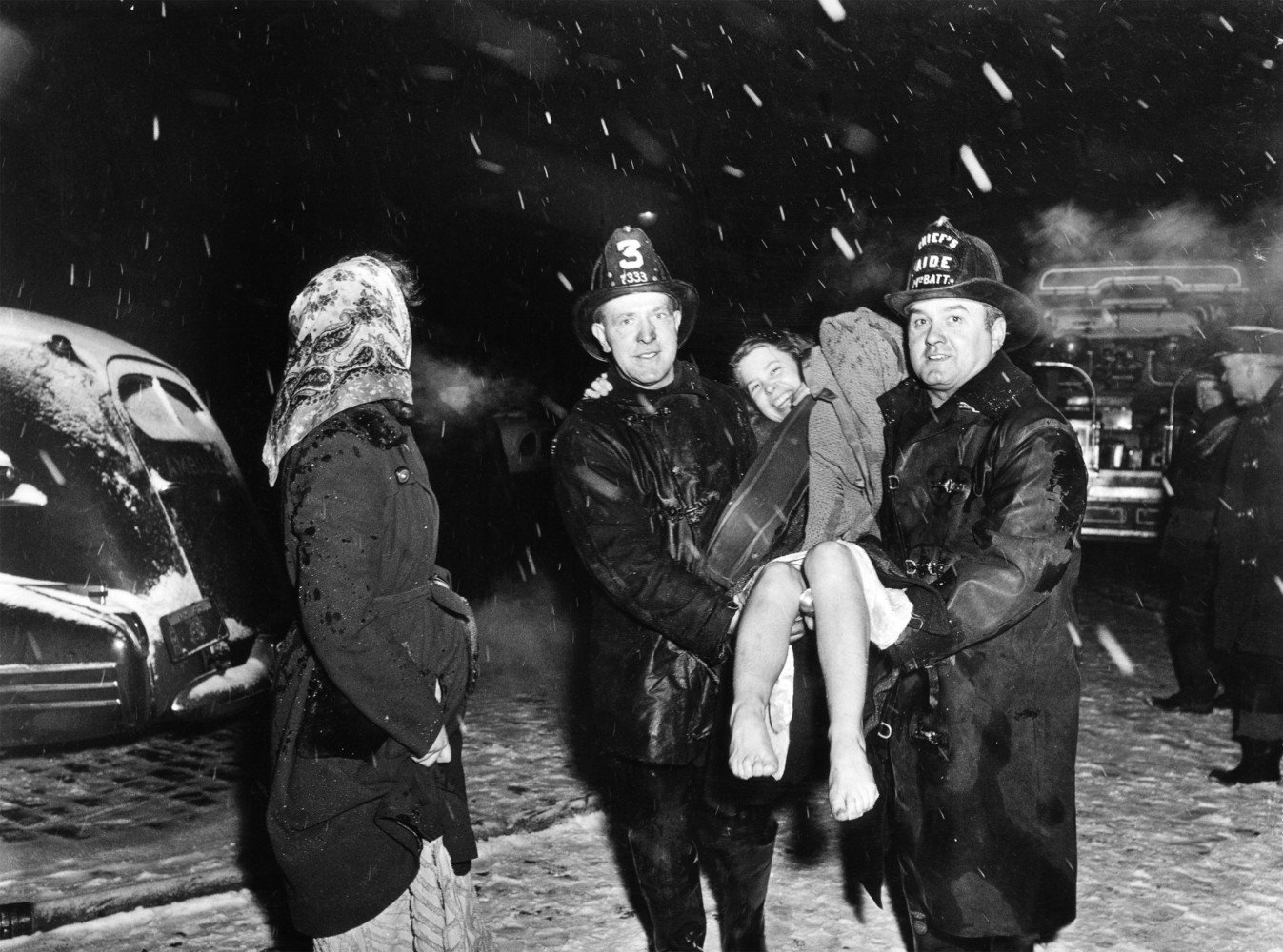






![[Afternoon crowd at Coney Island, Brooklyn, New York], July 21, 1940 © Weegee Archive/International Center of Photography](https://images.squarespace-cdn.com/content/v1/5a815b17b7411c2497560917/1697292040616-OVAGOPPA8MH88XGWY9ZJ/weegee_2034_1993-overlay.jpg)
